1. General Intro to IELTS Speaking Test
Introductory Frame
 Full Name
English Name
Country
Full Name
English Name
Country
The Process
Part1 4-5 min, 3 topics, 9 questions
- Questions about yourself
- Topics to do with daily life
- Is there anything you don’t like about your living area?
- What do you study?
- Which do you prefer, Saturday or Sunday?
Examiner can ONLY:
- repeat question
- ask you to elaborate
Examiner CANNOT:
- explain
- create new questions
Part2 3-4 min, 1 min for notes, 1-2 min to talk
Can look at topic card and notes while speaking
Describe a person who often helps others You should say:
- who this person is
- what this person is
- how this person often helps others and explain how you feel about this person.
ONLY in PART2 can you
- see the questions
- prepare
You CAN’T ask for new topic
话题卡和稿纸被拿走了可以要求留下
Part3 4-5 min, room for discussion and debate
Topic is linked to Part2; your answer need not be Performance in Part3 is the deal breaker
- What are some reasons why people help others?
- Is it necessary to help those in need?
- Who should teach children to help others?
- How can the government help people in your country?
- What are some NGOs in your country that help people?
You CAN:
ask for explanations
redirect the question
ask for new question
不清楚问题一定要问
实在不熟悉的问题可以灵活调整,请求更换题目
Grading Criteria
- Fluency and Coherence
- Pronunciation
- Lexical Resources
- Grammatical Range and Accuracy
自然为主,清晰合适
Fluency and Coherence
Dos
- Speak at length
- Use connectives and discourse markers flexibly
- Develop topic well
Dont’s
- Repeat and self-correct frequently
- Have a lot of language-related hesitation
- Over-use connectives and discourse markers
- Use connectives and discourse markers wrong
Speaking at Length
Q: Do you like eating fish? A: No, I don’t, cause it smells, and there are way too many bones.
too short!!!
Acceptable Length:
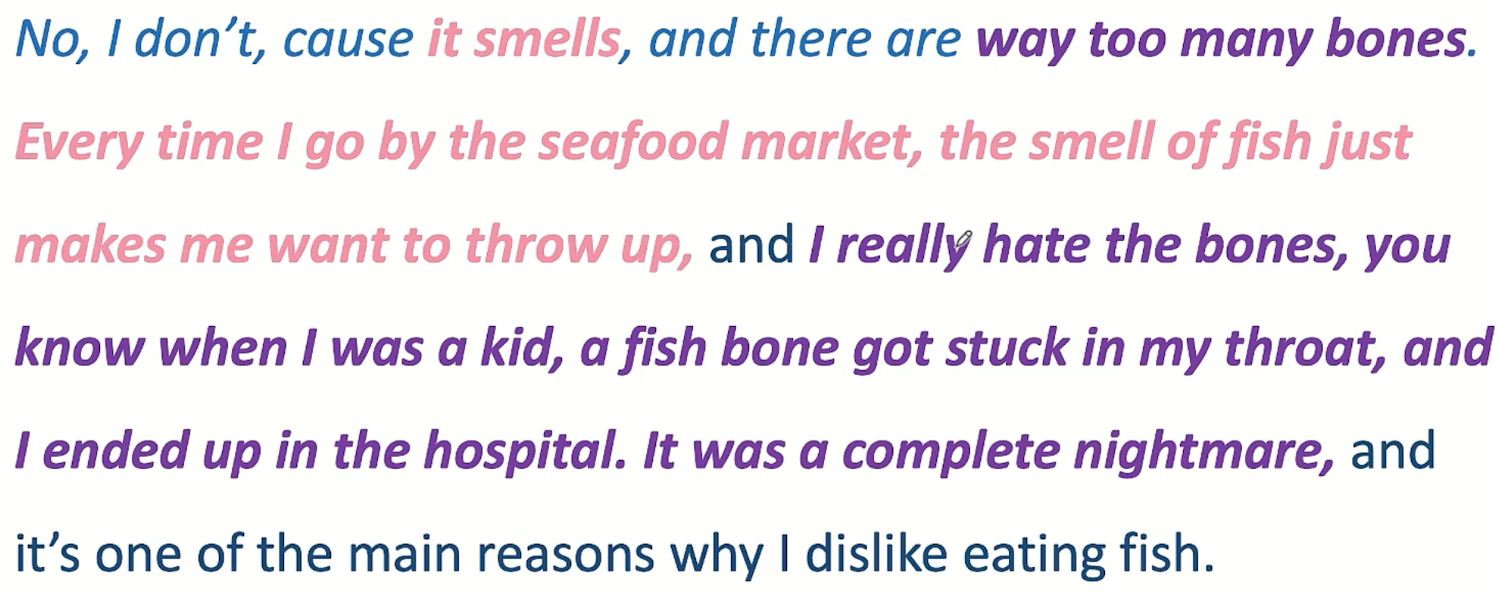
Fluency and Coherence, Band 7
- ==speaks at length== effortlessly and coherently
- uses a range of ==connectives and discourse markers== flexibly
- ==some== hesitation, repetiton, or self-correction
Pronunciation
- must proounce vowels right
- can be slow yet also fluent
- intonation matters a lot
- practice word stress and sentence stress
- pause where needed (clear meaning)
Pronunciation, Band 7
- ==range of prounciation features== with mixed control
- ==effective use of features==
- ==easy to understand==
Lexical Resources
不要用 大词 难词 偏词
Less common words

Idiomatic Vocabulary

Paraphrase

Topic-related vocabulary

Style and Collocation

Precise Meaning
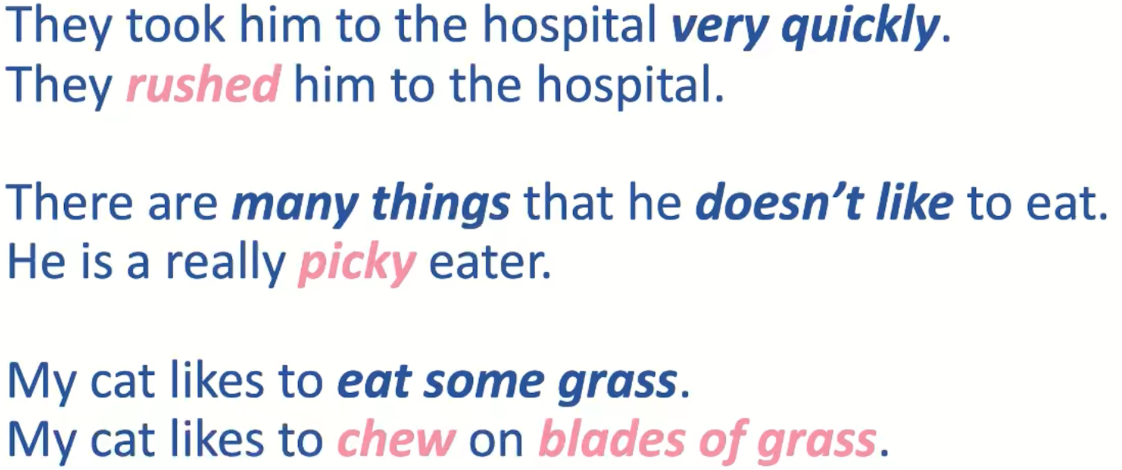
Lexical Resources, Band 7

Grammatical Range and Accuracy

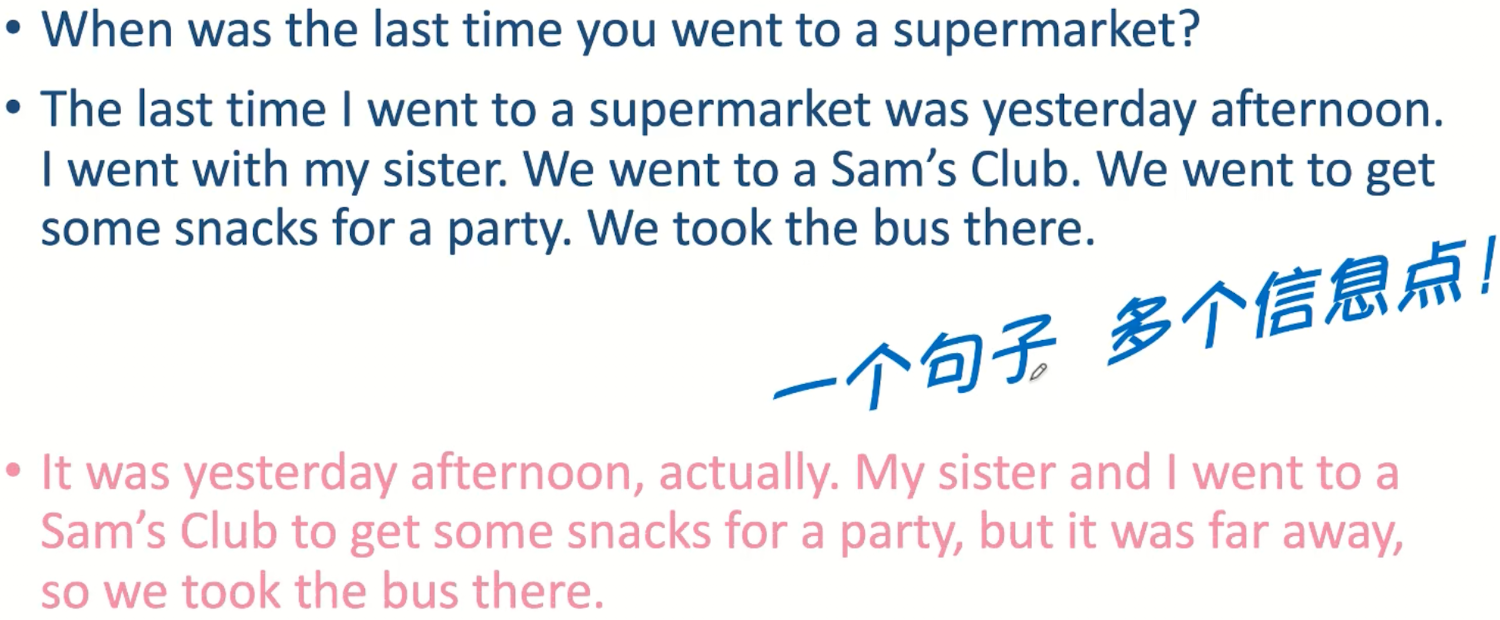
Complex Structure
Which do you prefer, tea or coffee?

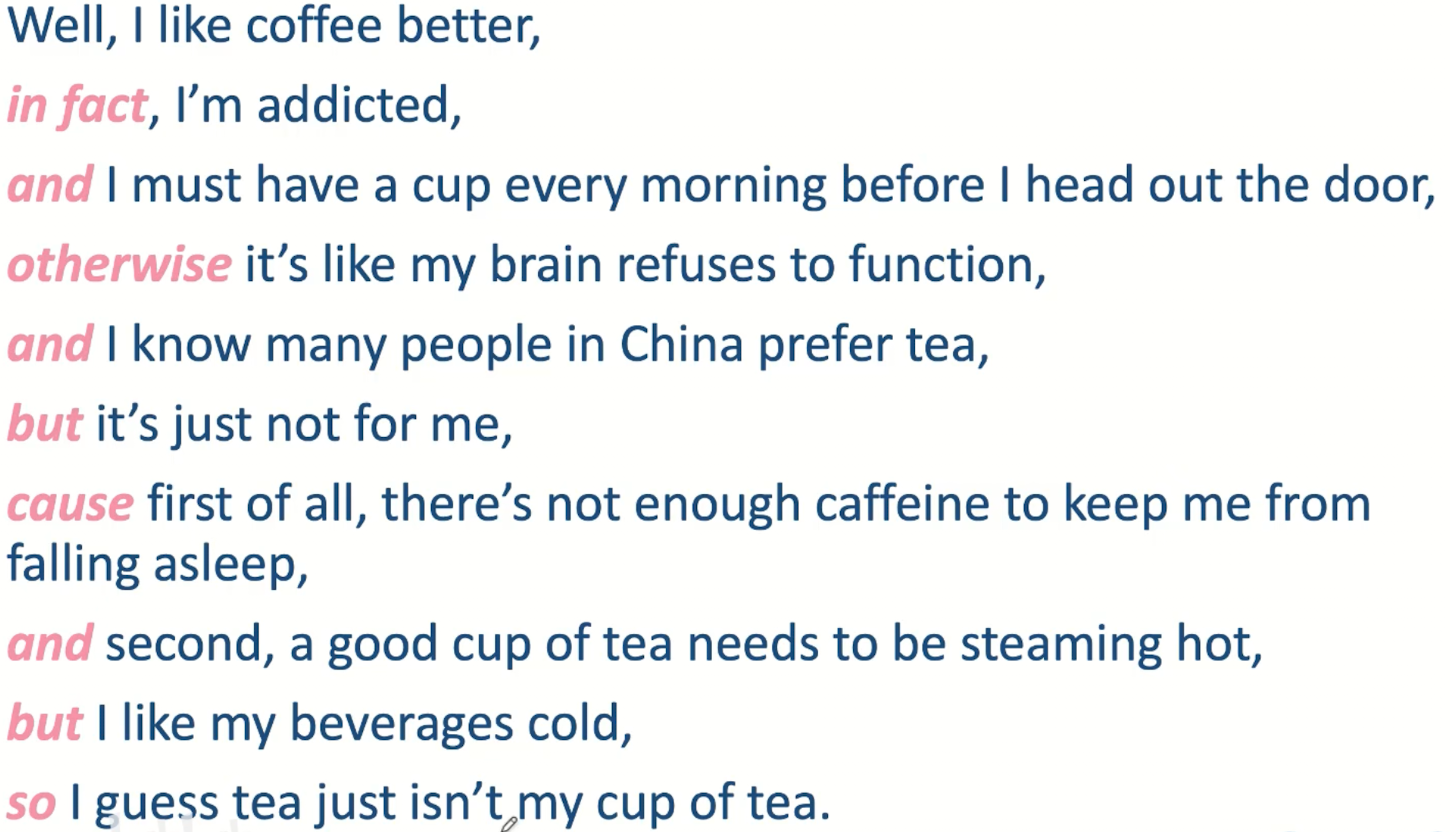

Quick Recap

2. Part1 Intro, Brainstorming, Ideas
Part1 Question Styles
Question Types
Yes/No
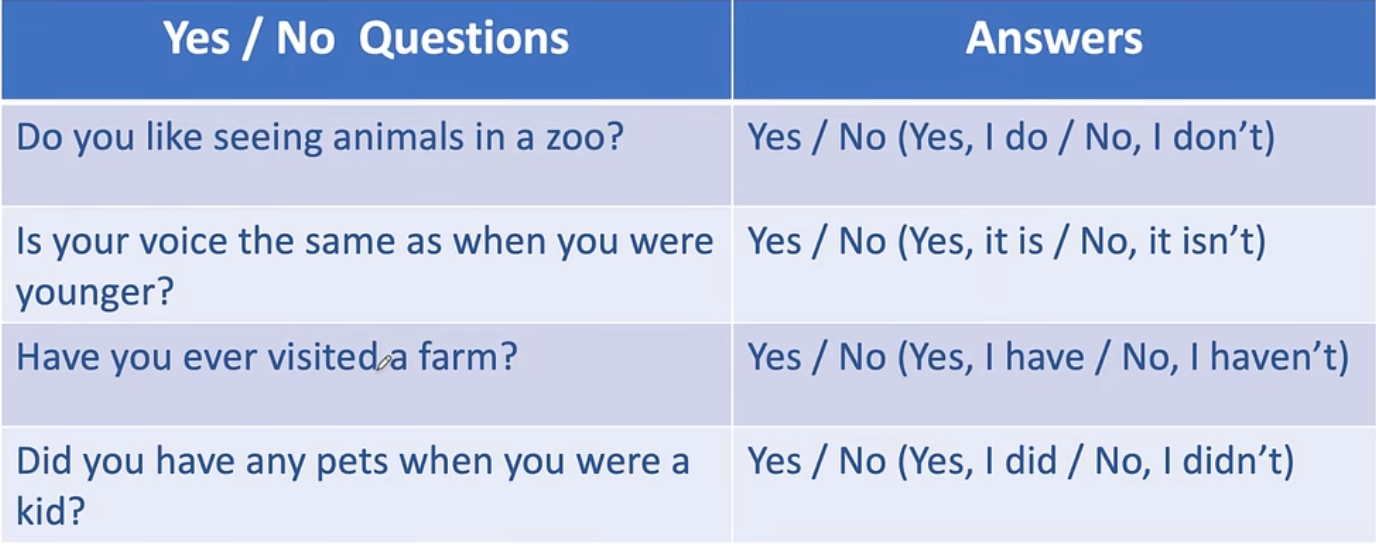
Wh-

Choice
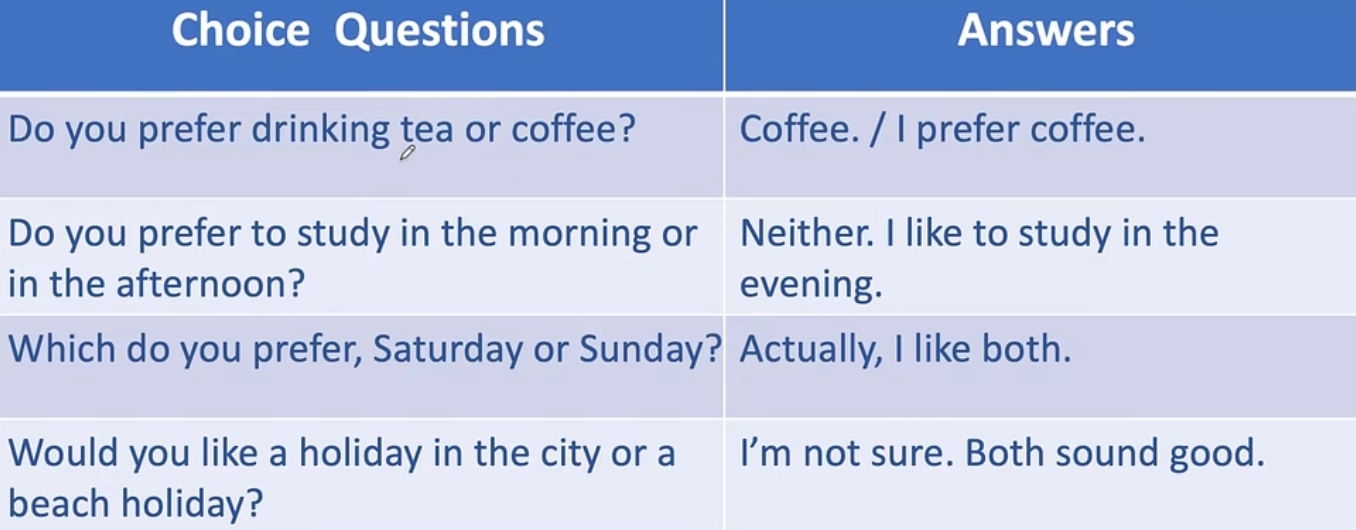
Hypothetical
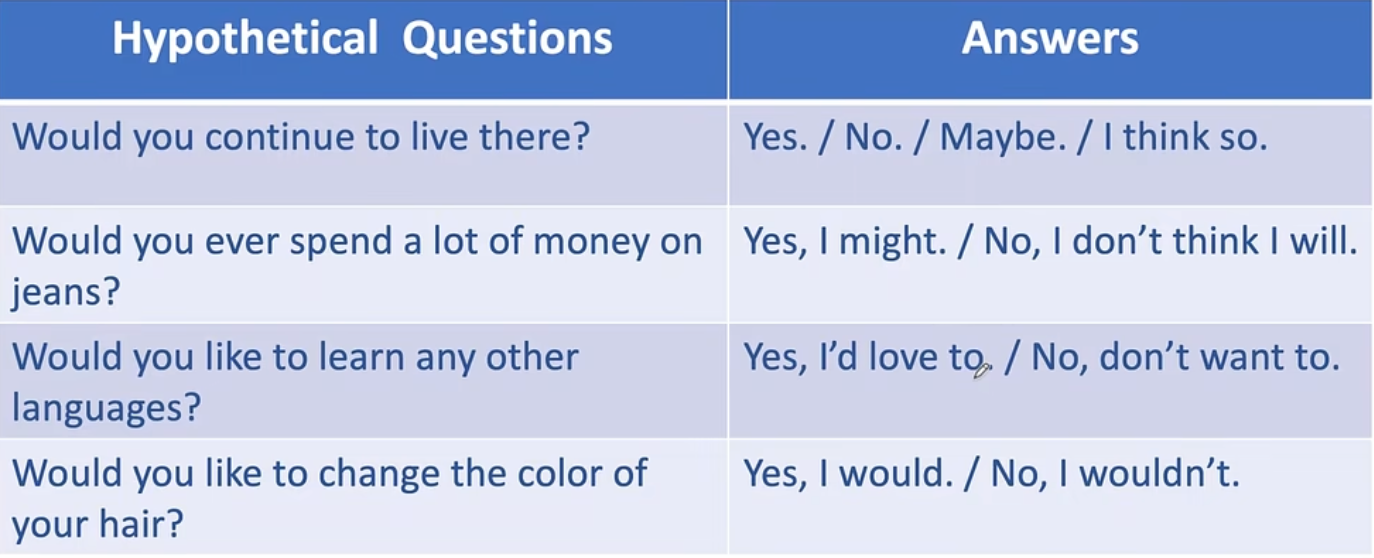
4 Main Topics
People
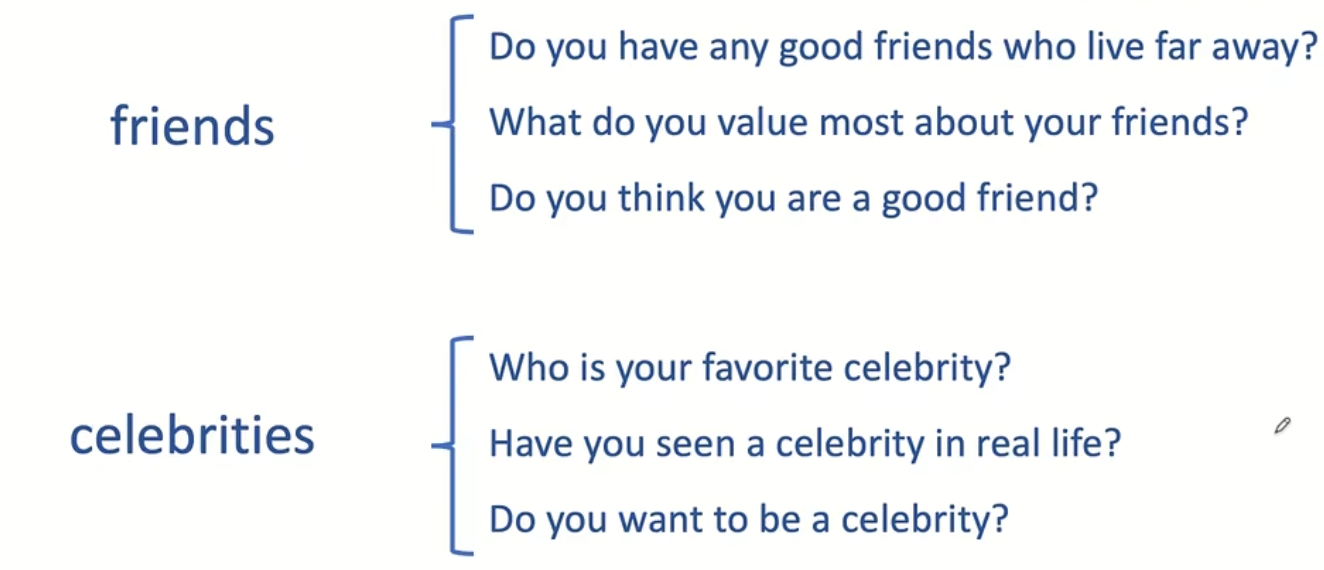
Places

Objects

Events

3 Mandatory Frames
Where you live now?
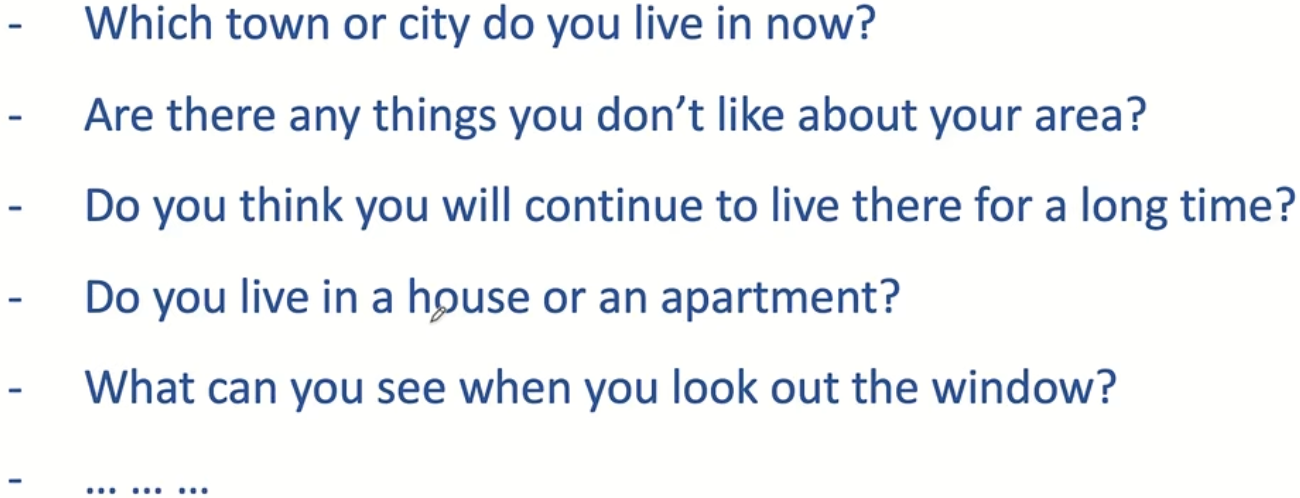
Hometown

Work/Study
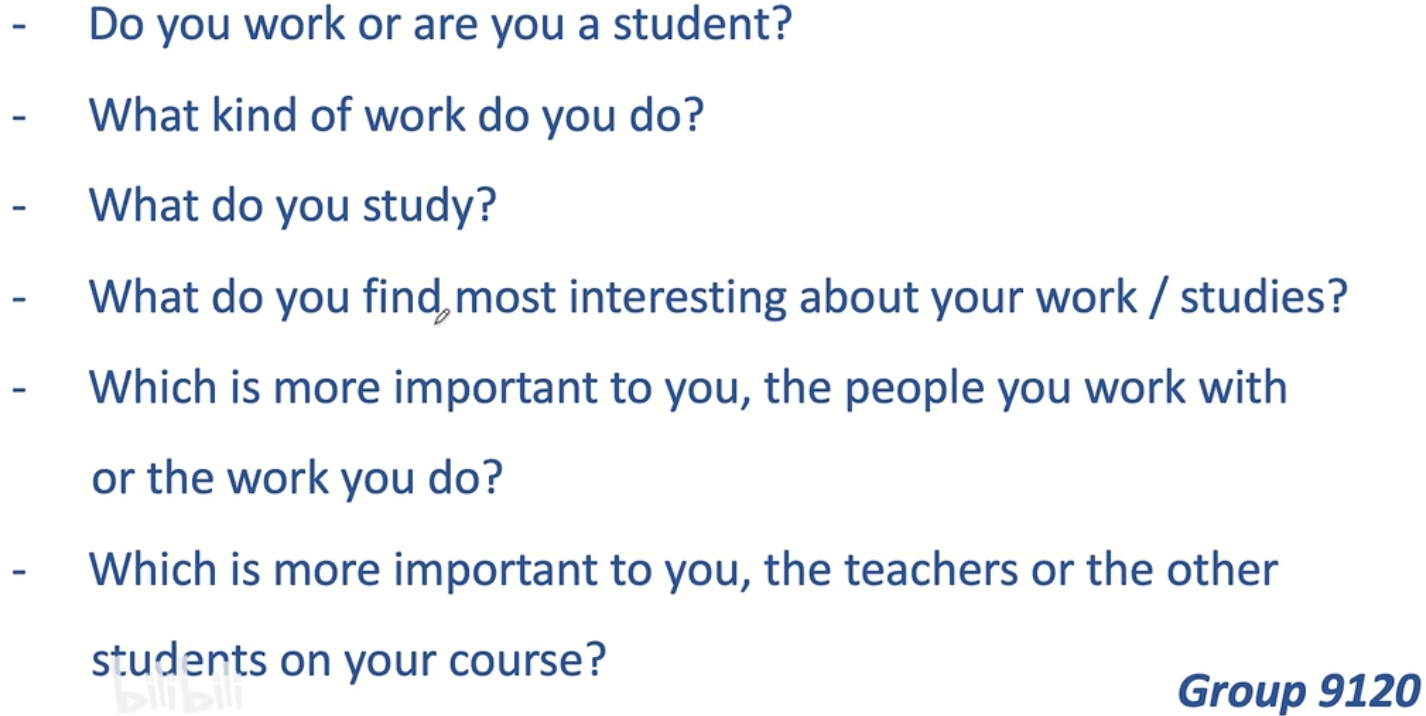
Basic Answer Structure
The TS + SD Principle
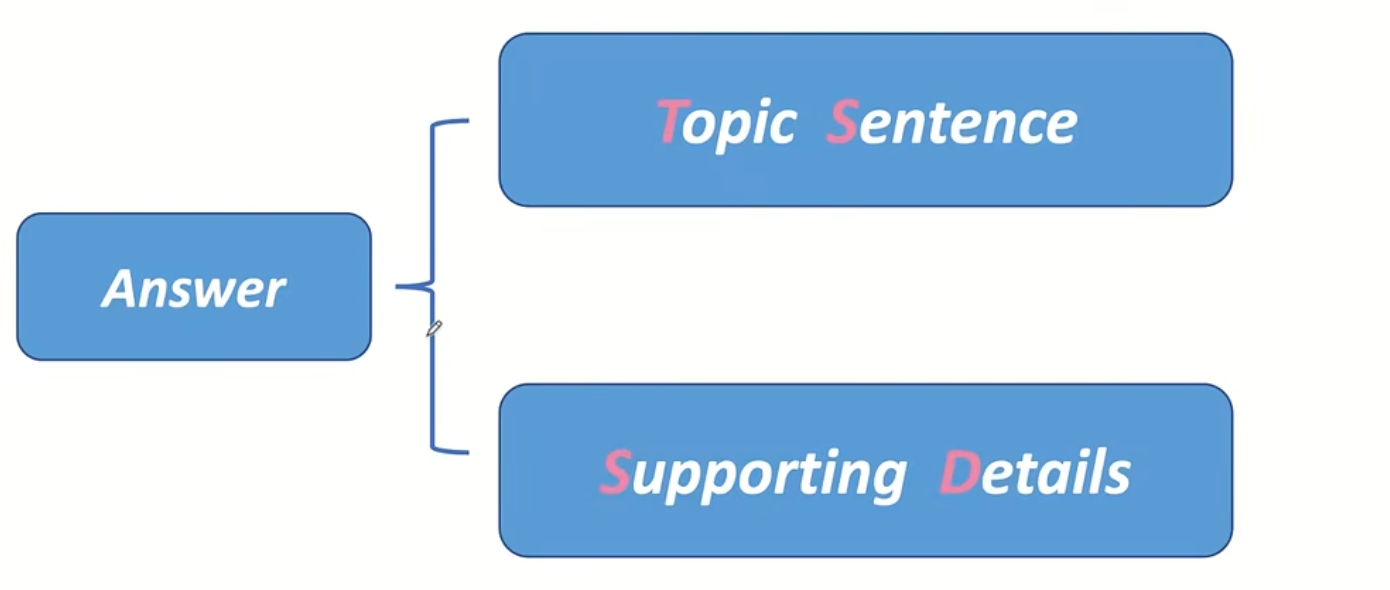
Why use this?

Topic sentence
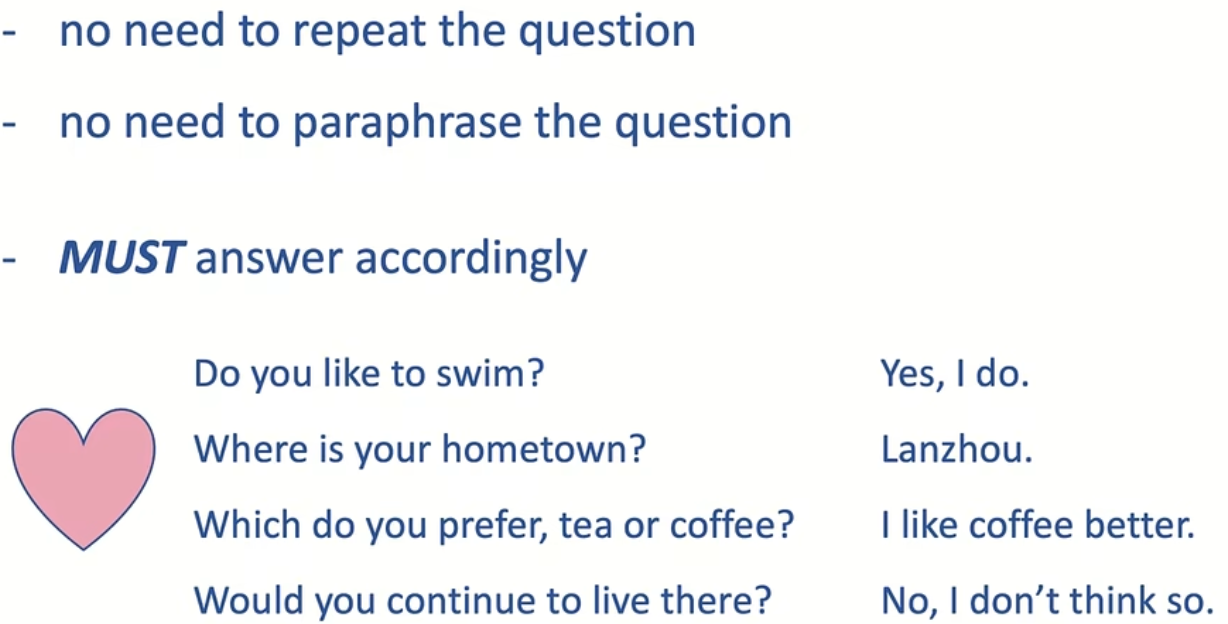
Suporting Details


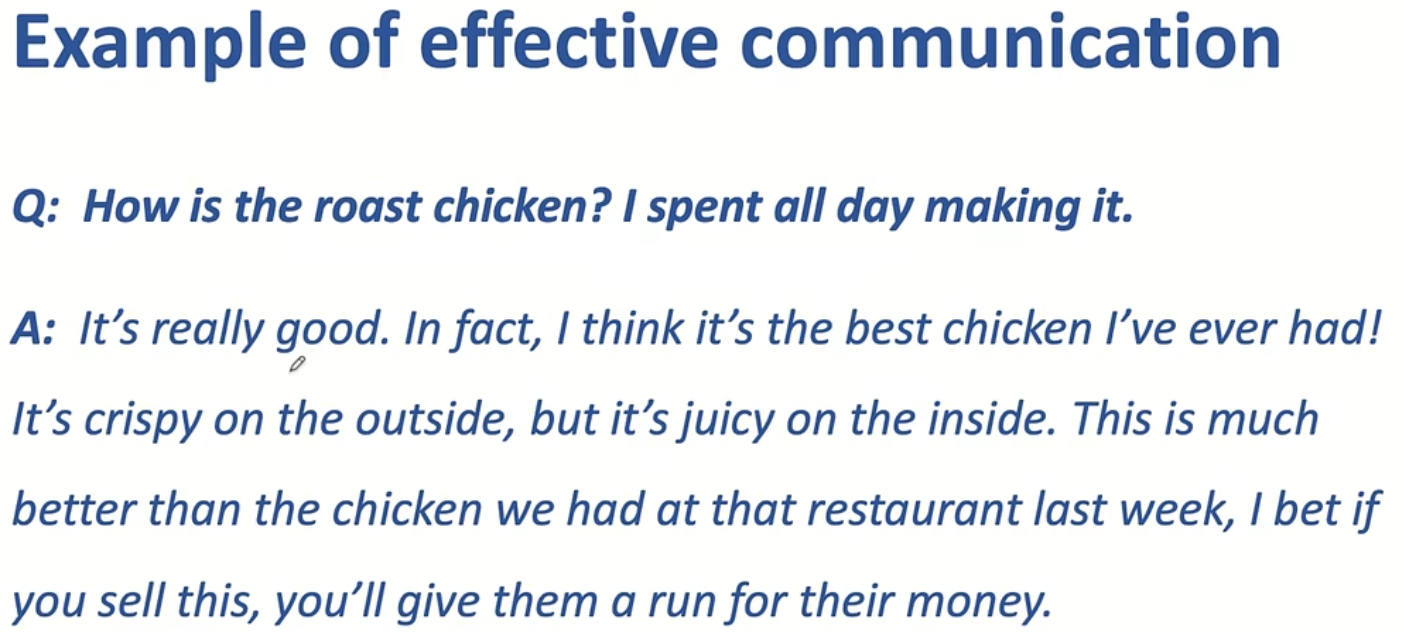
Brainstorming
How to add details

Templates for reference

Templates in use
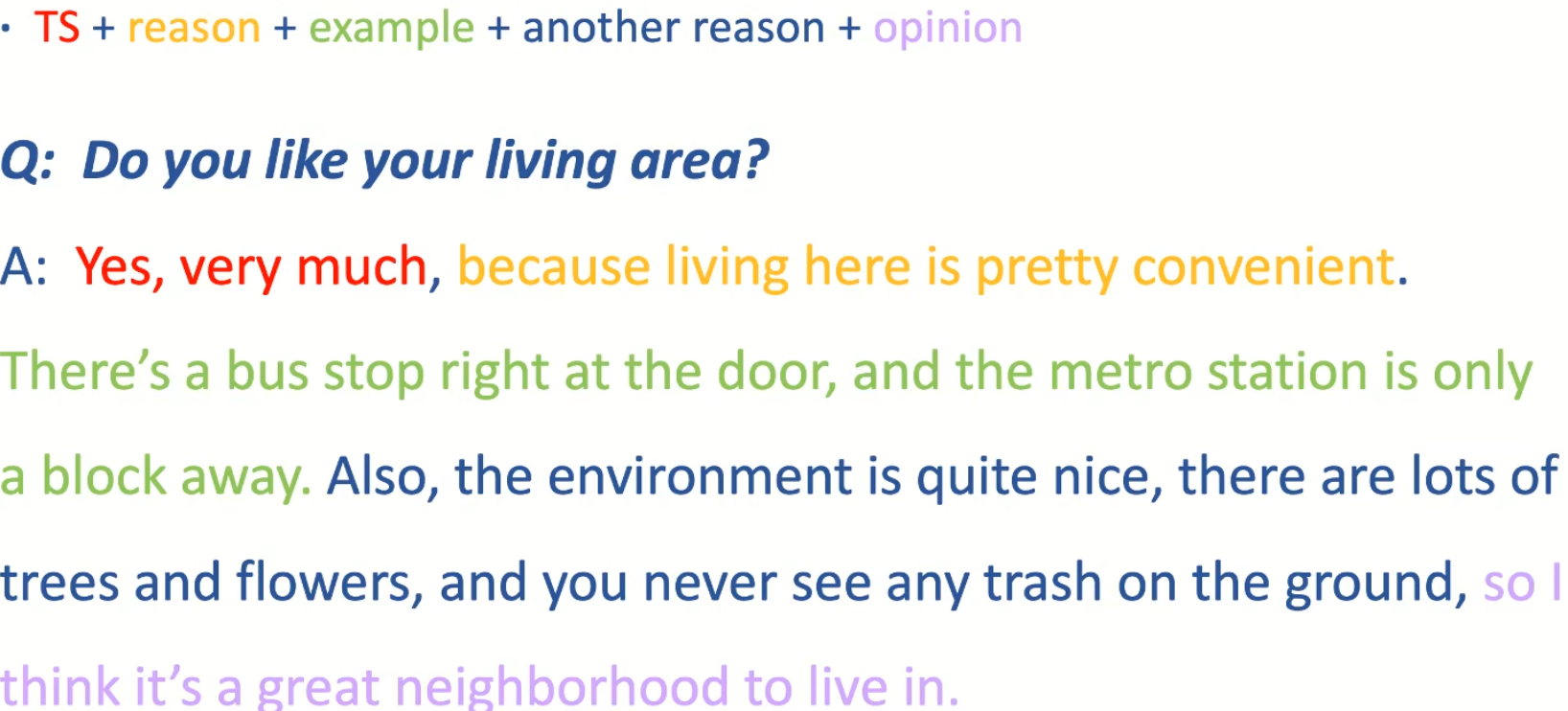
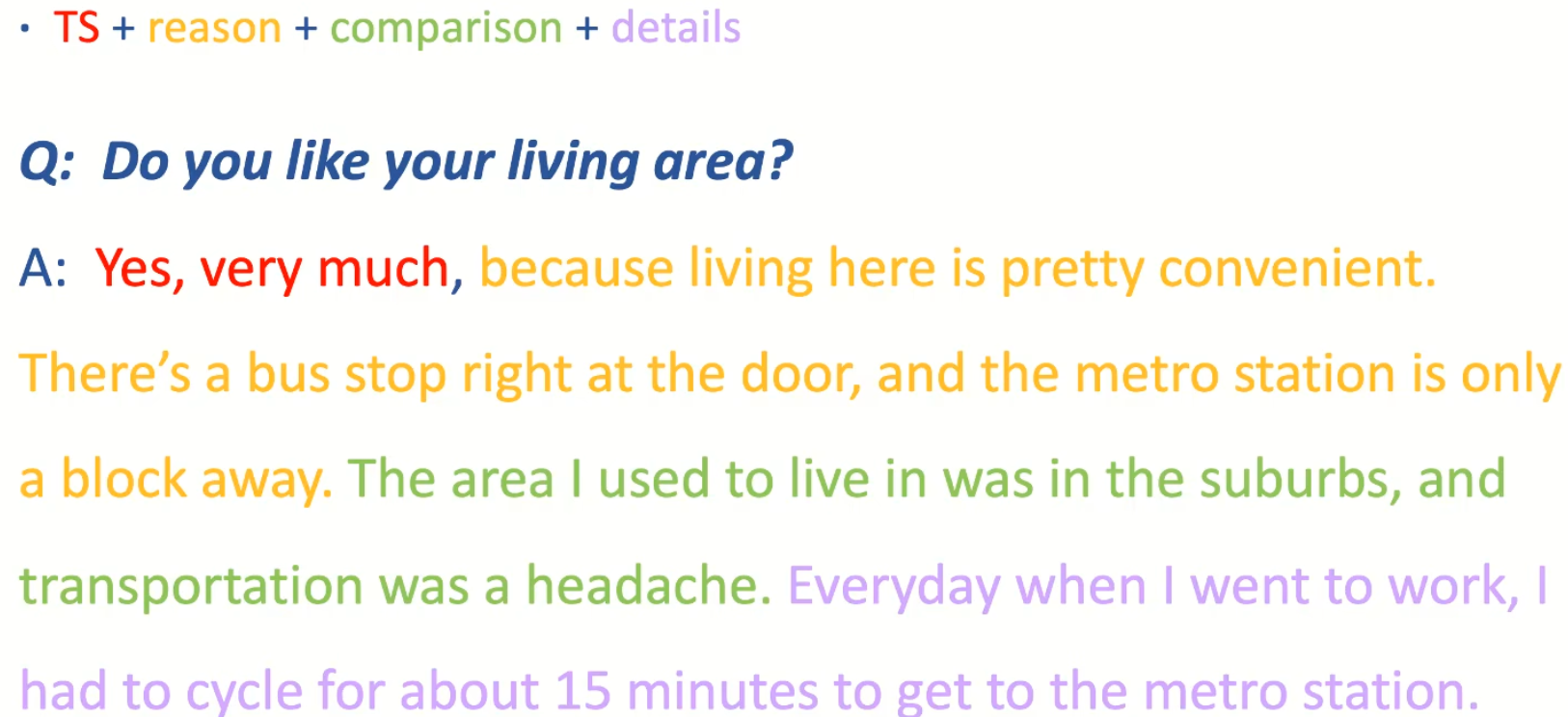

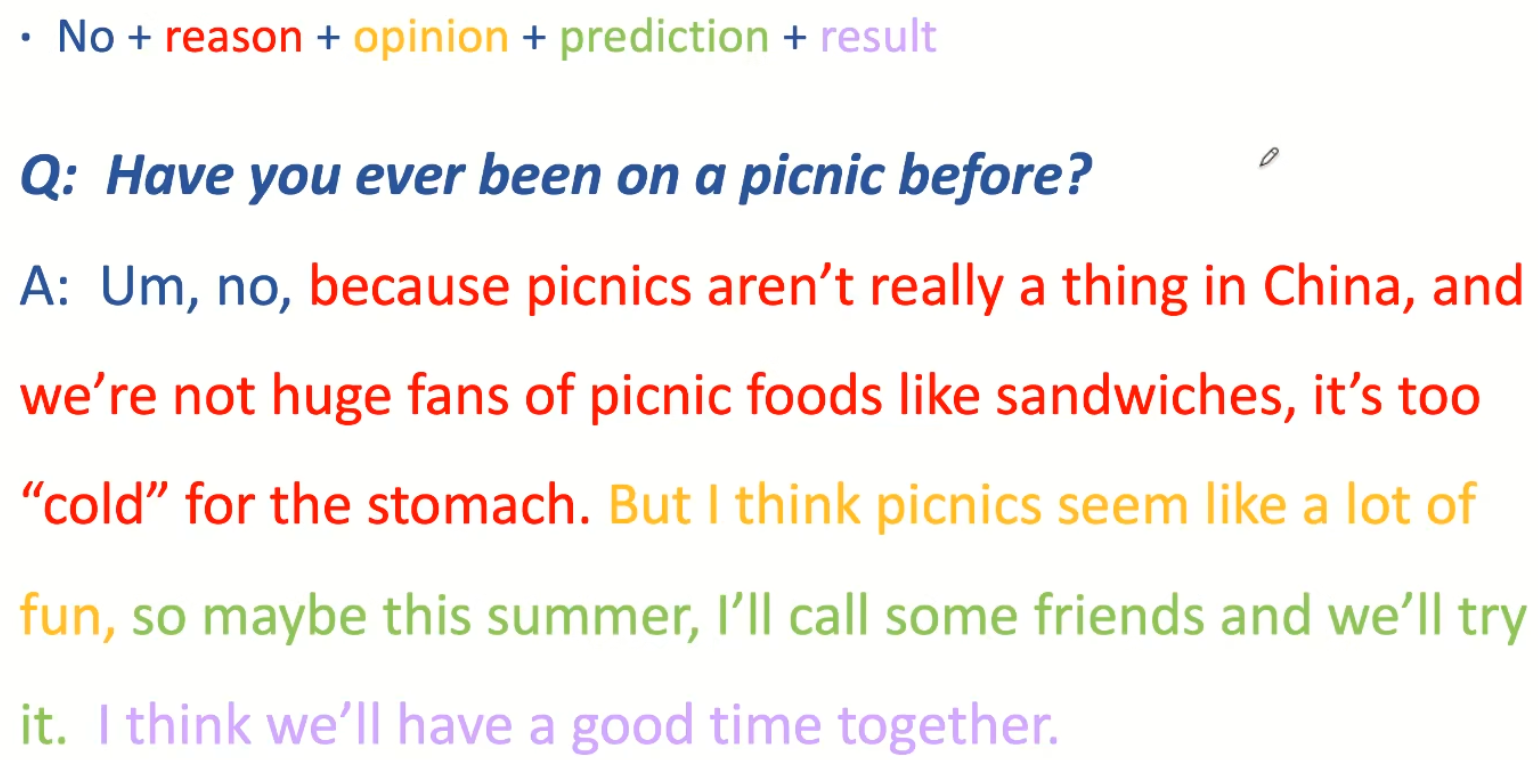
Reservoir of ideas
Reservoir

How to use the reservoir
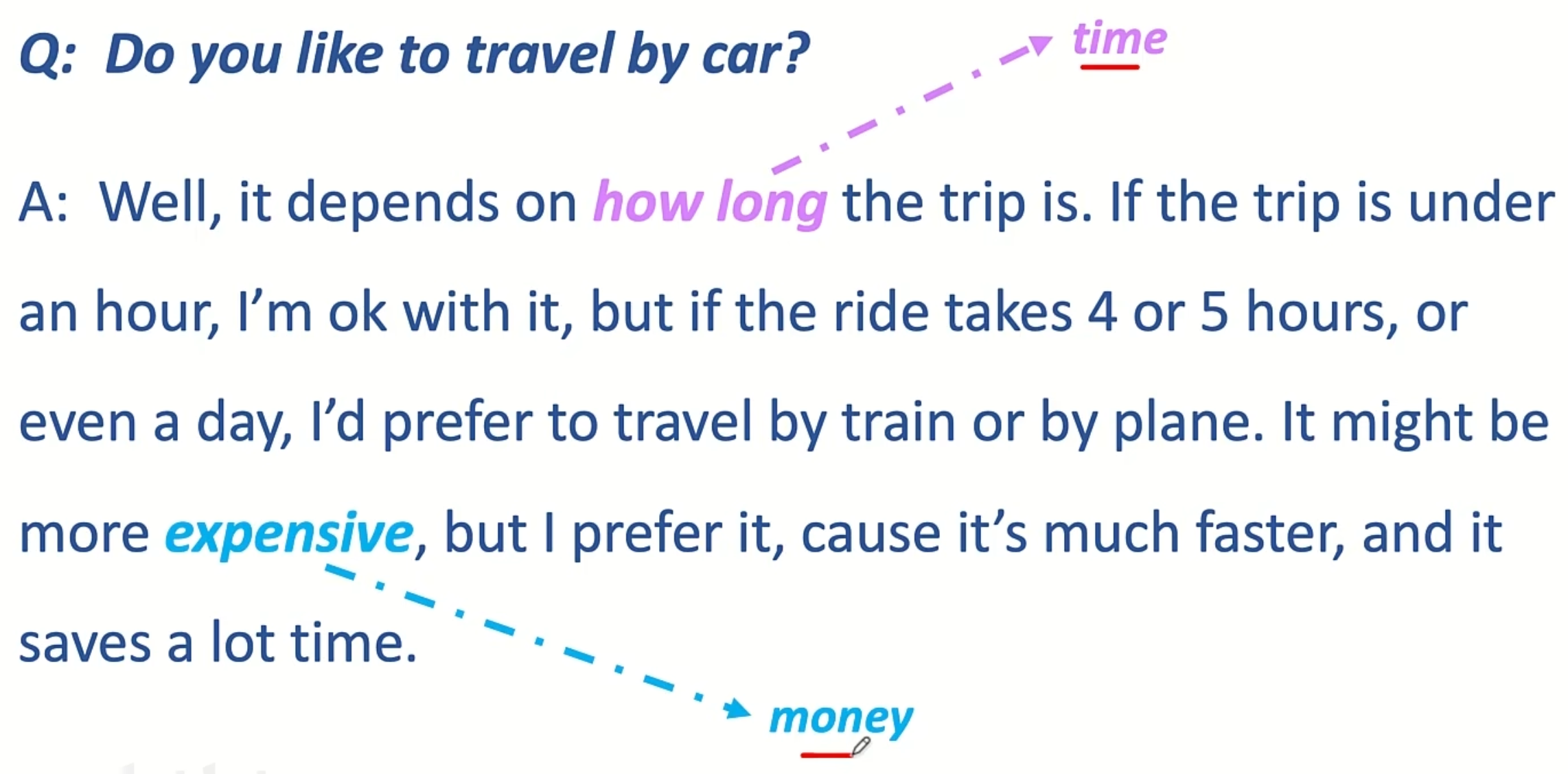
Linking Words
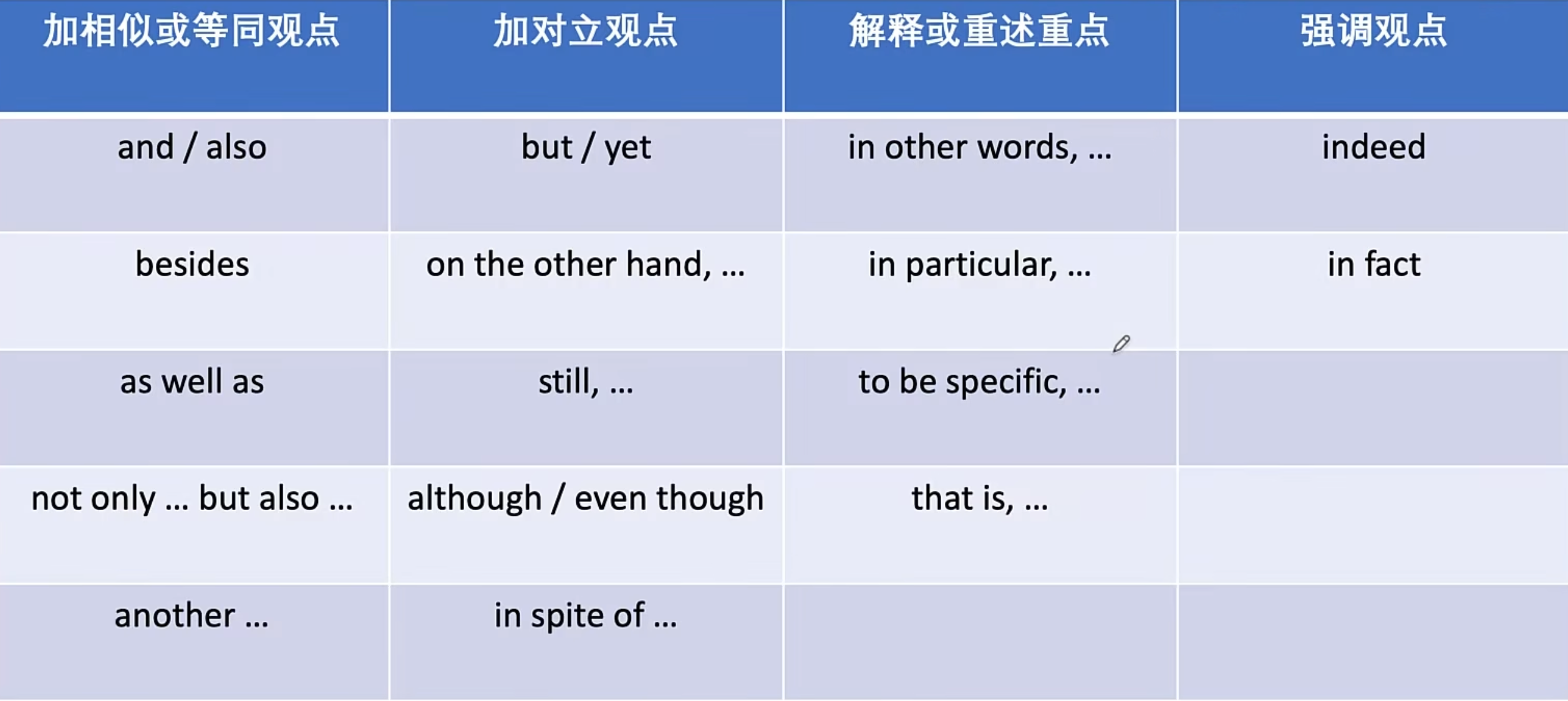
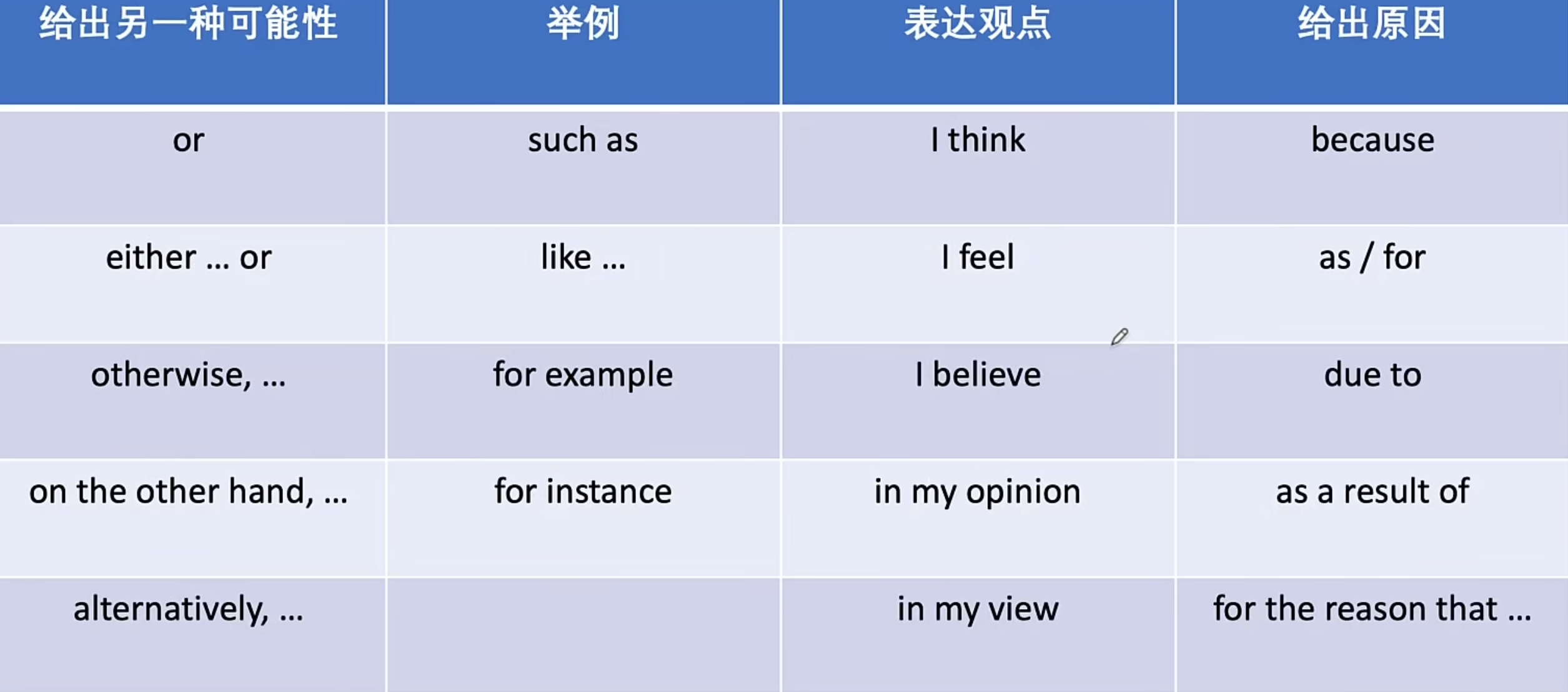
Basic grammar must be correct

Linking Words must be correct
 Although/But 取其一
besides => except for
In fact => Actually
Although/But 取其一
besides => except for
In fact => Actually
Part2 Intro and Reminders
Part2 Question Styles
Format

Instructions
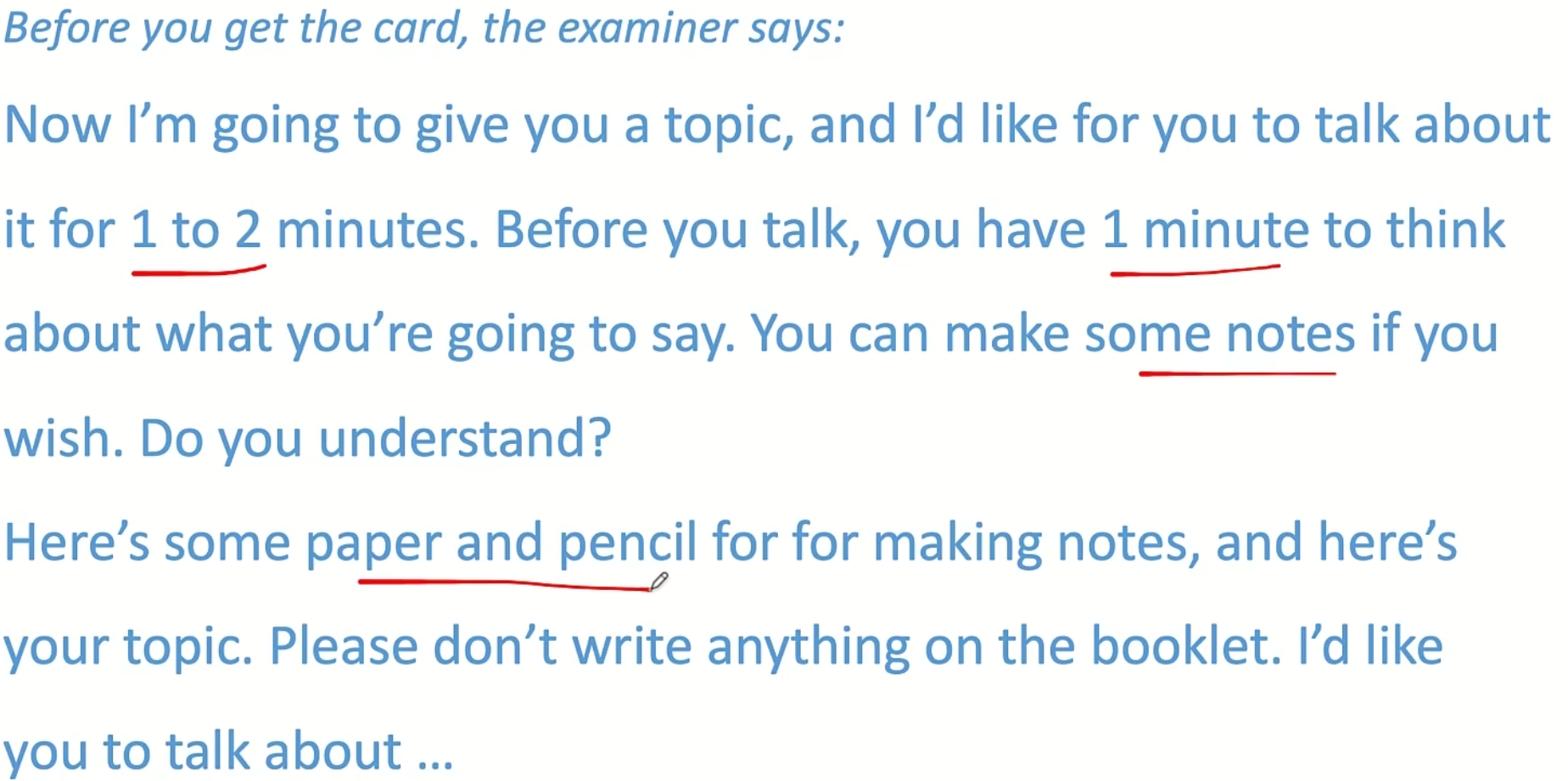
Procedure

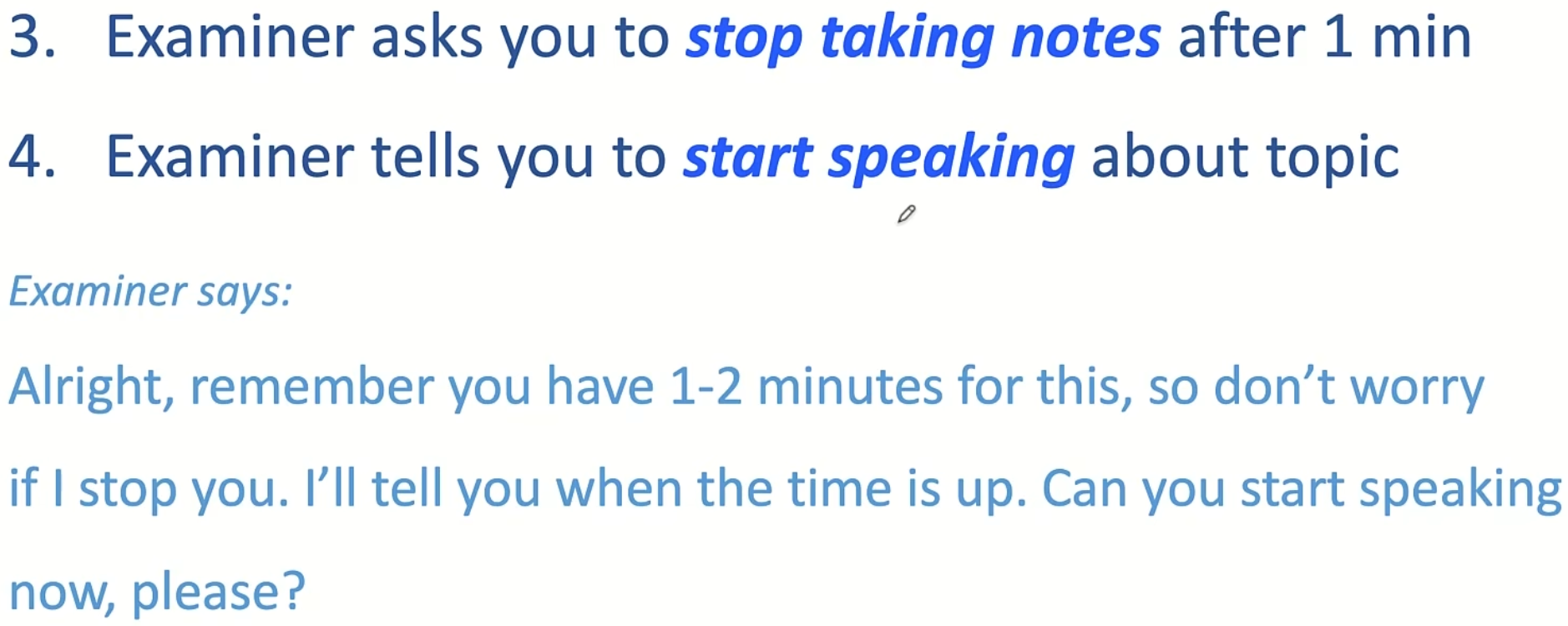
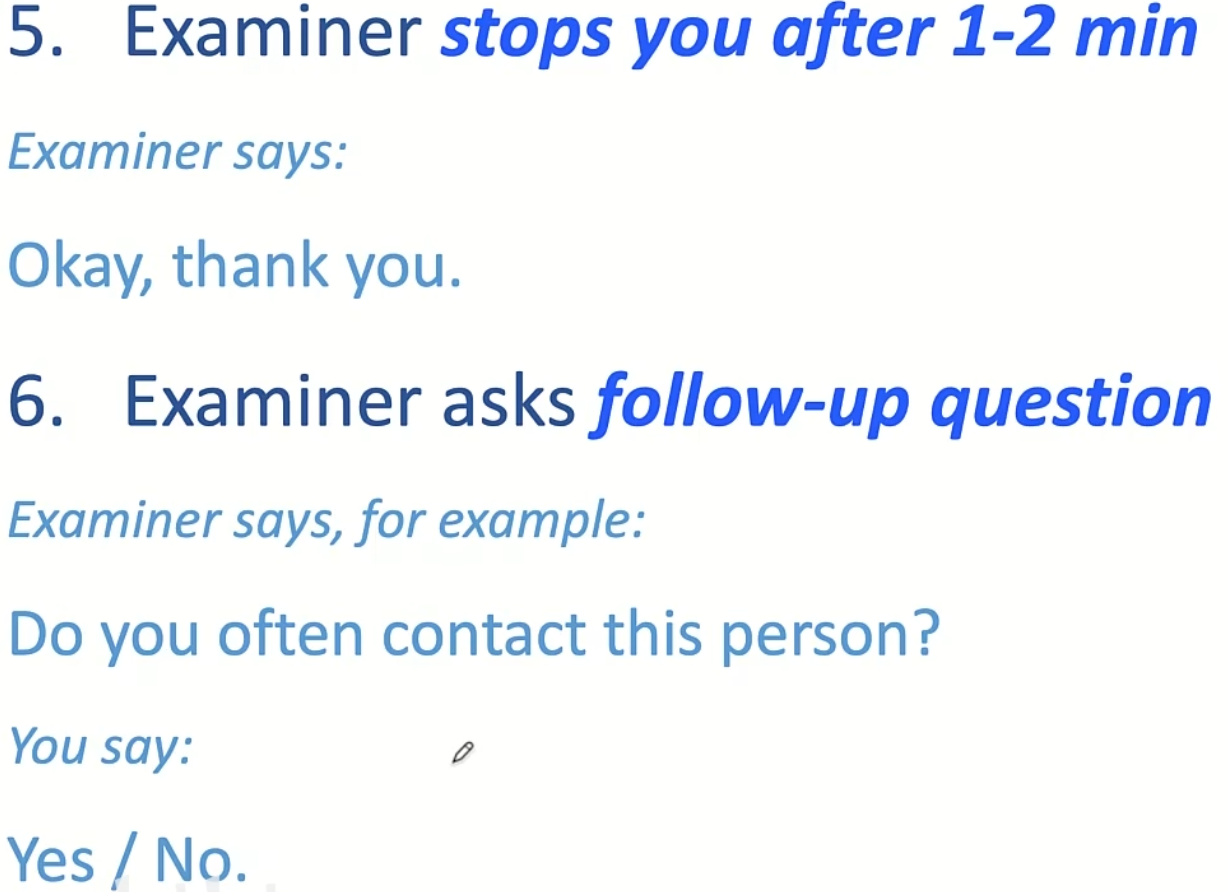
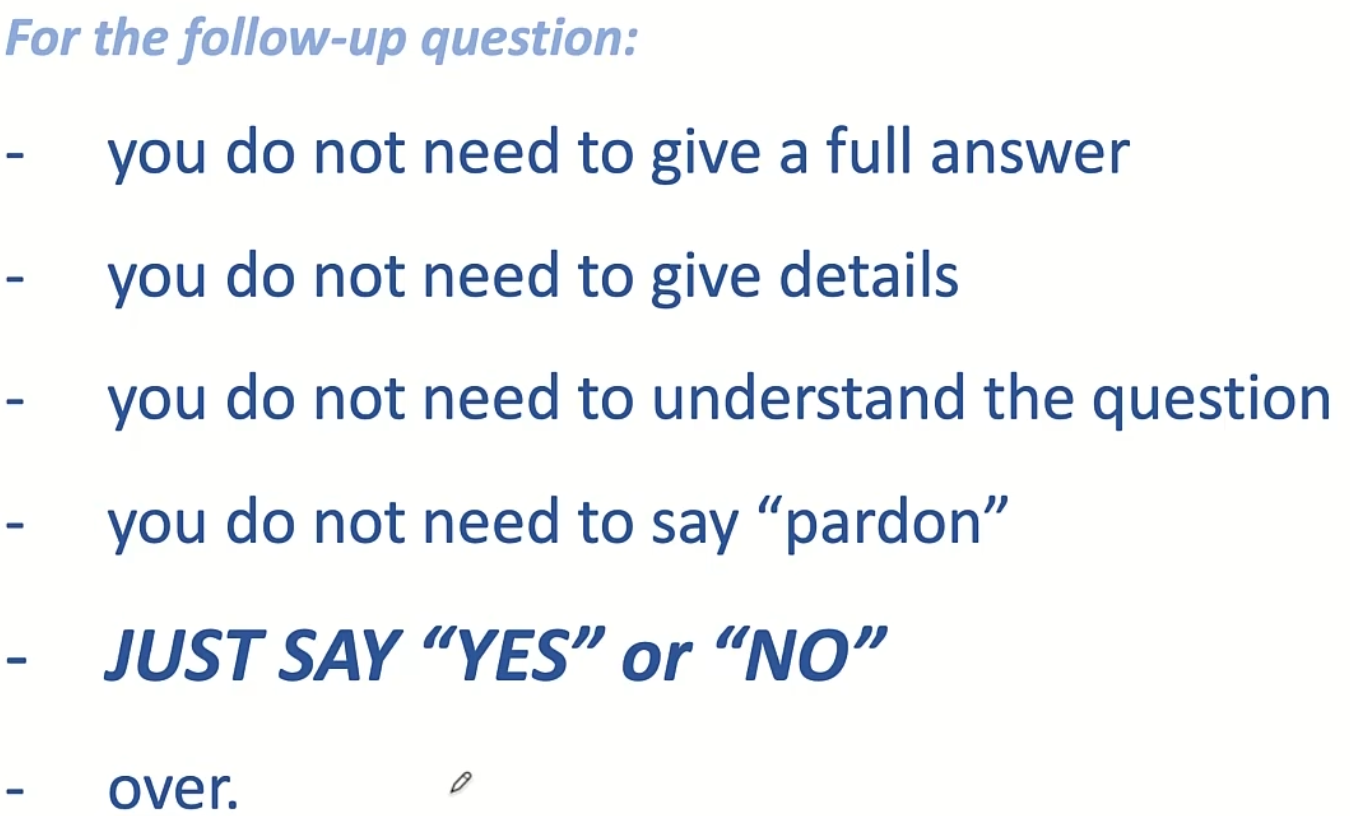
Basic Requirements
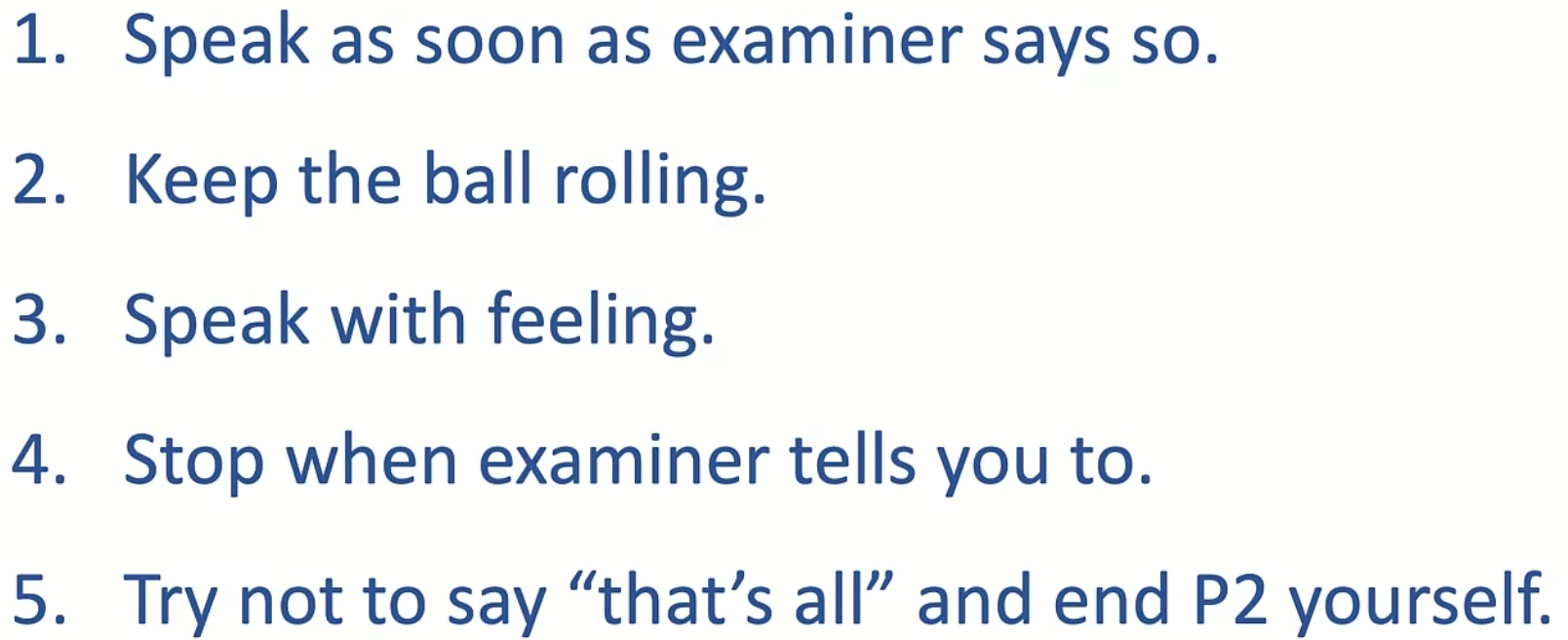
Reminders

Part2 Preparing Answers
Understanding the Topic Card
first
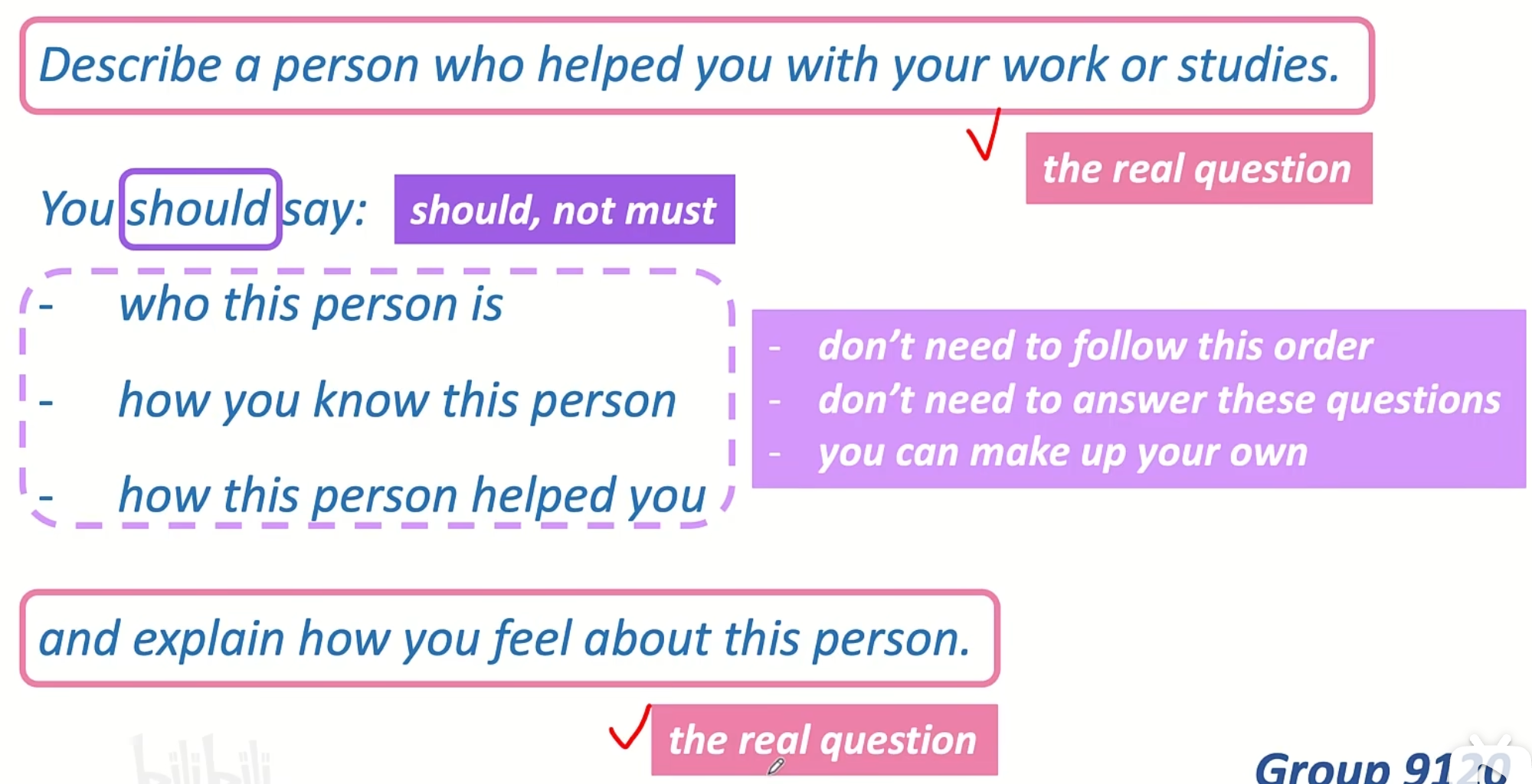
second
key words
modifiers
tense
focus of topic

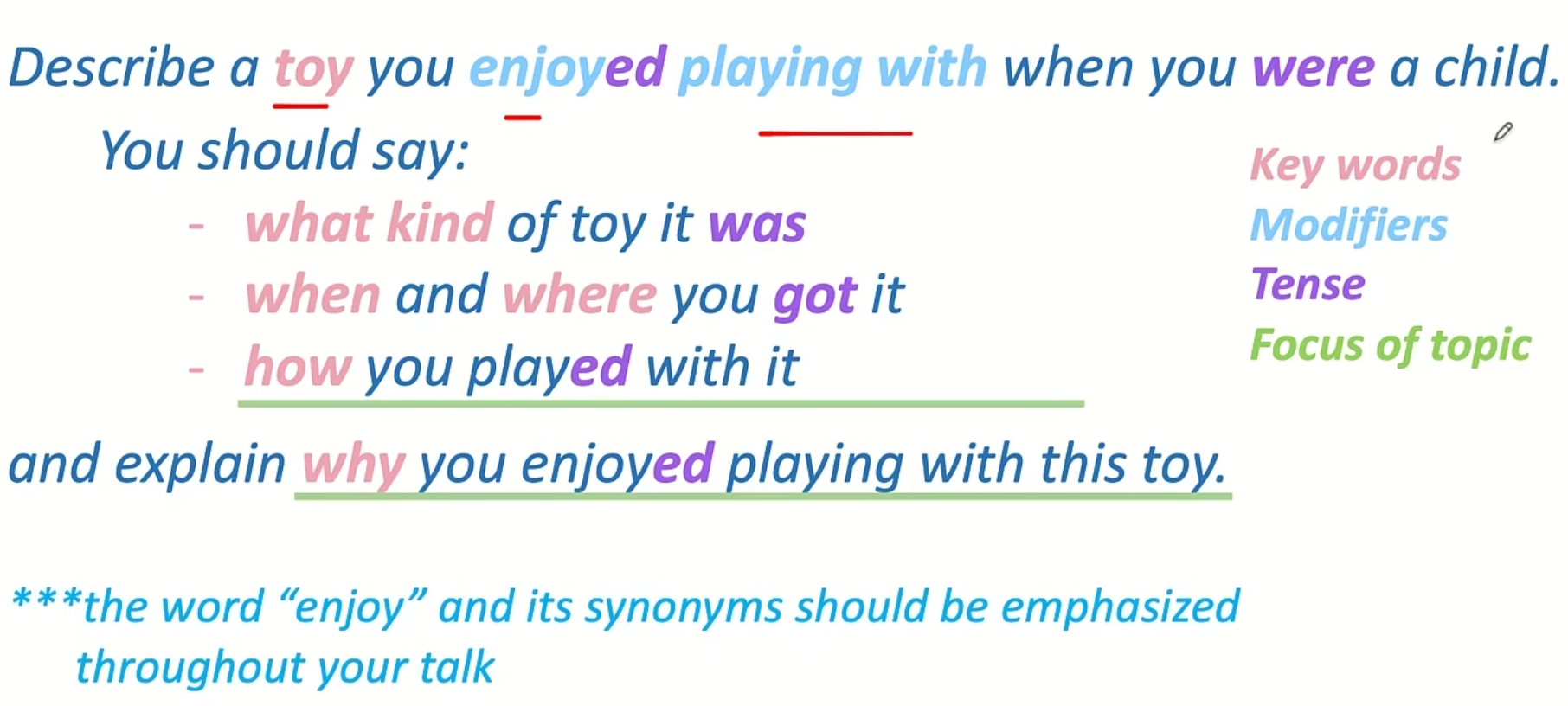
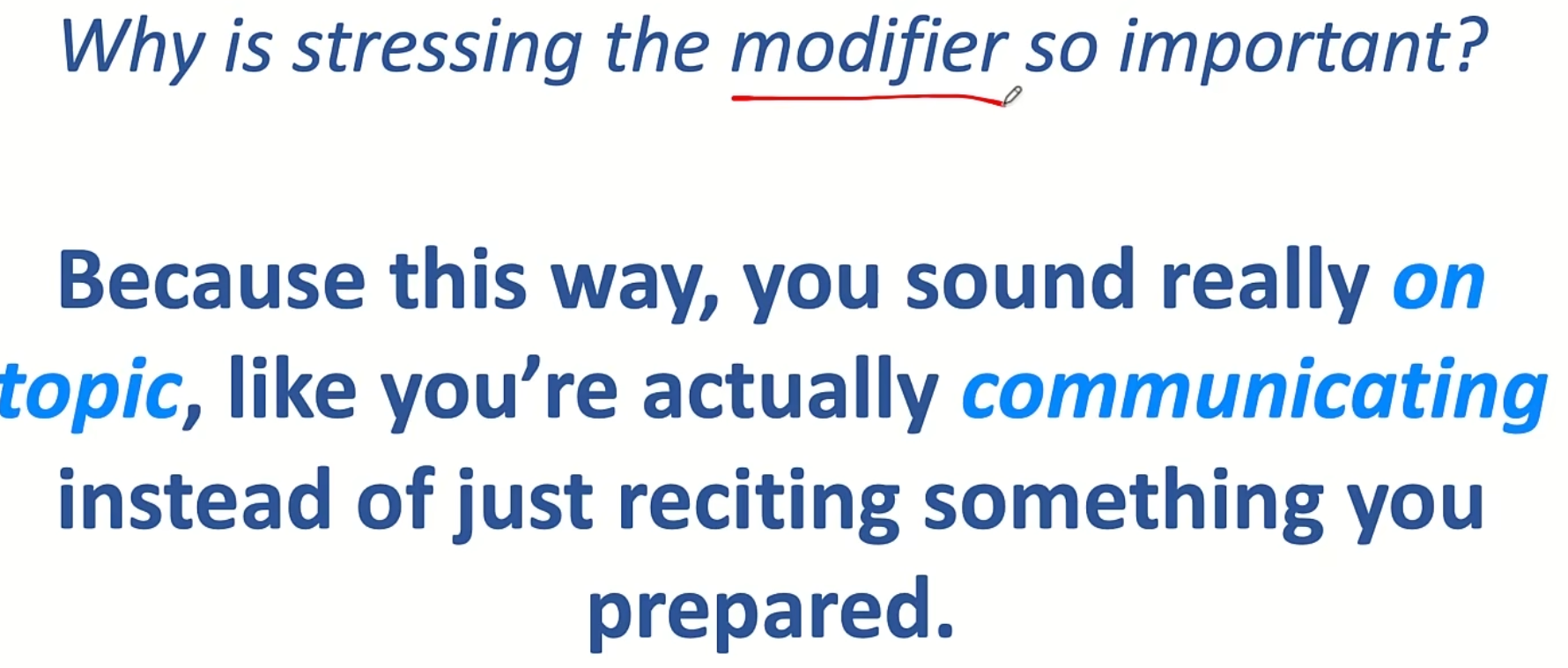
A great example

Brainstorming Method 1
Method1

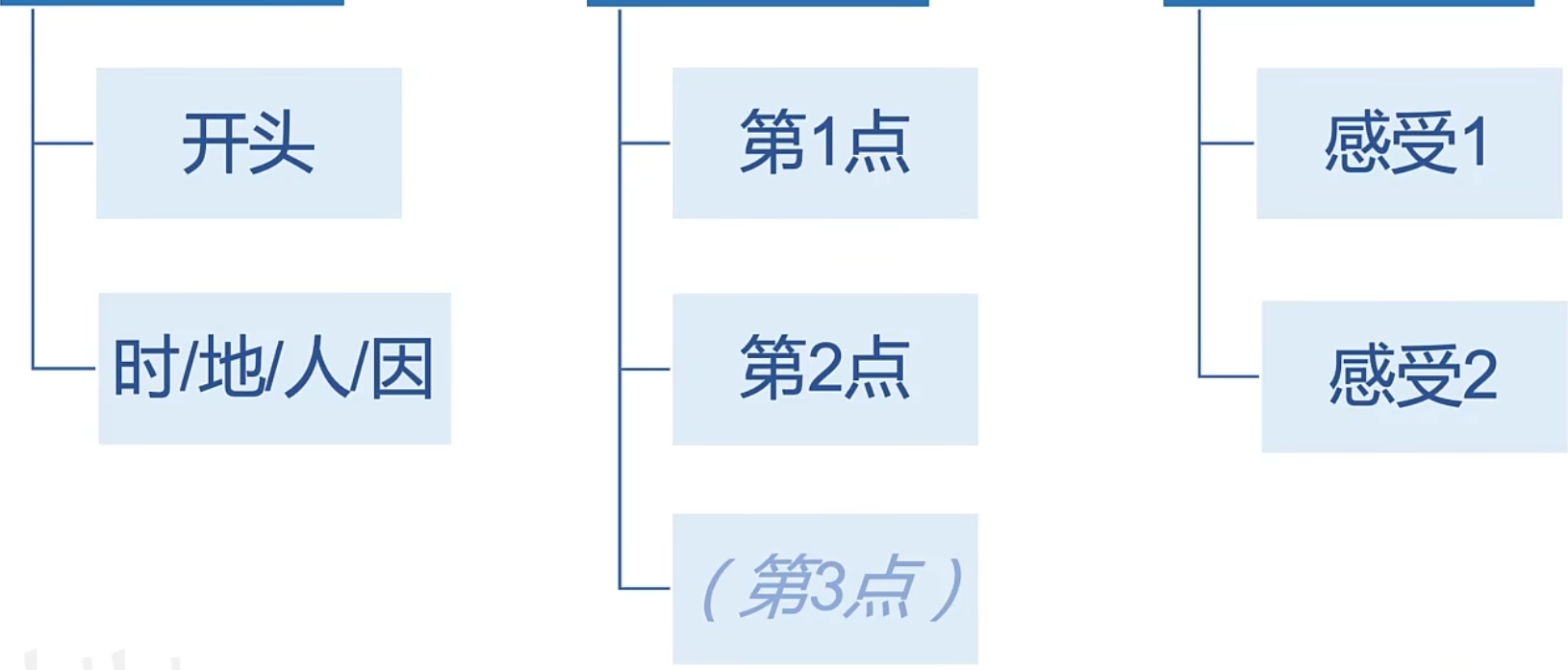
更细的划分
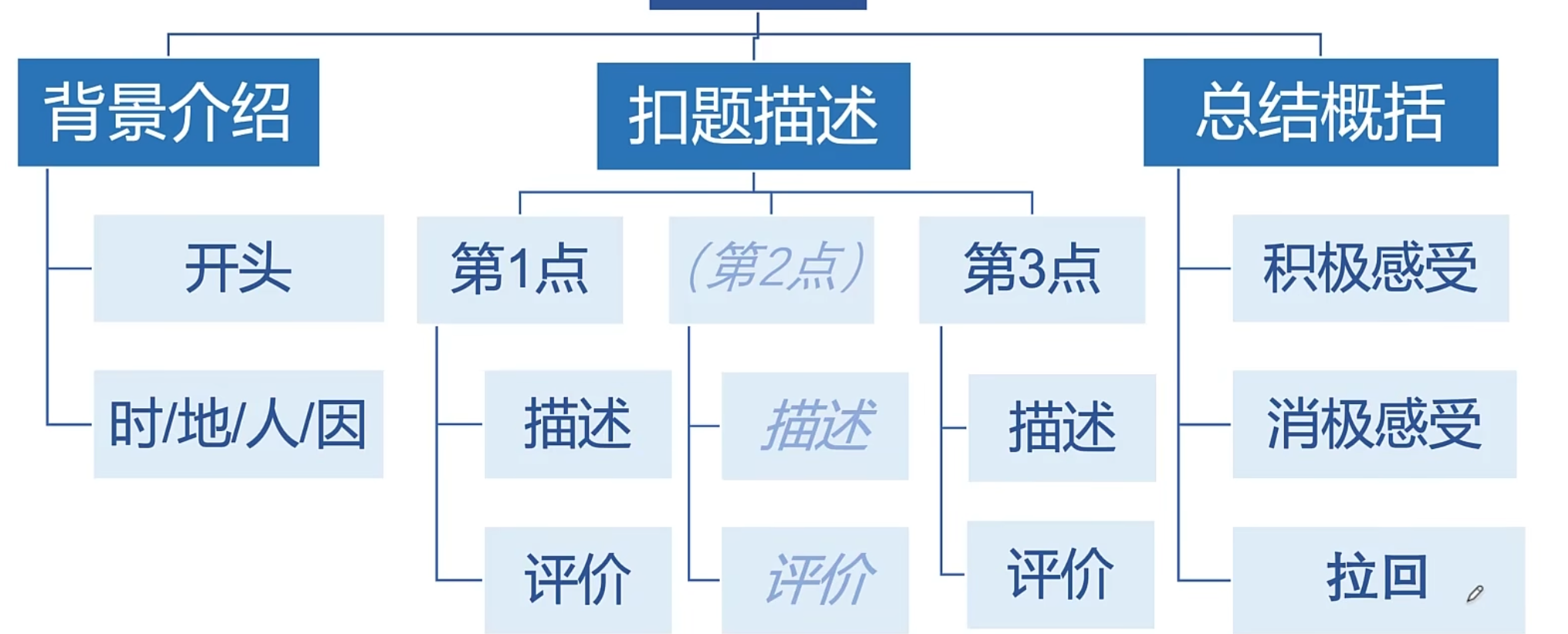
例子

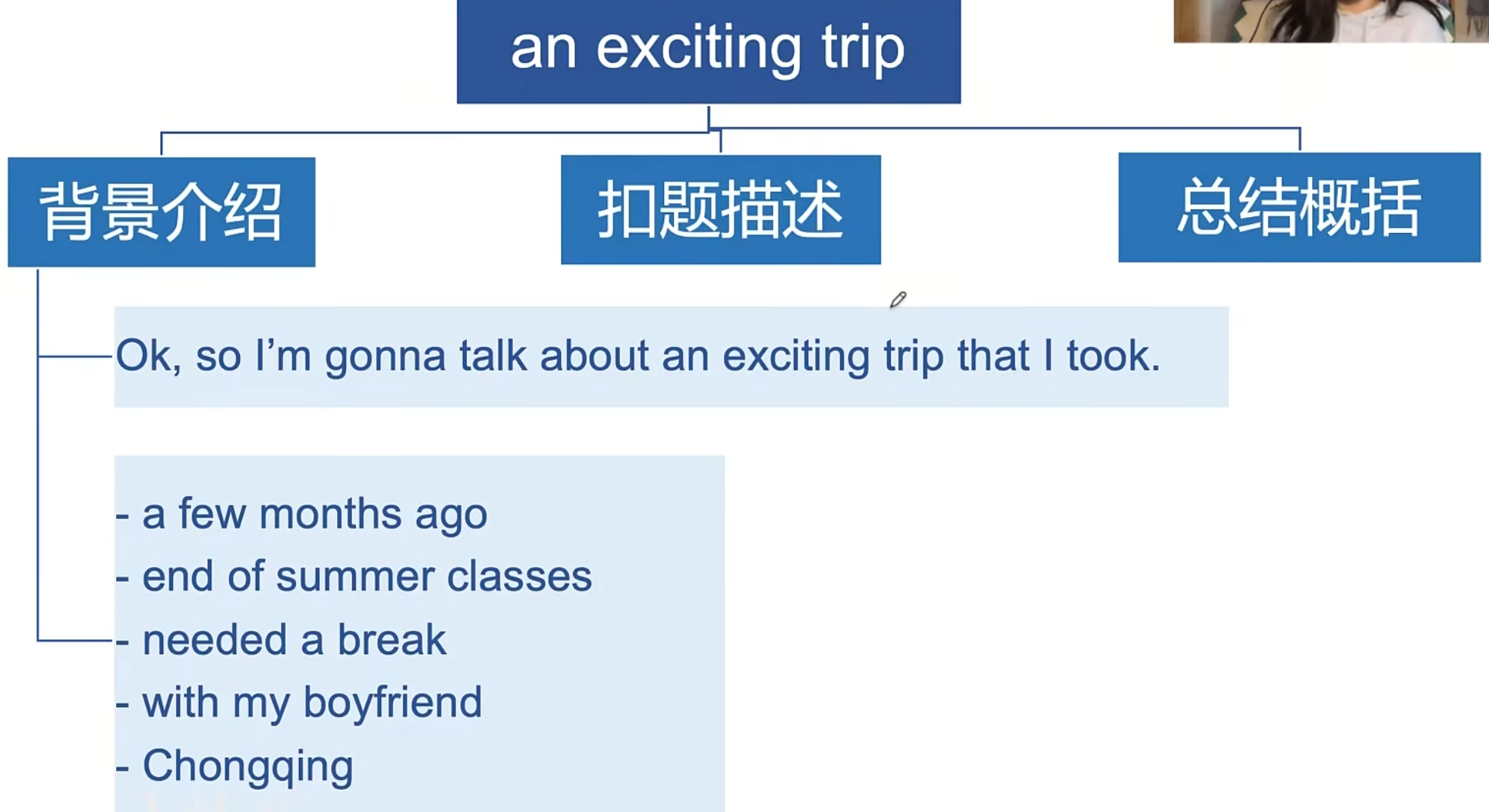
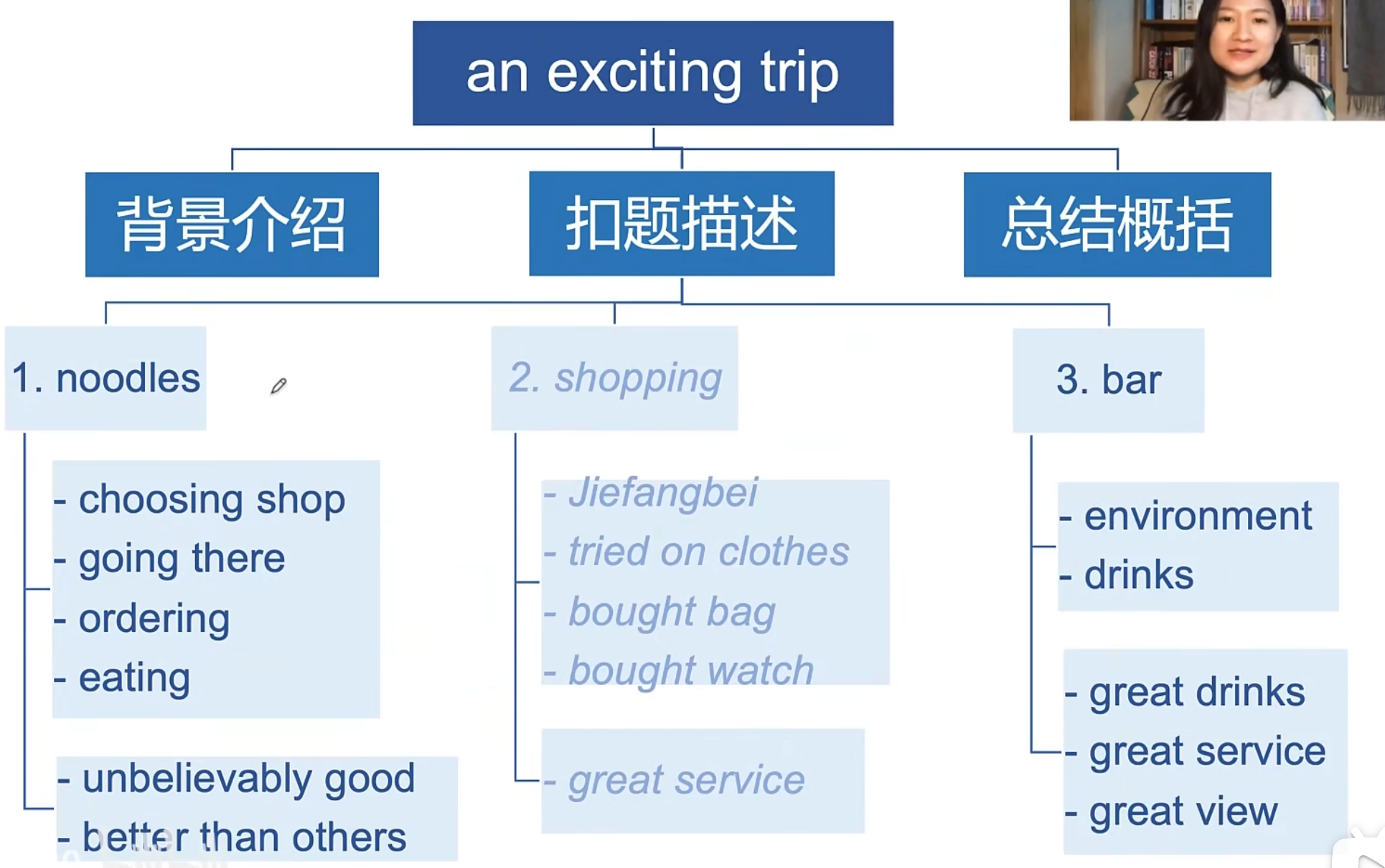



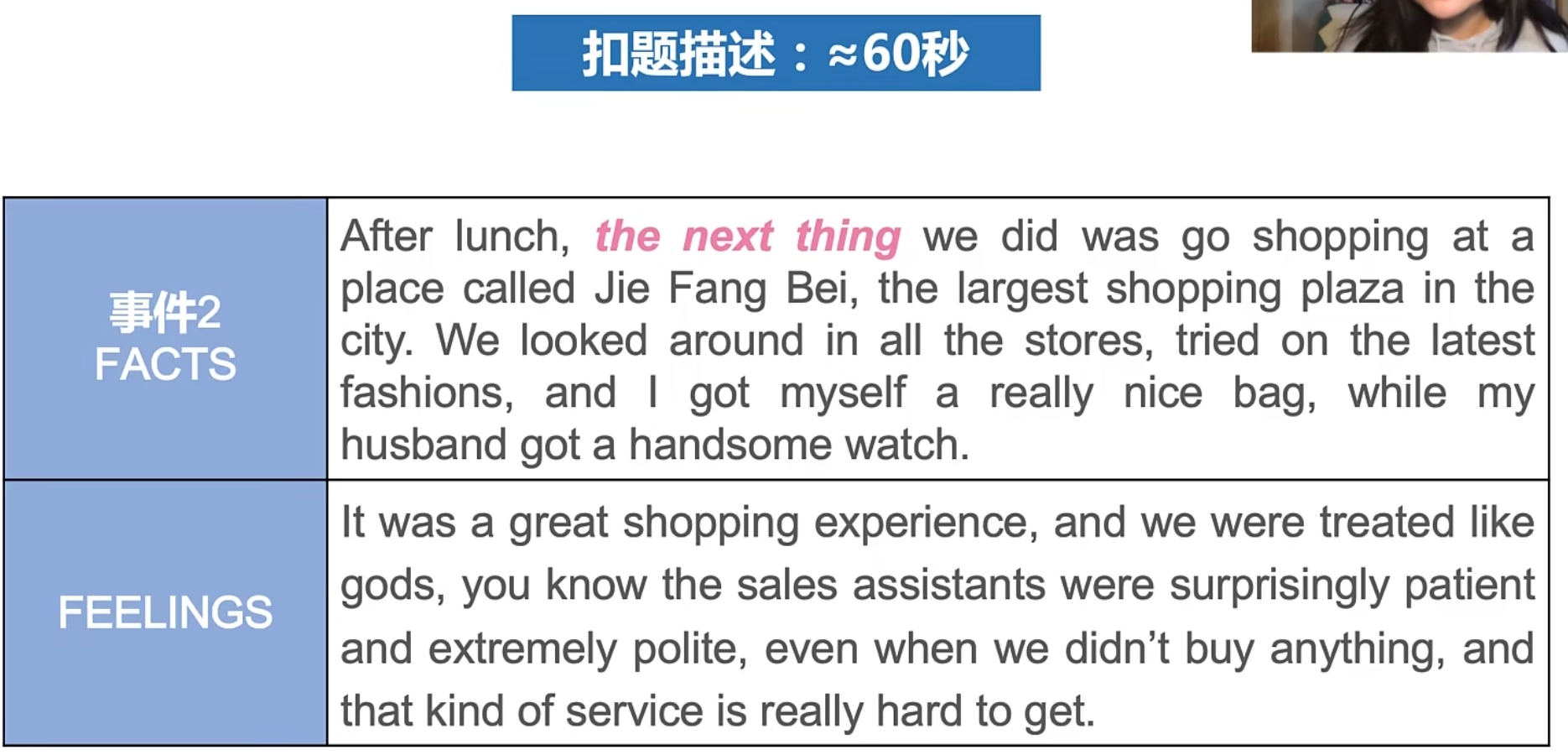


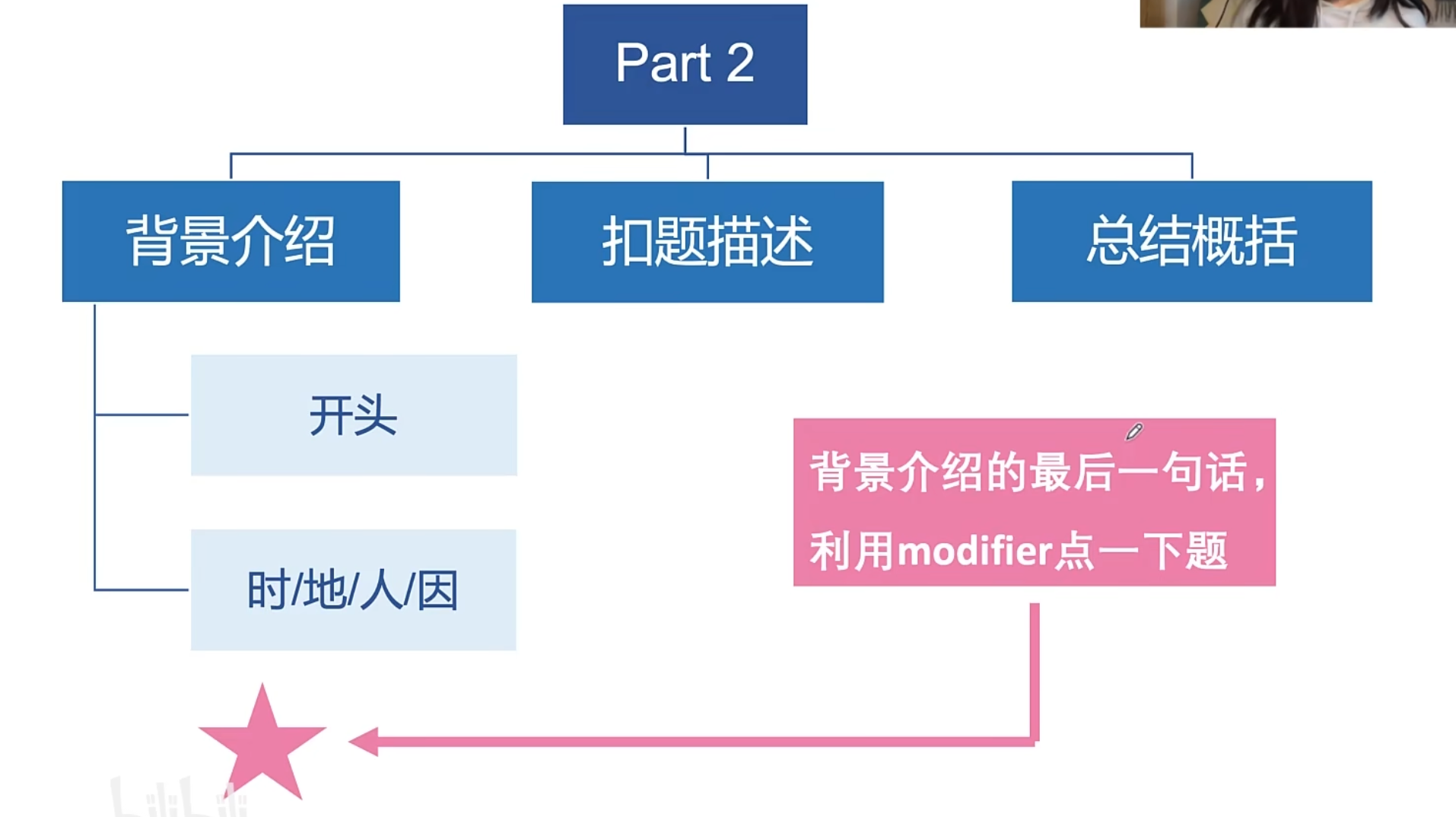

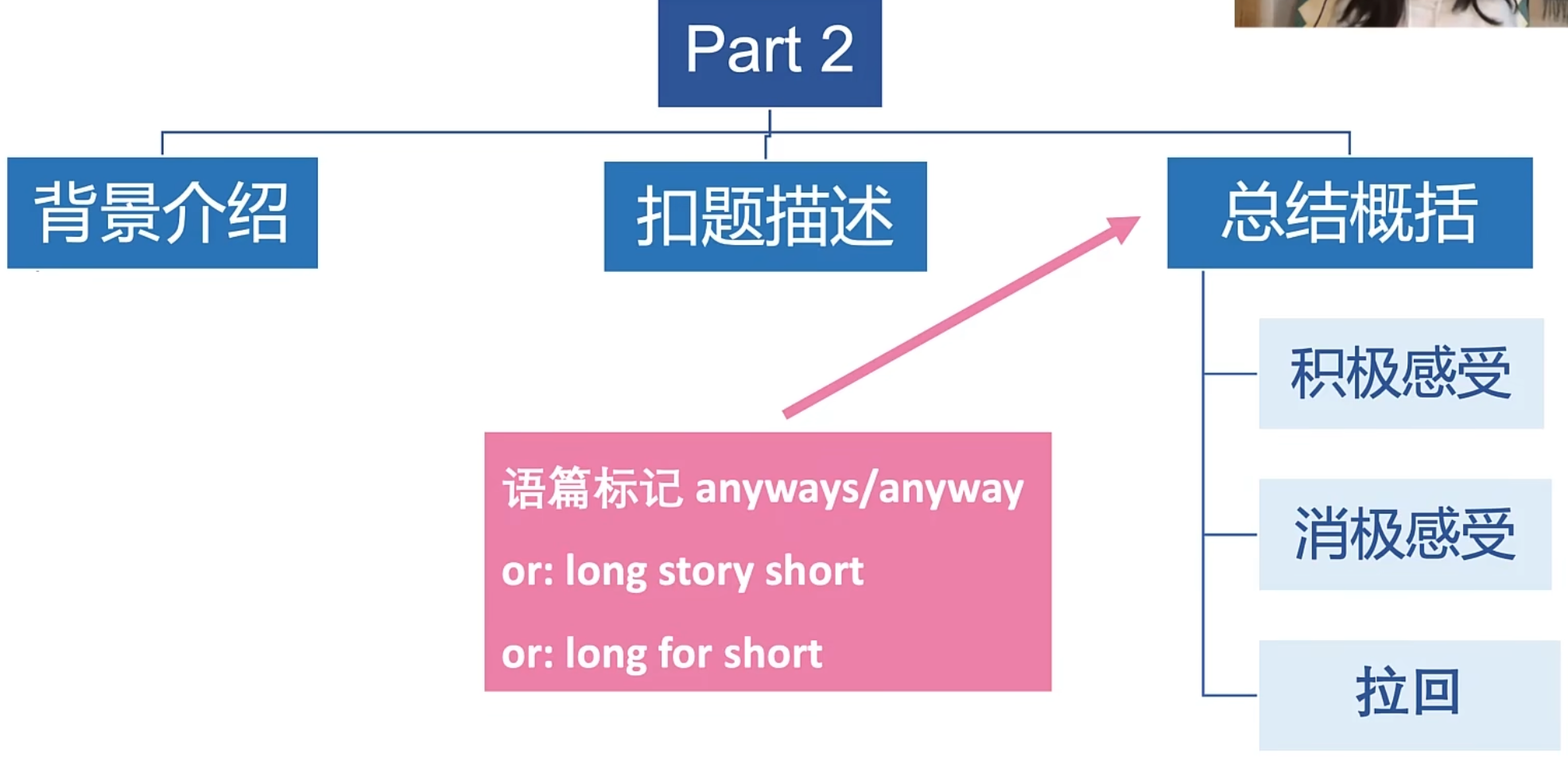
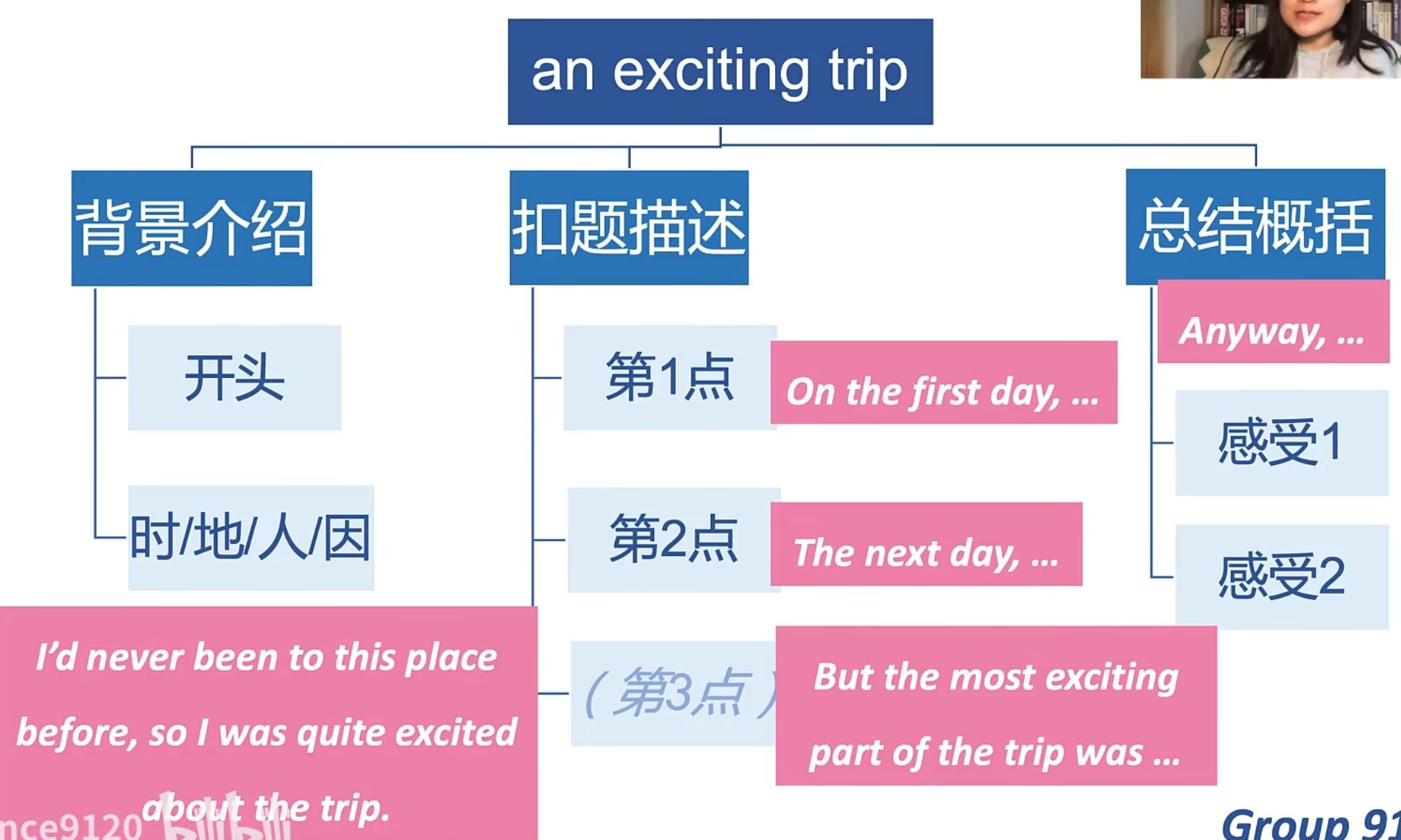
Brainstorming Method 2
5Ws 1H

Using 5Ws 1H
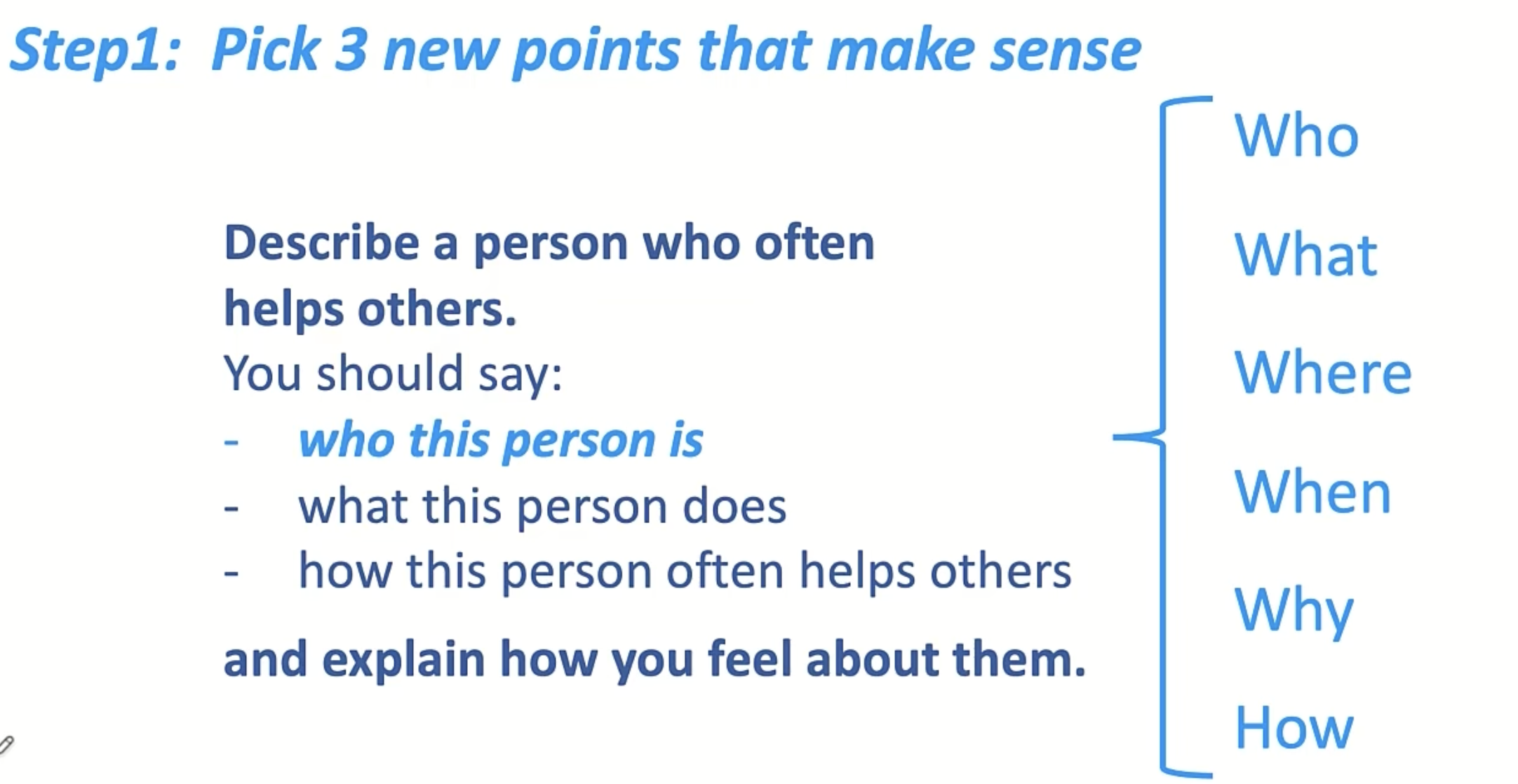
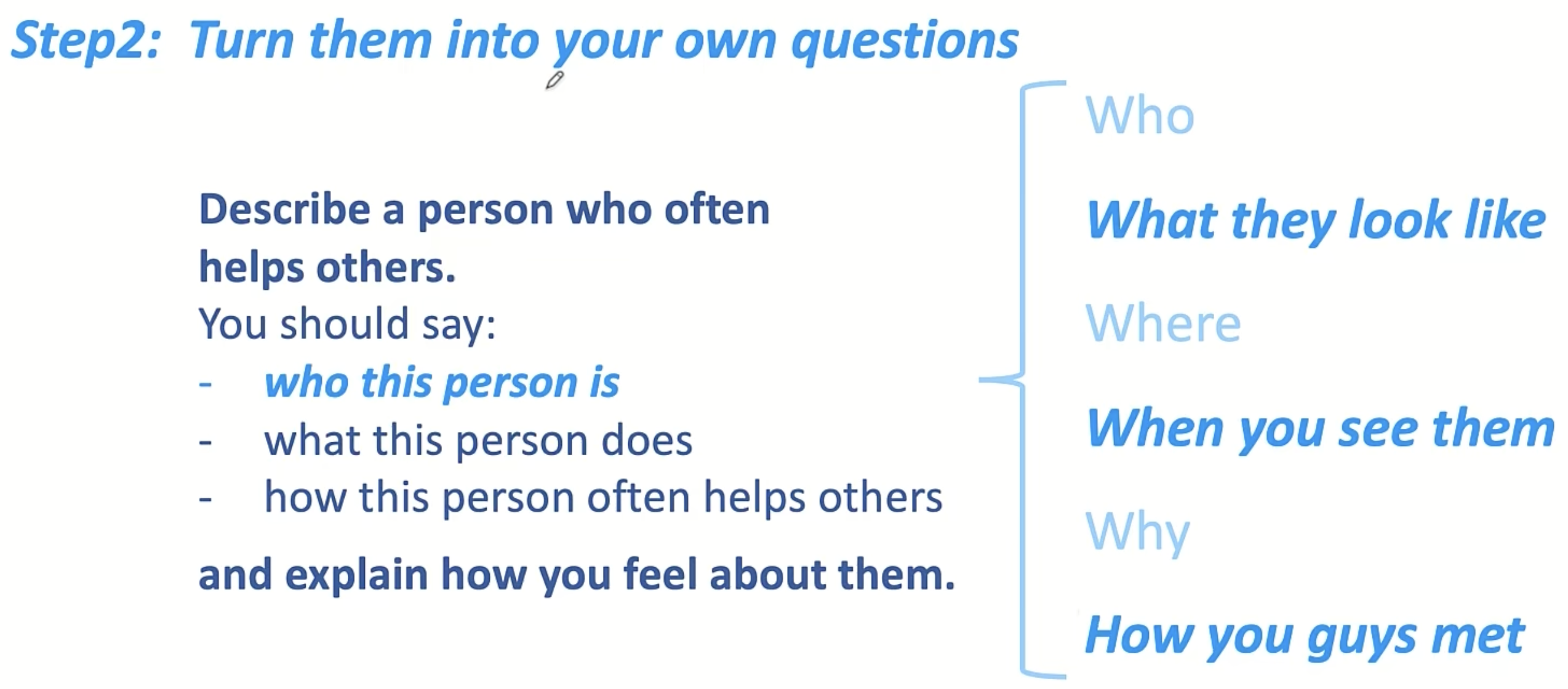
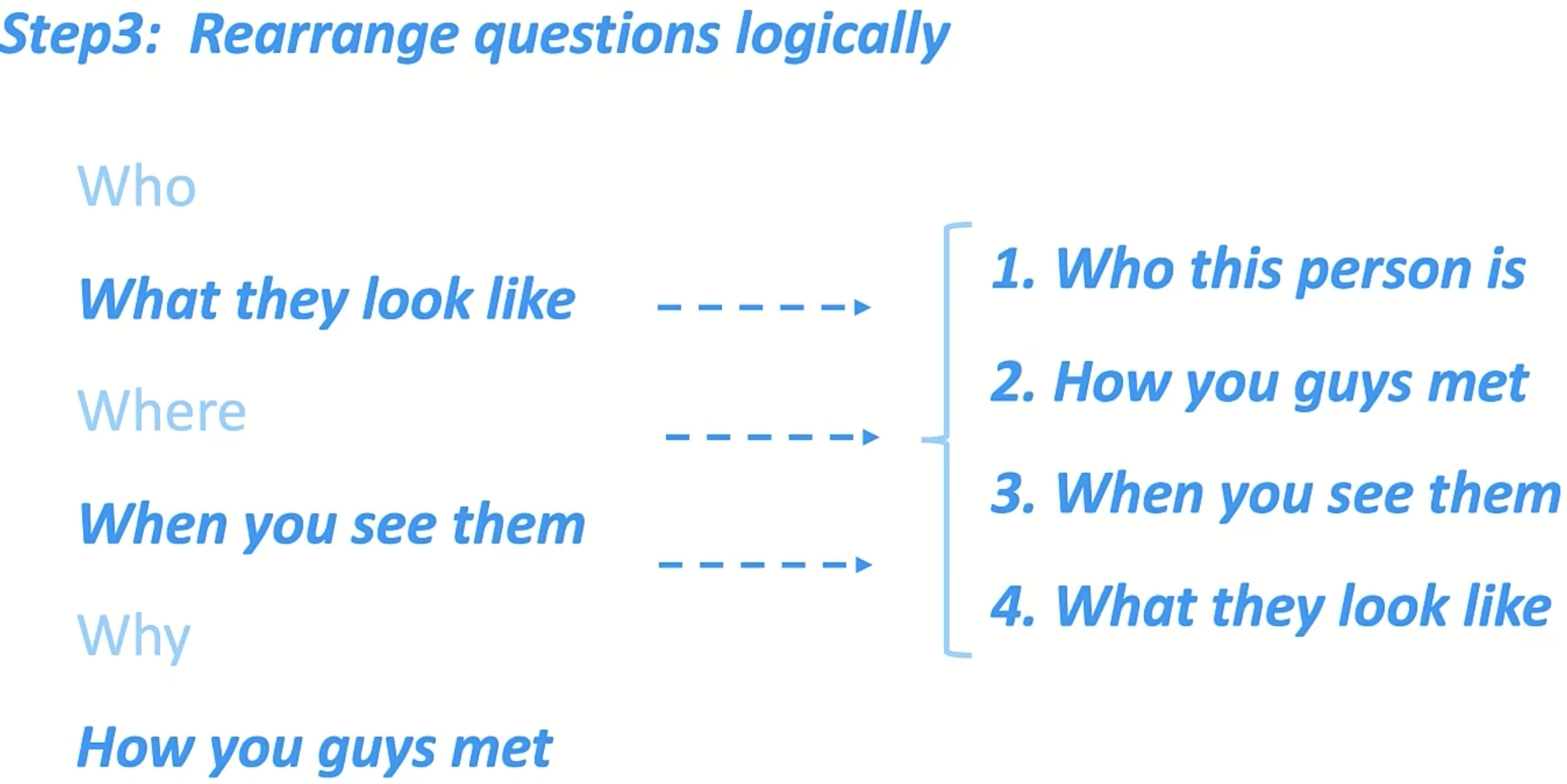
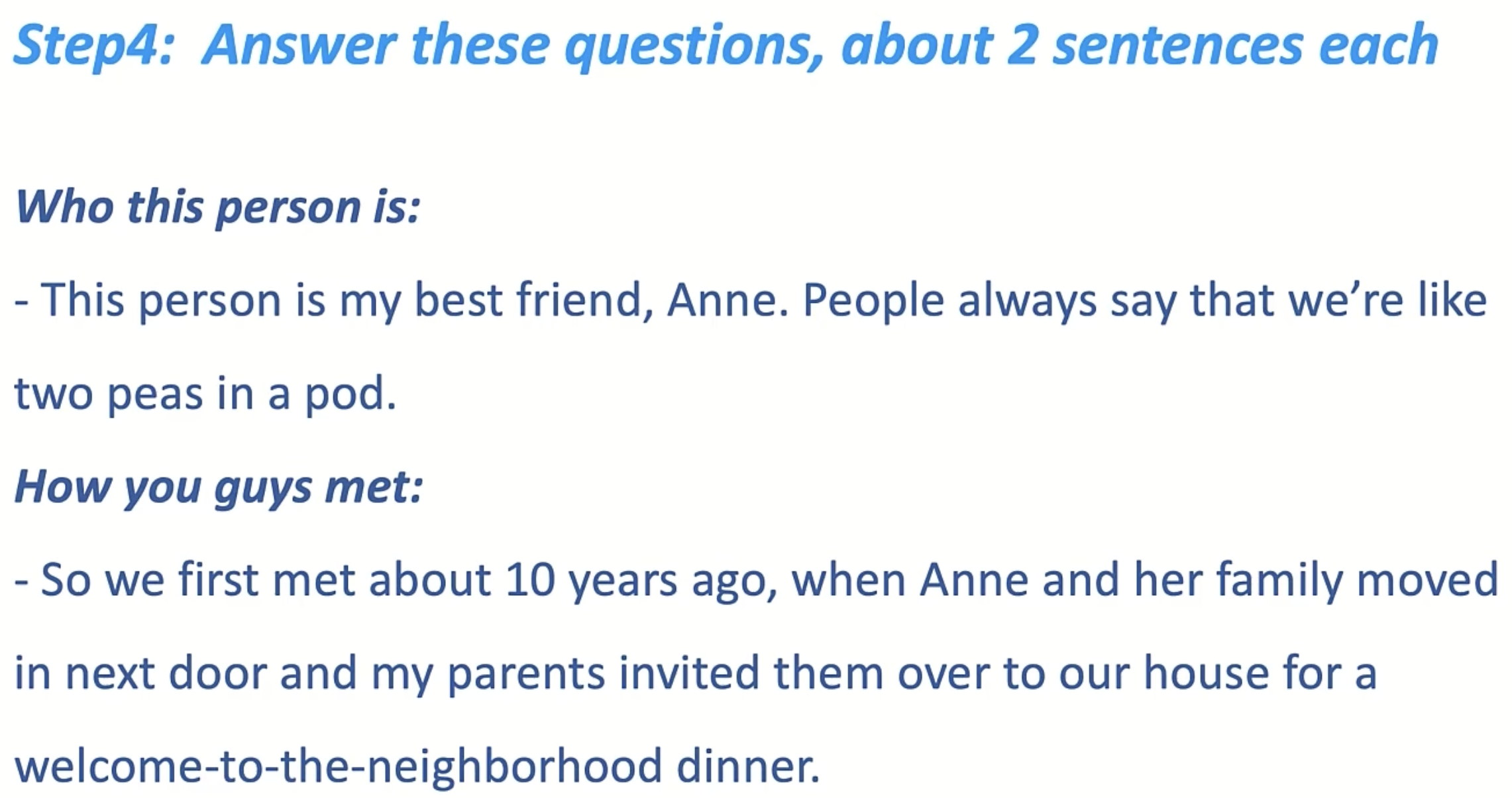

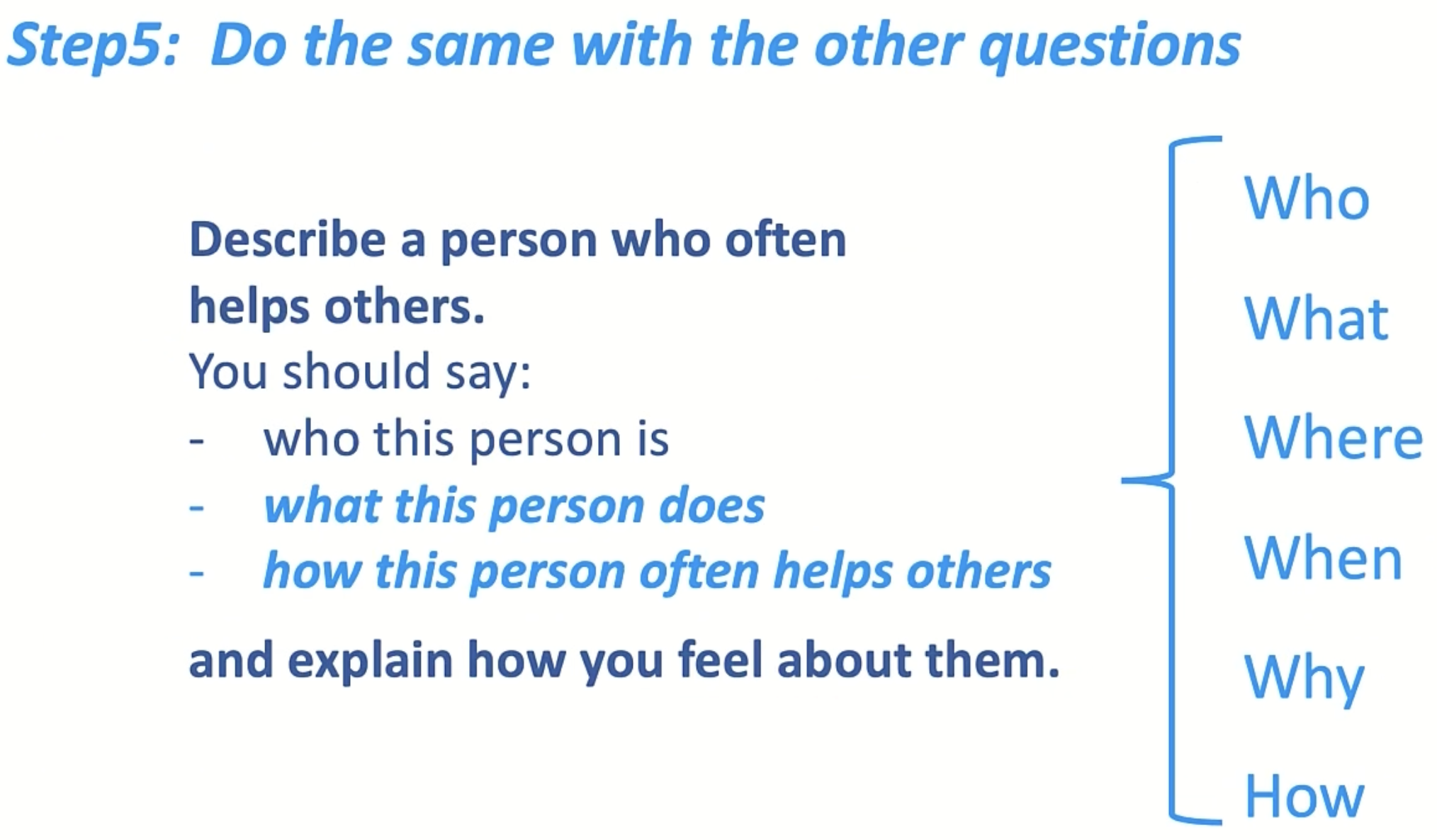
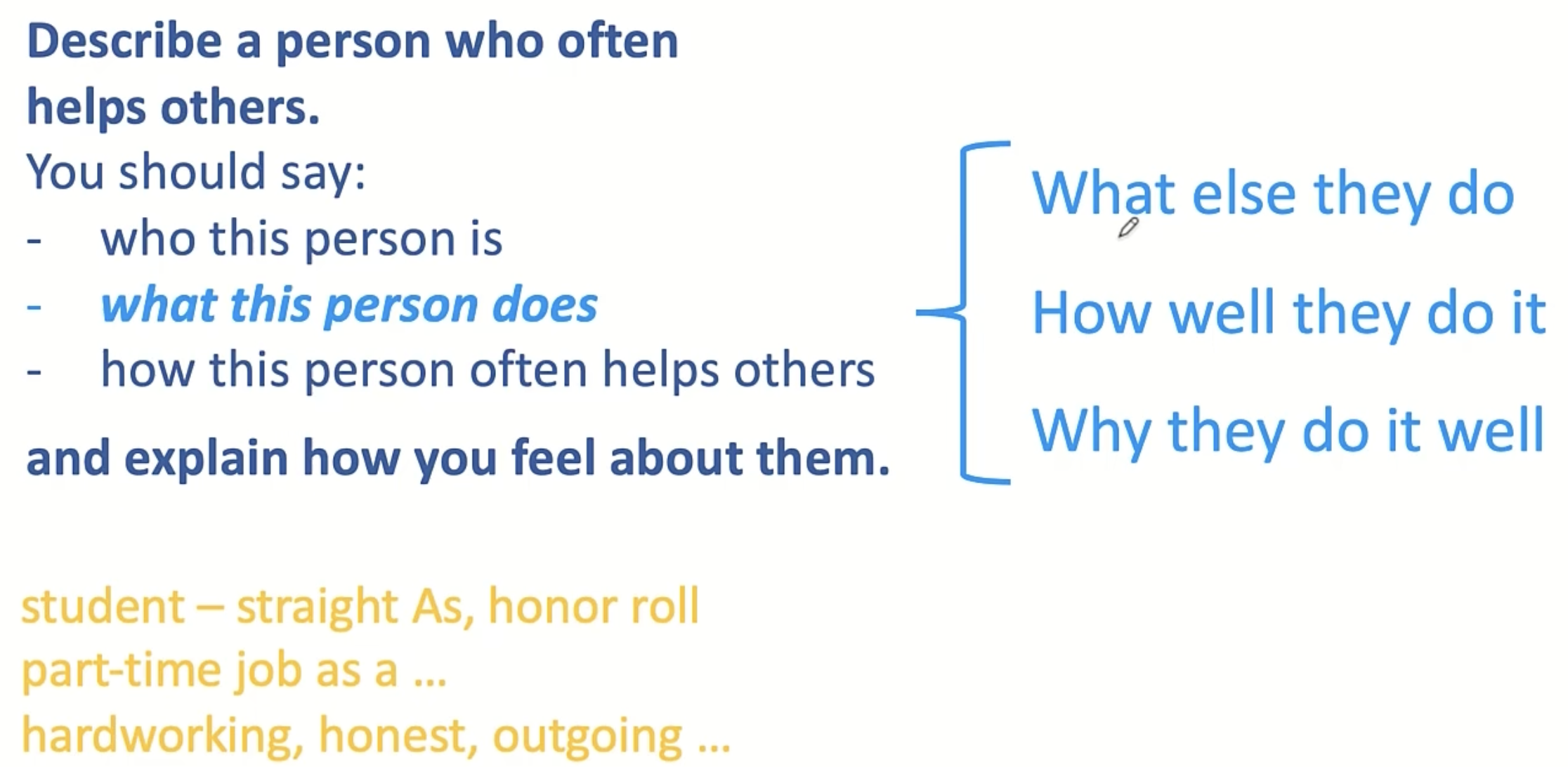
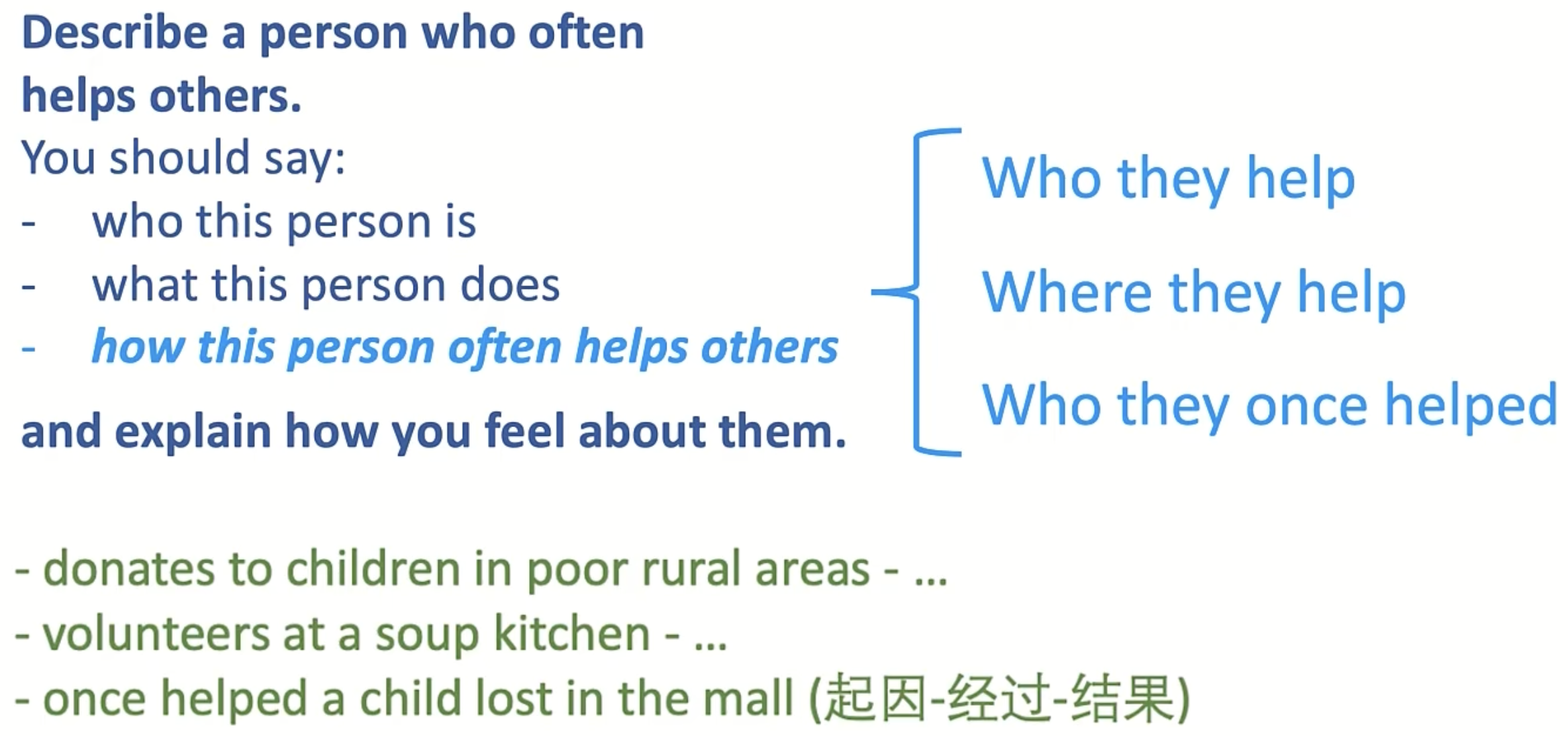

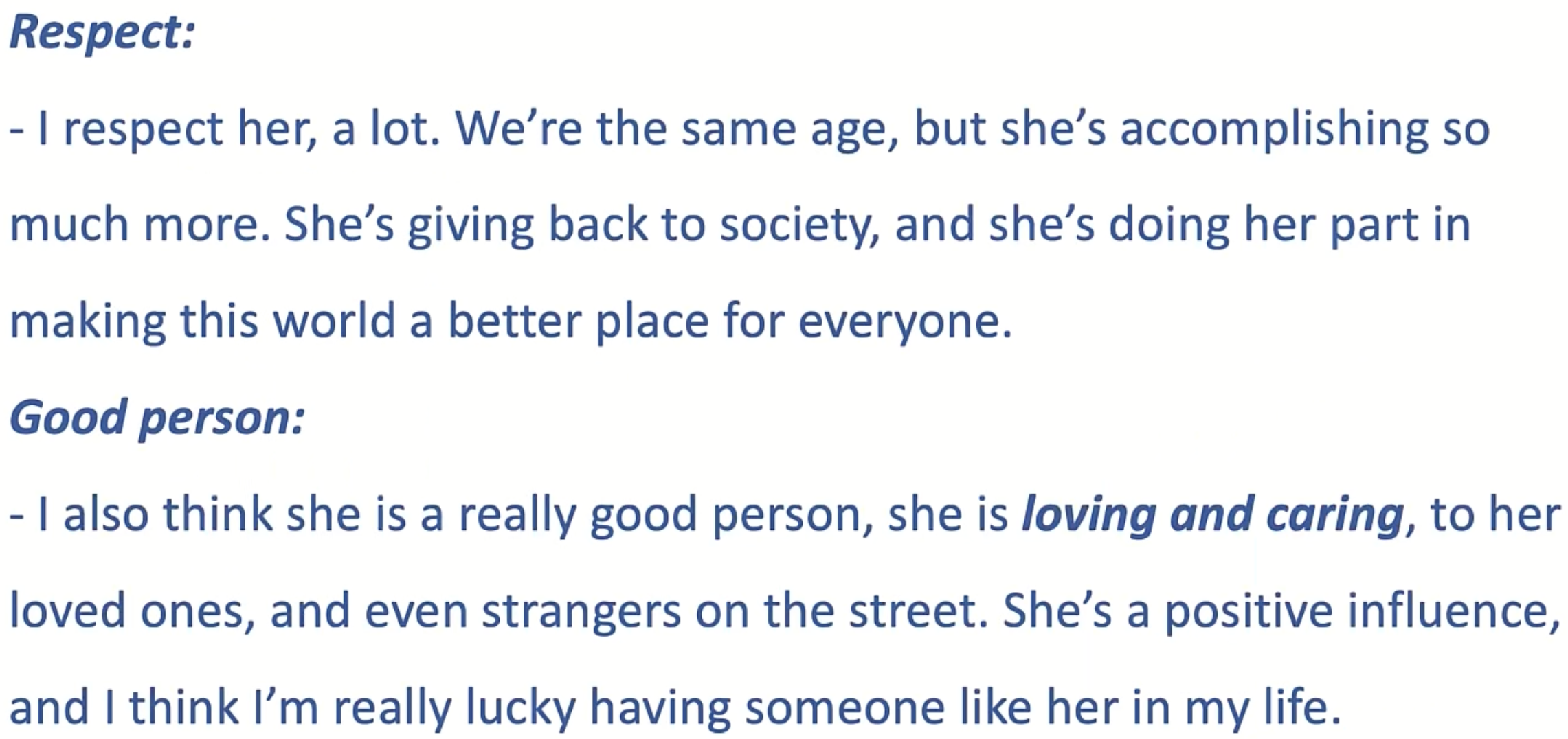
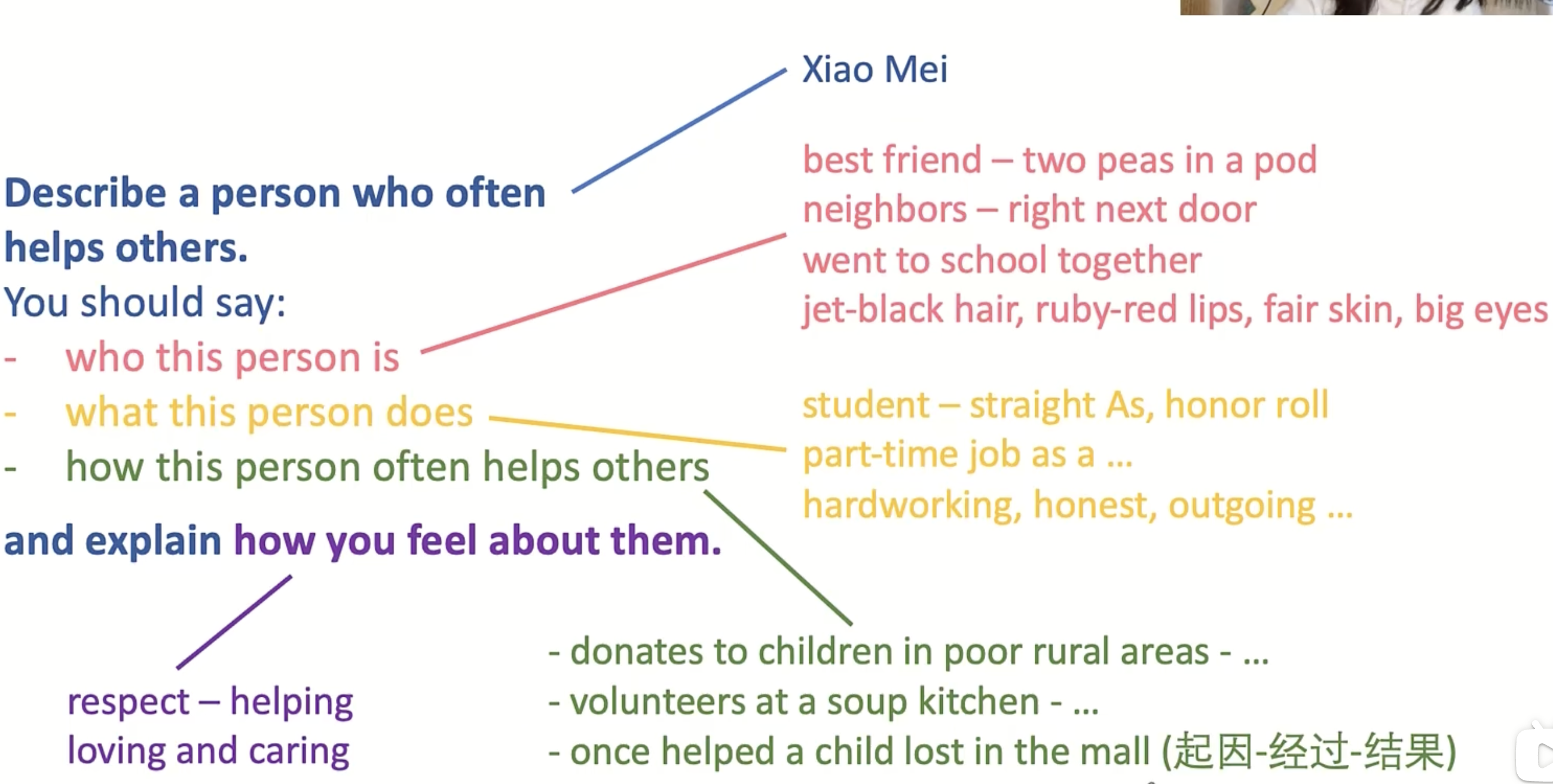
Steps for brainstorming

Useful Frameworks

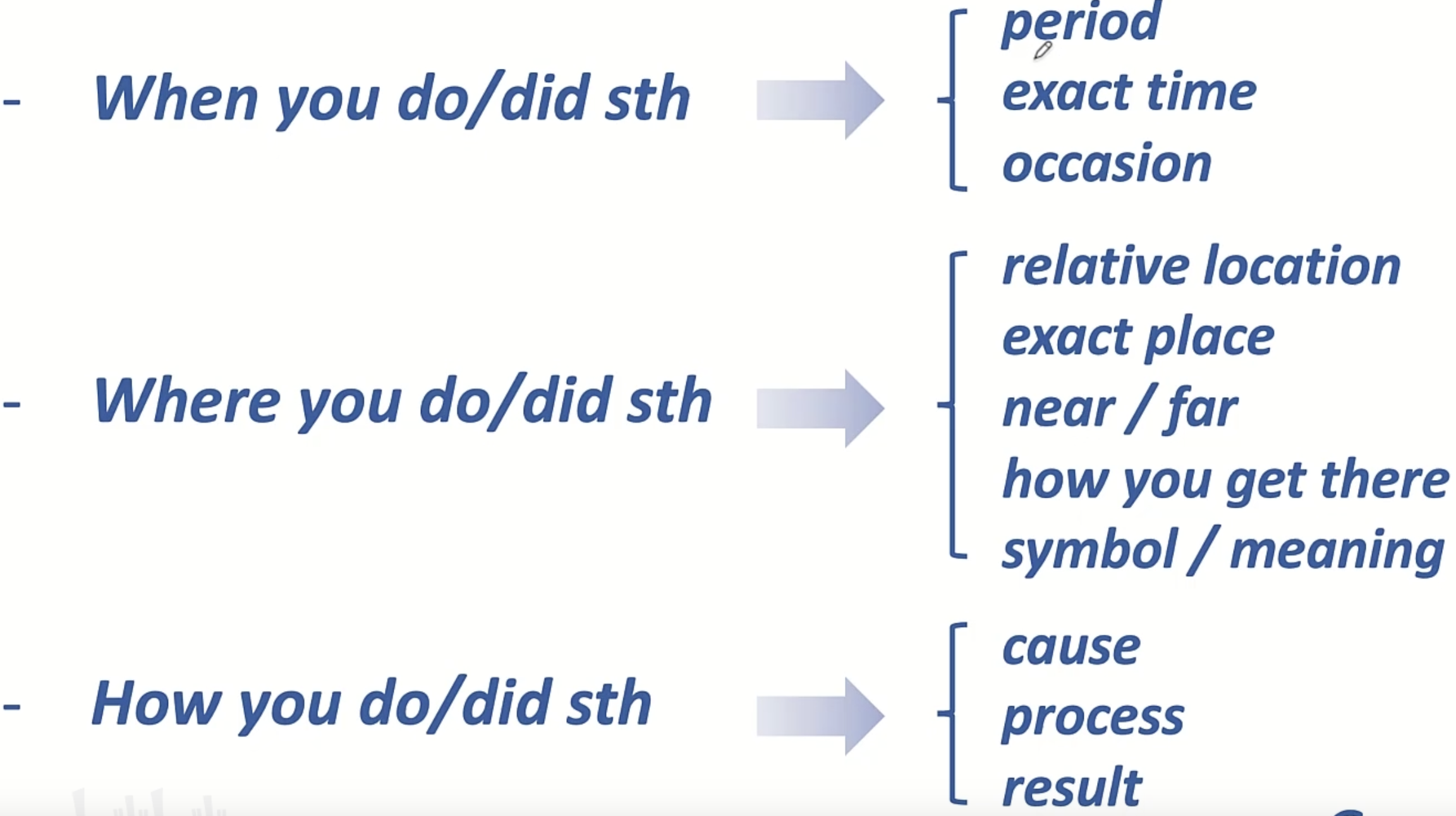
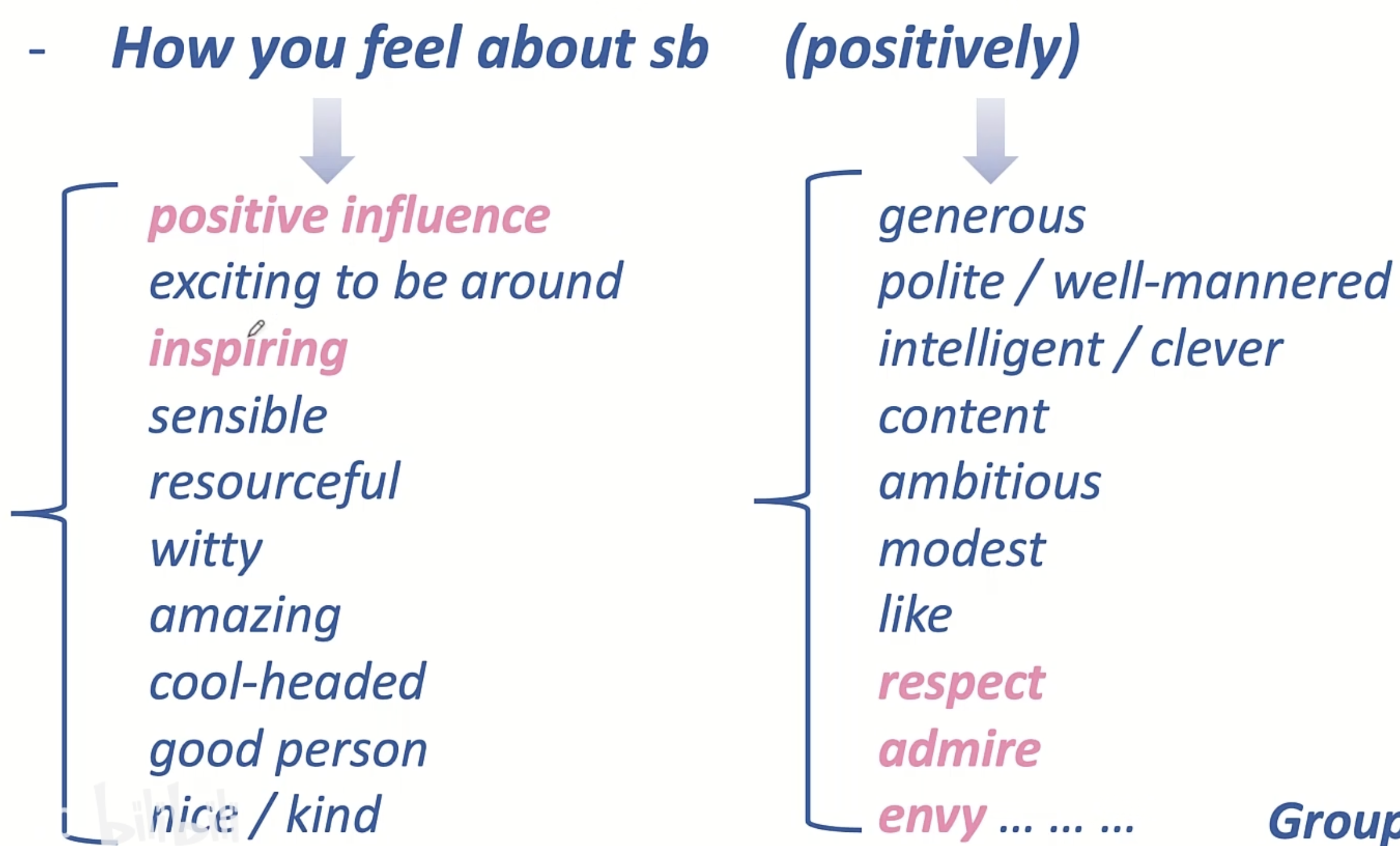

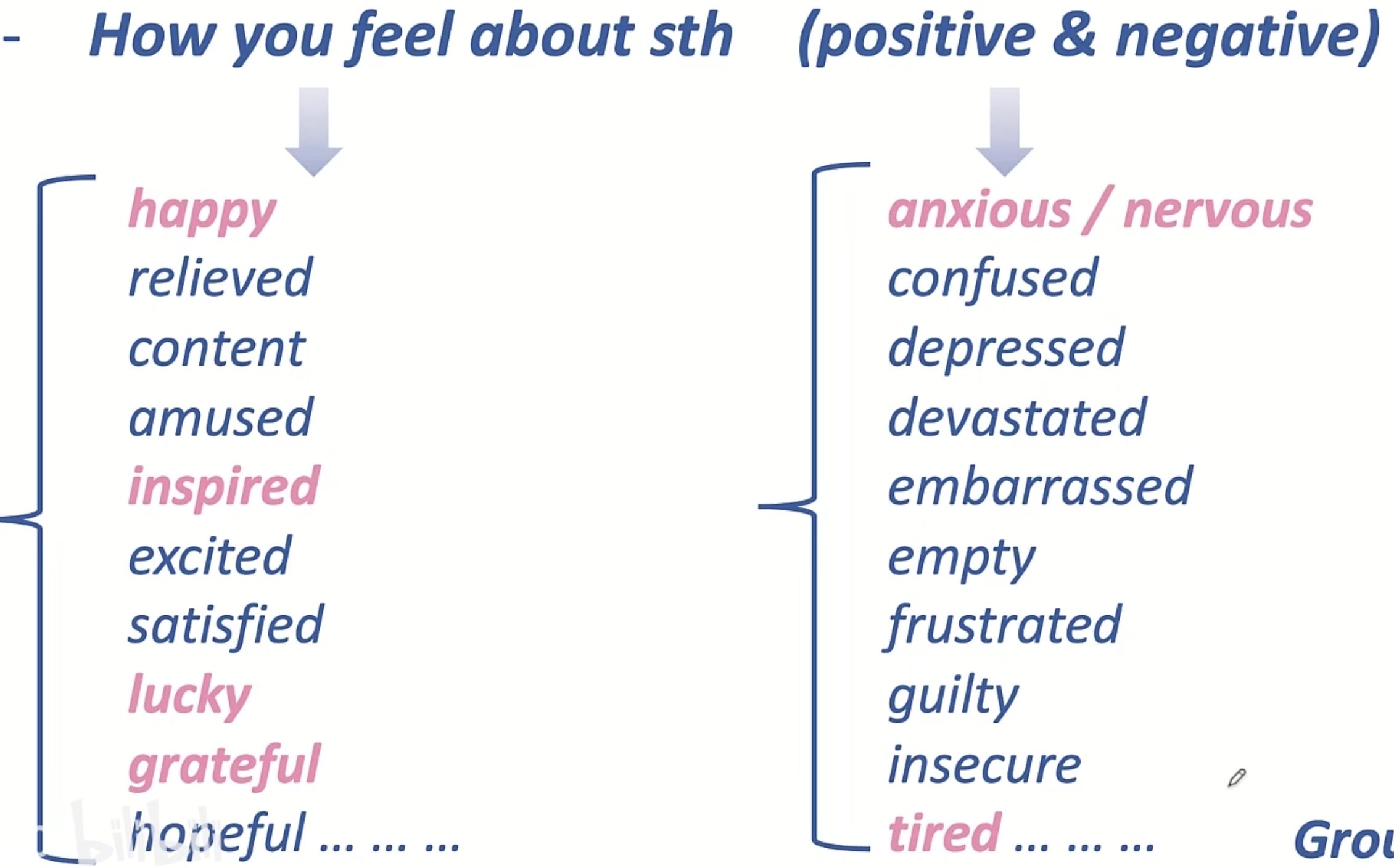
Taking notes
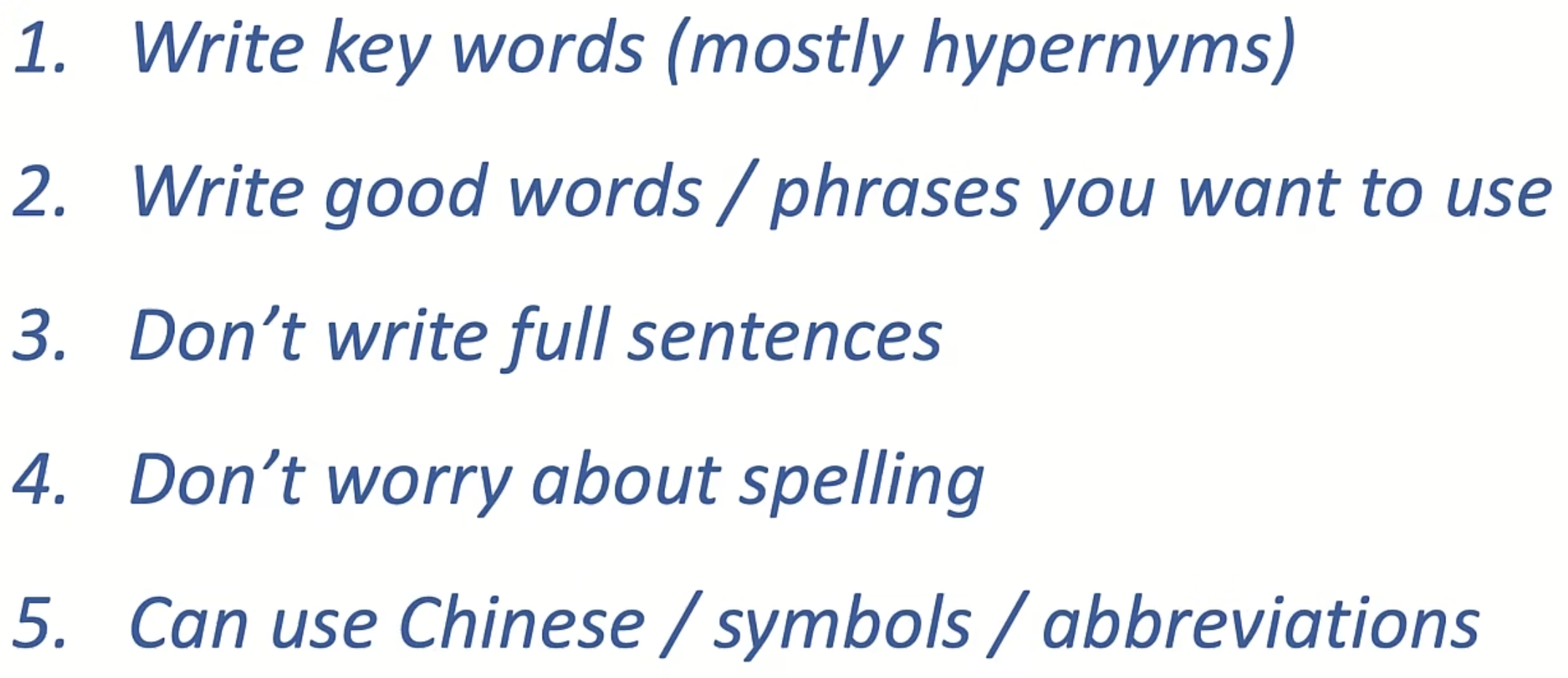
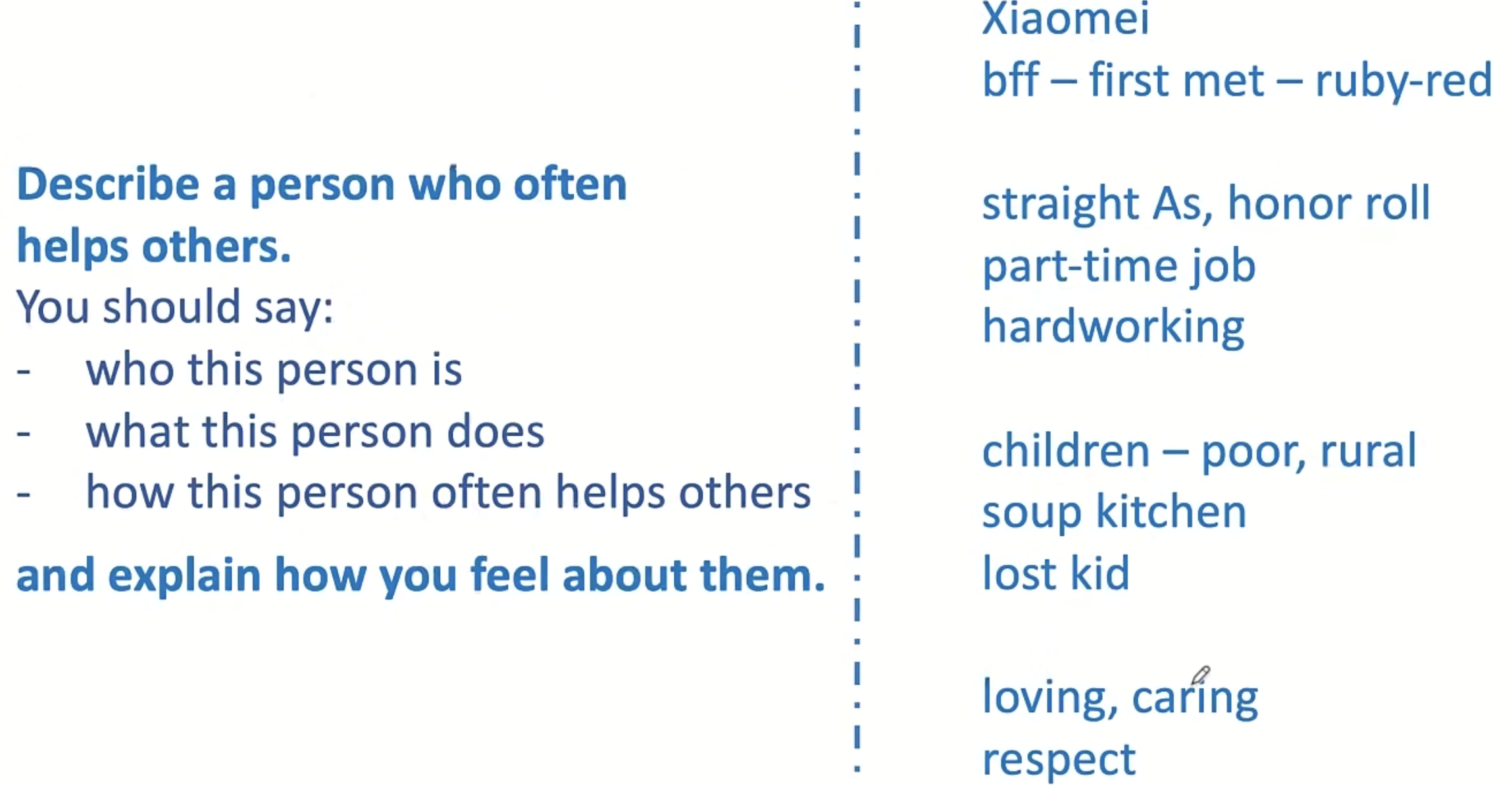

Giving Answers
Introducing Topic
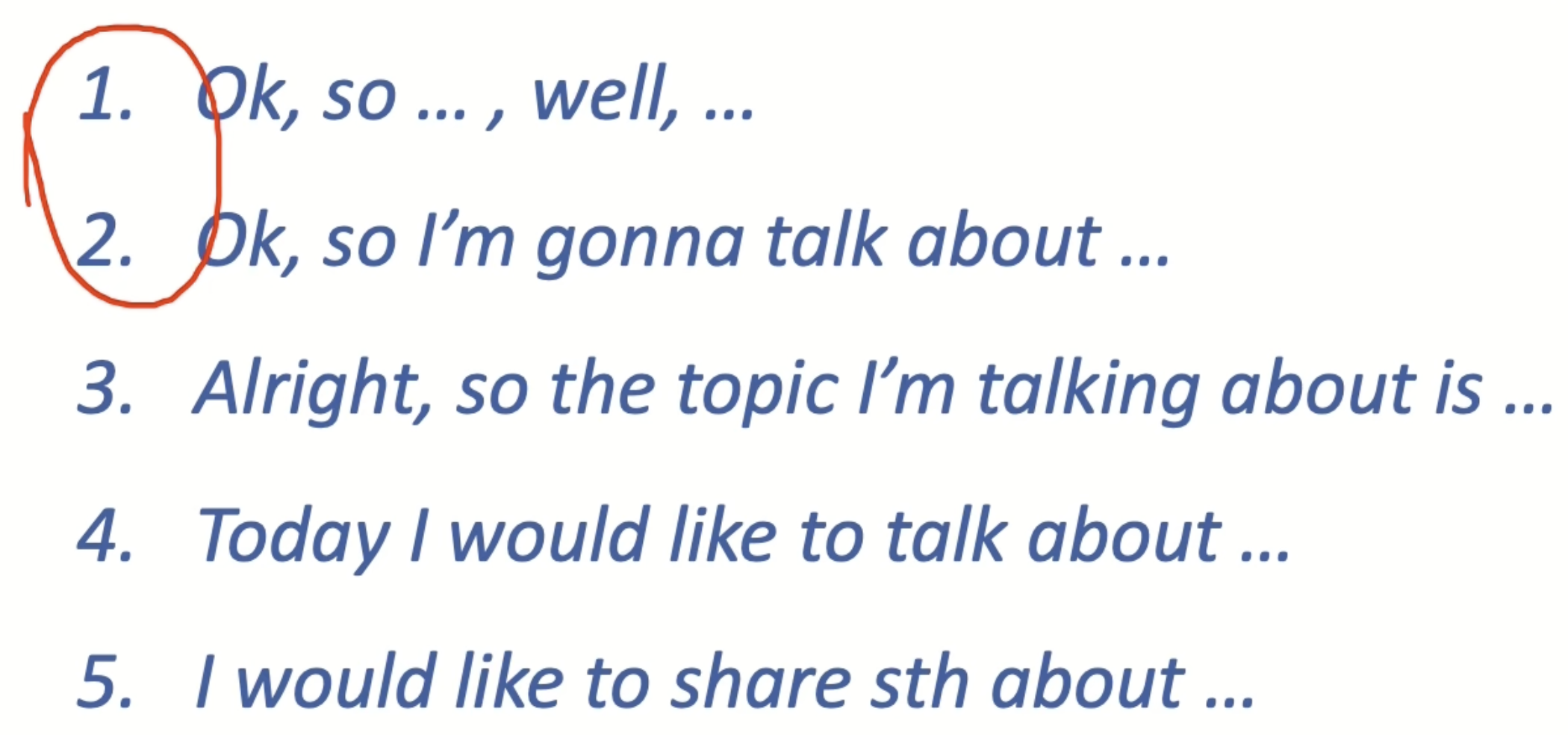


Introducing New Points
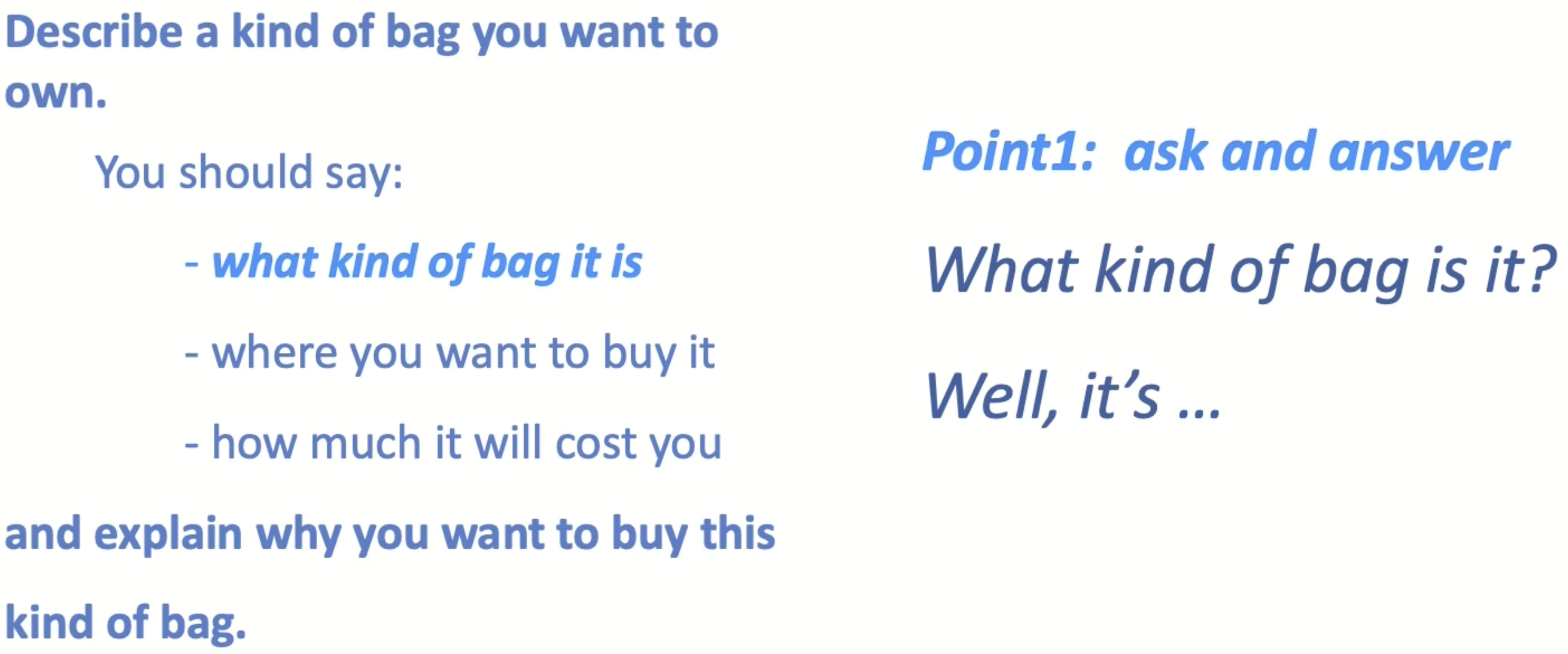
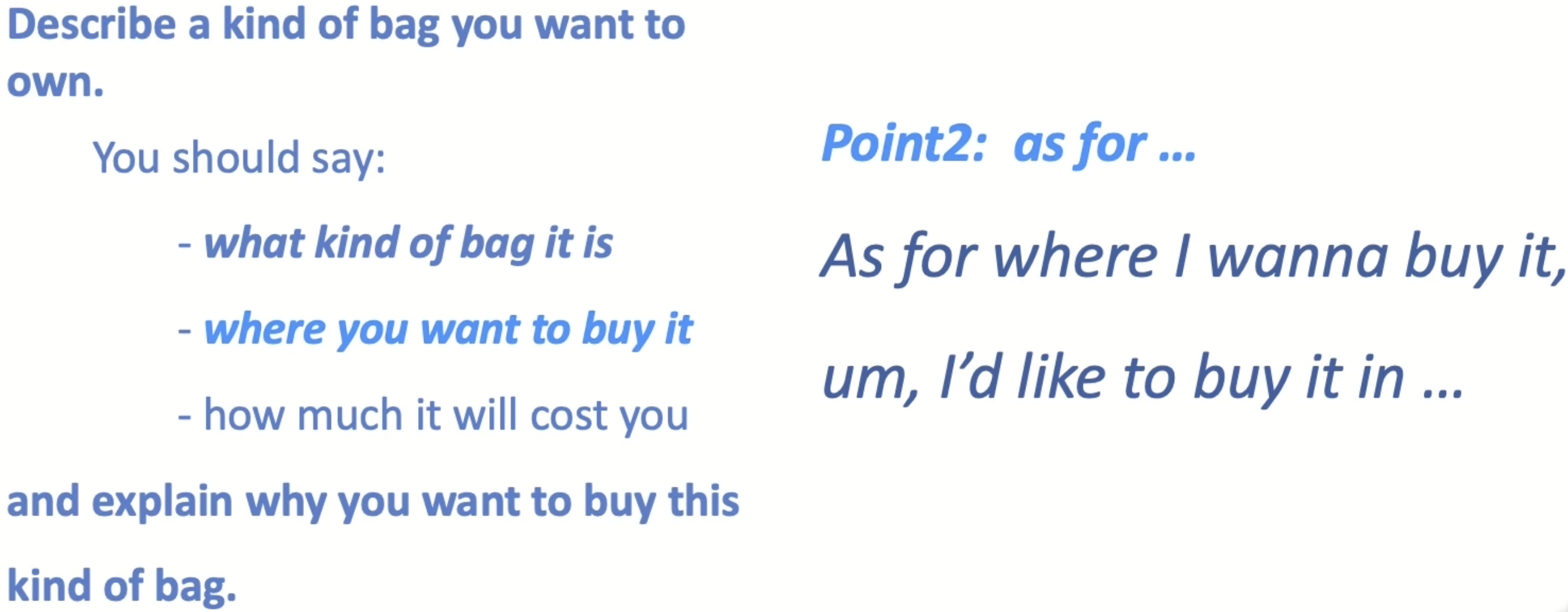
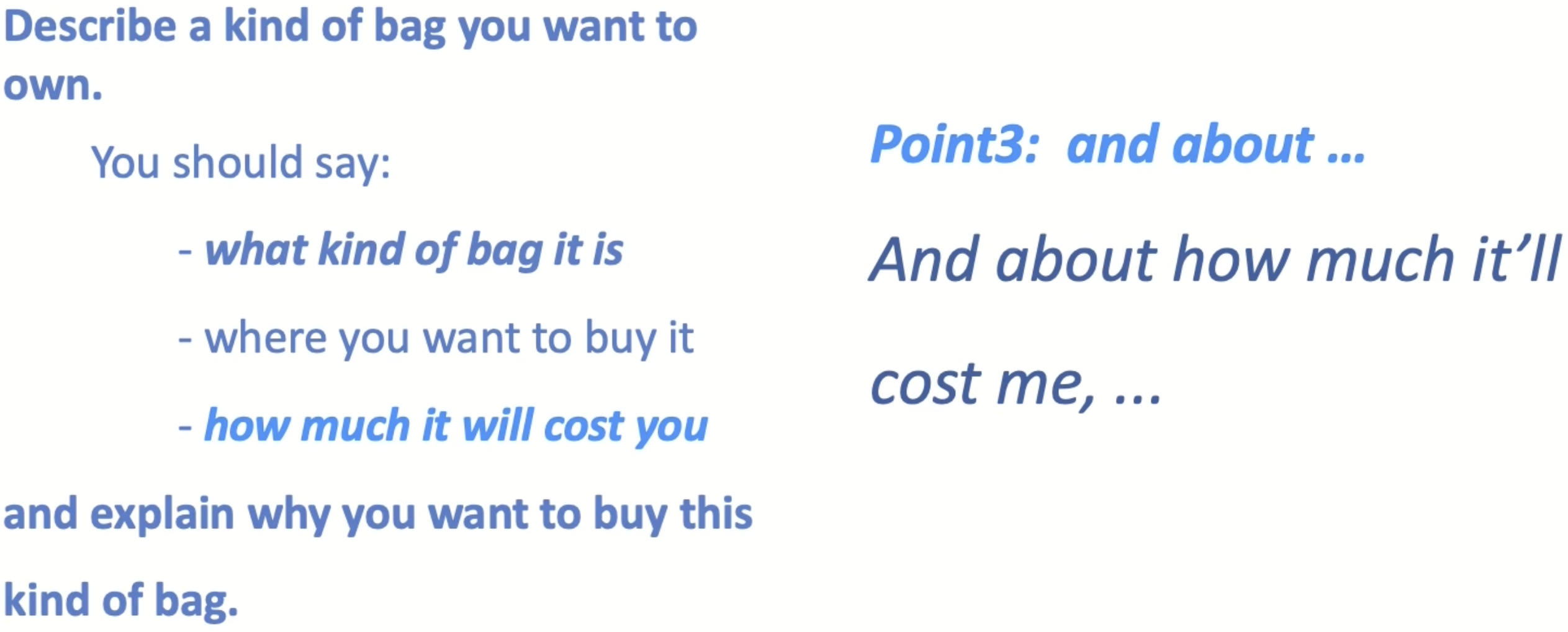
Recycling Material



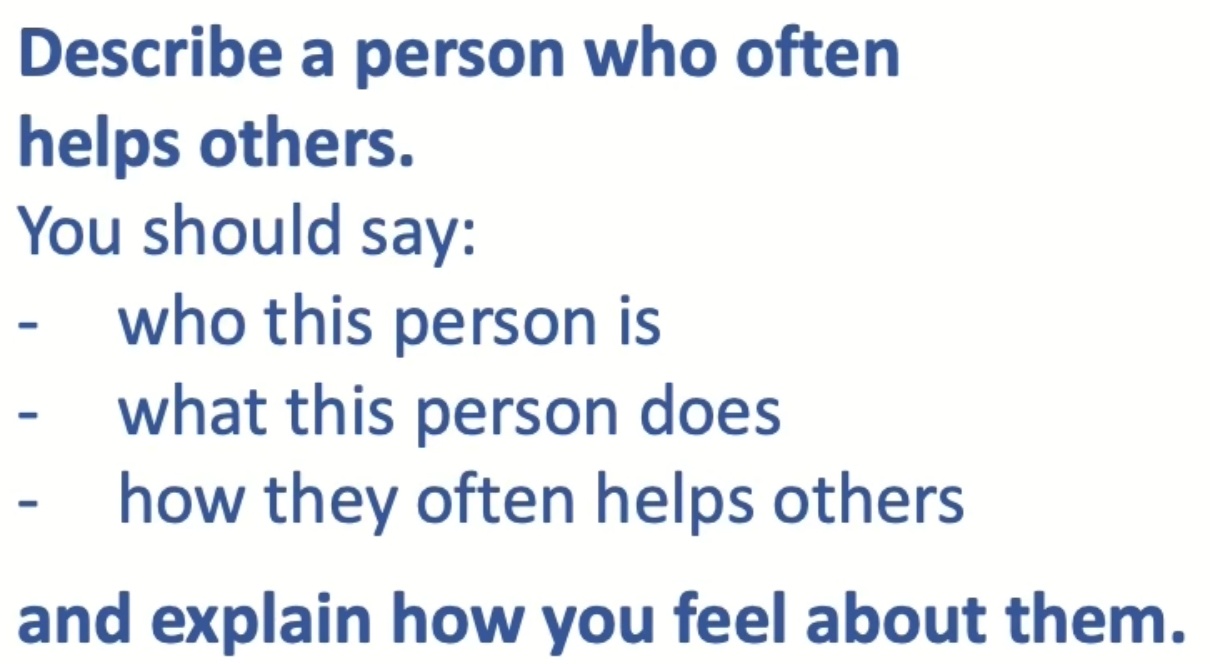
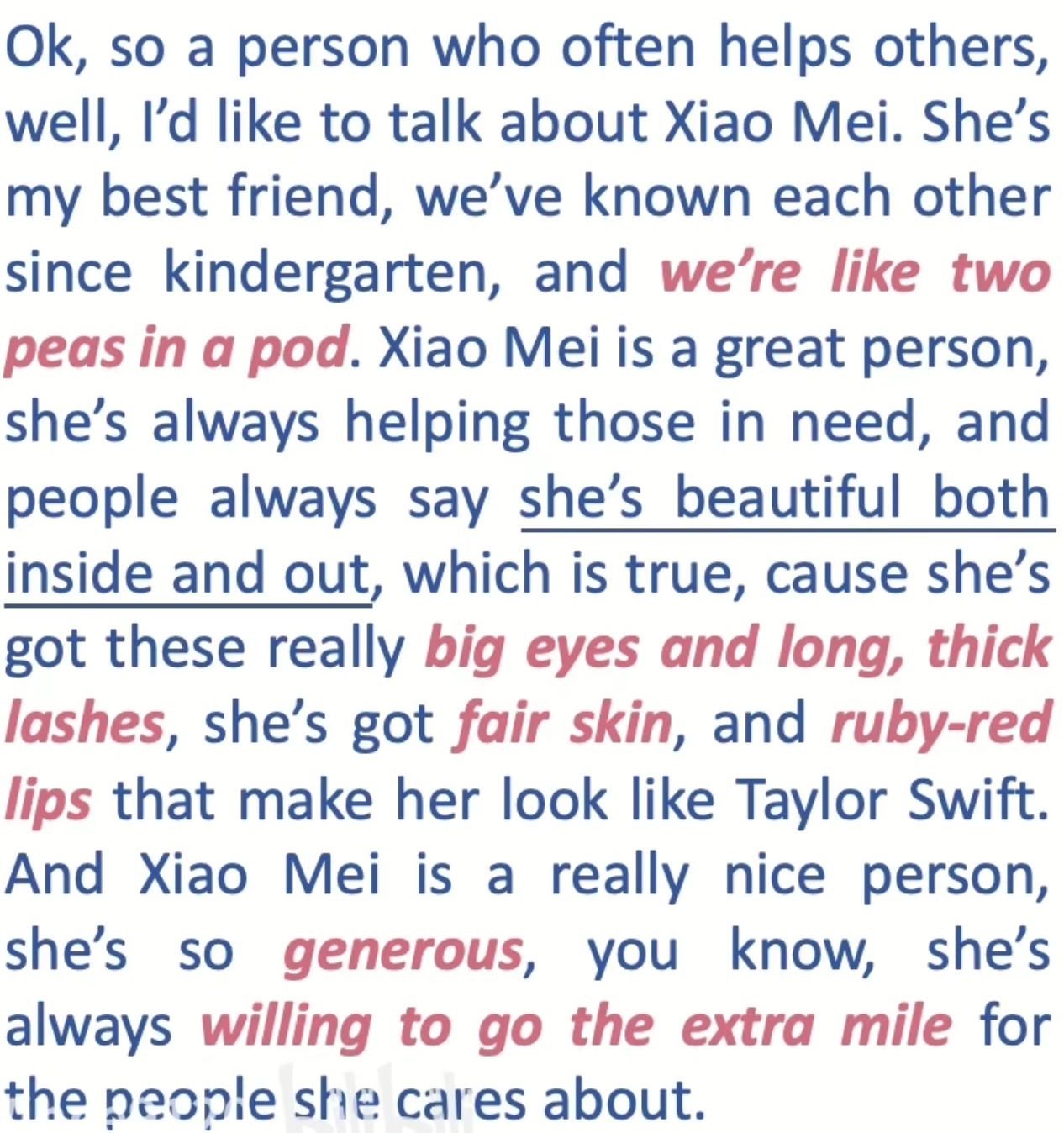




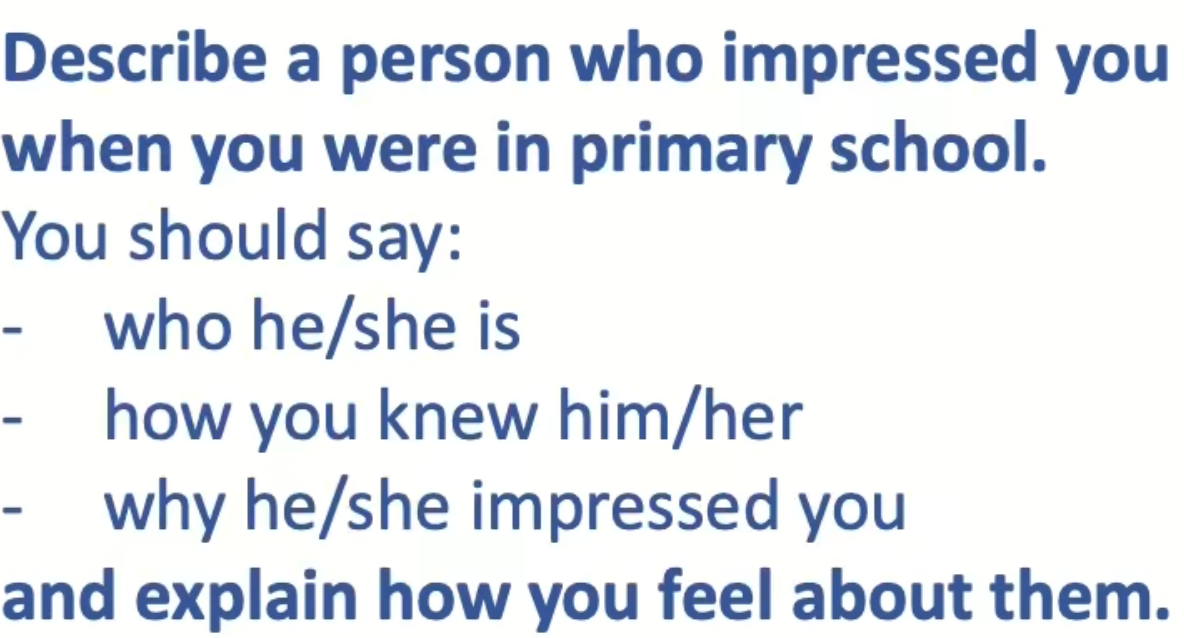
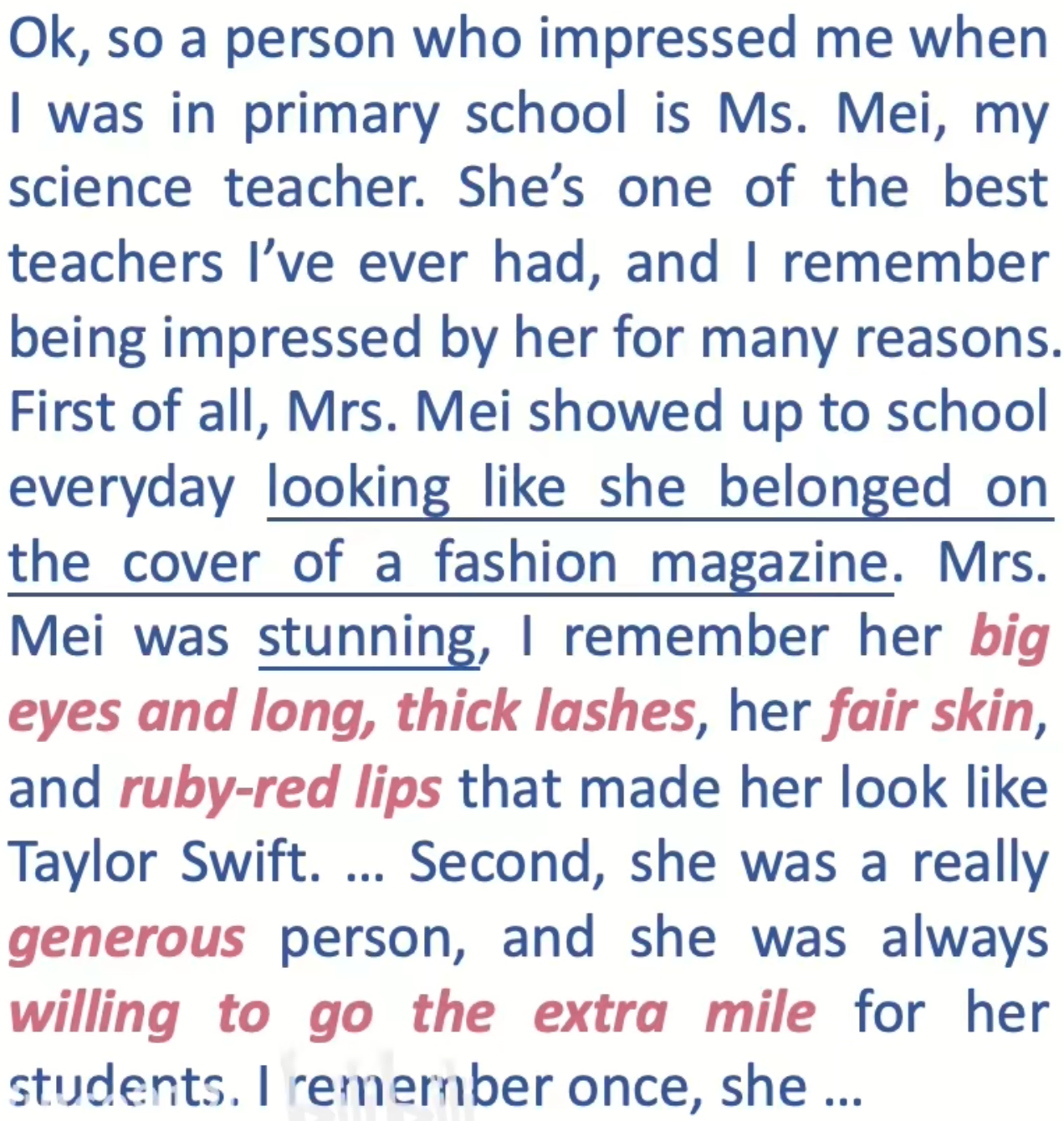

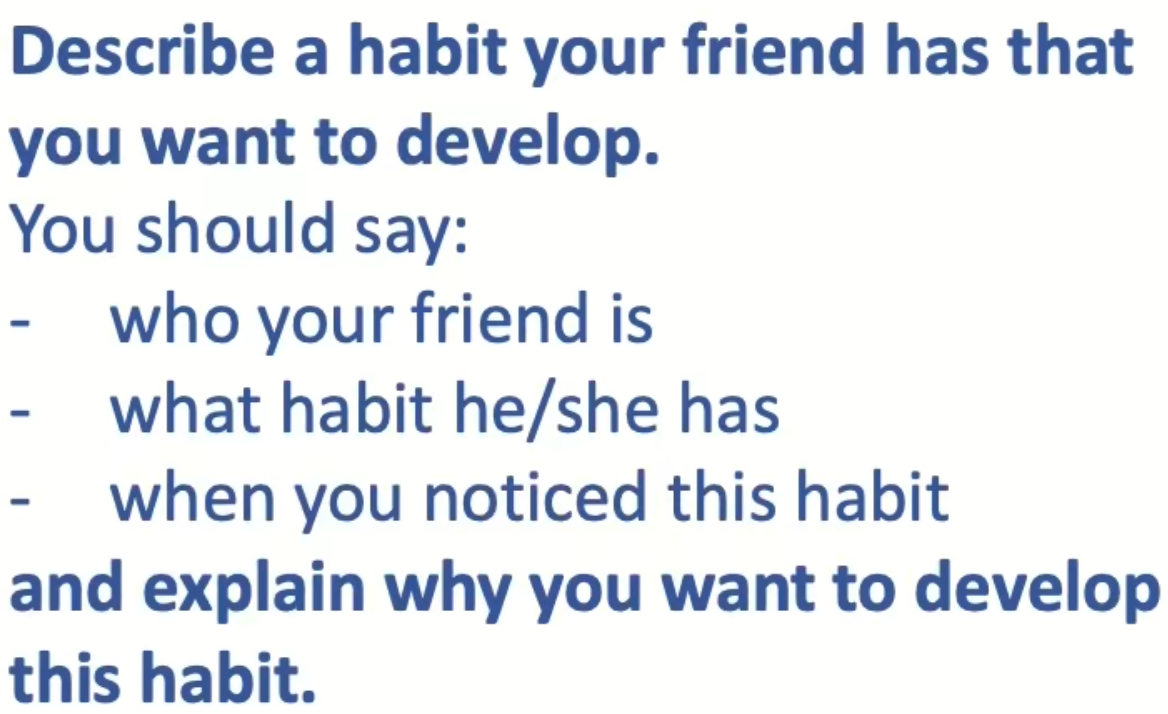





Staying On Topic






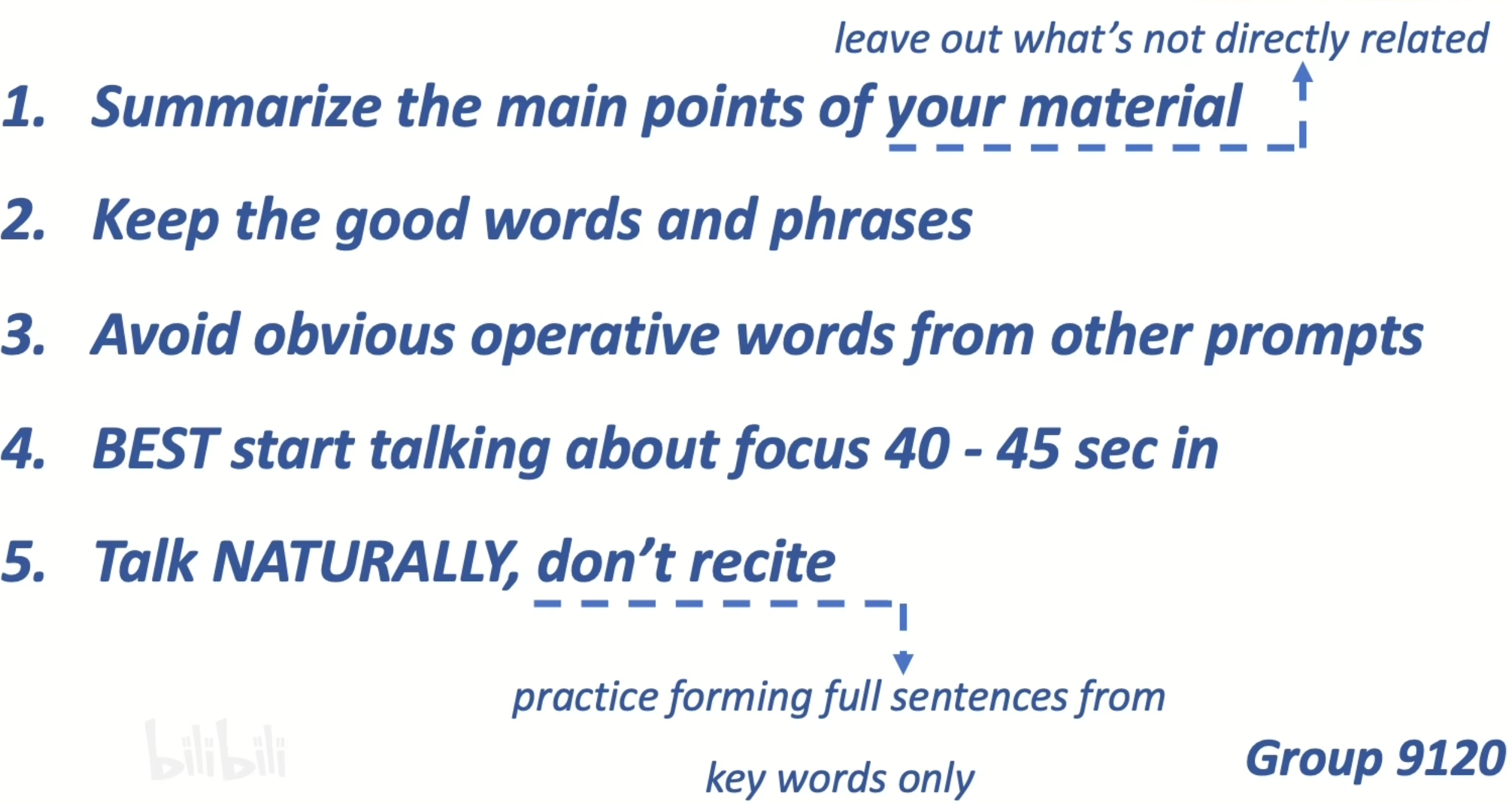






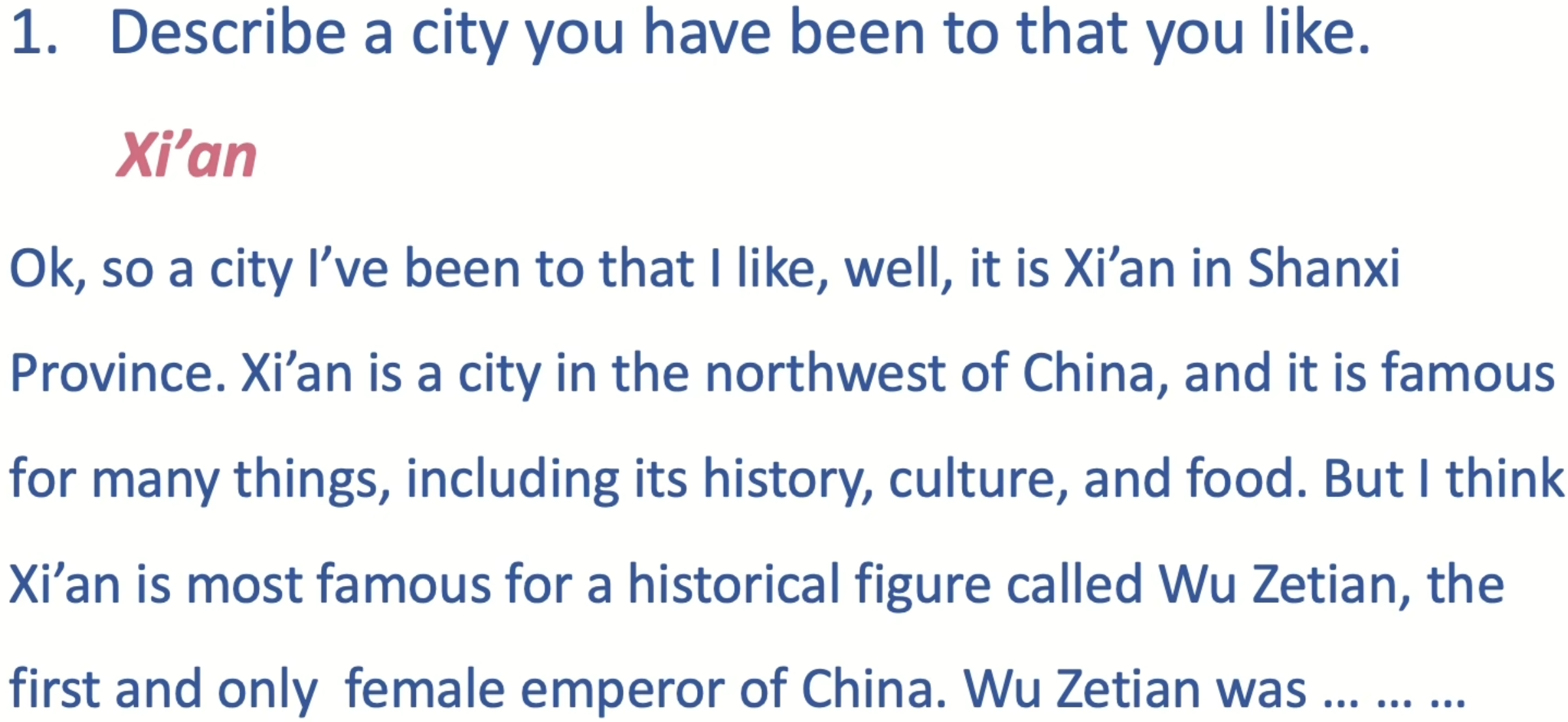










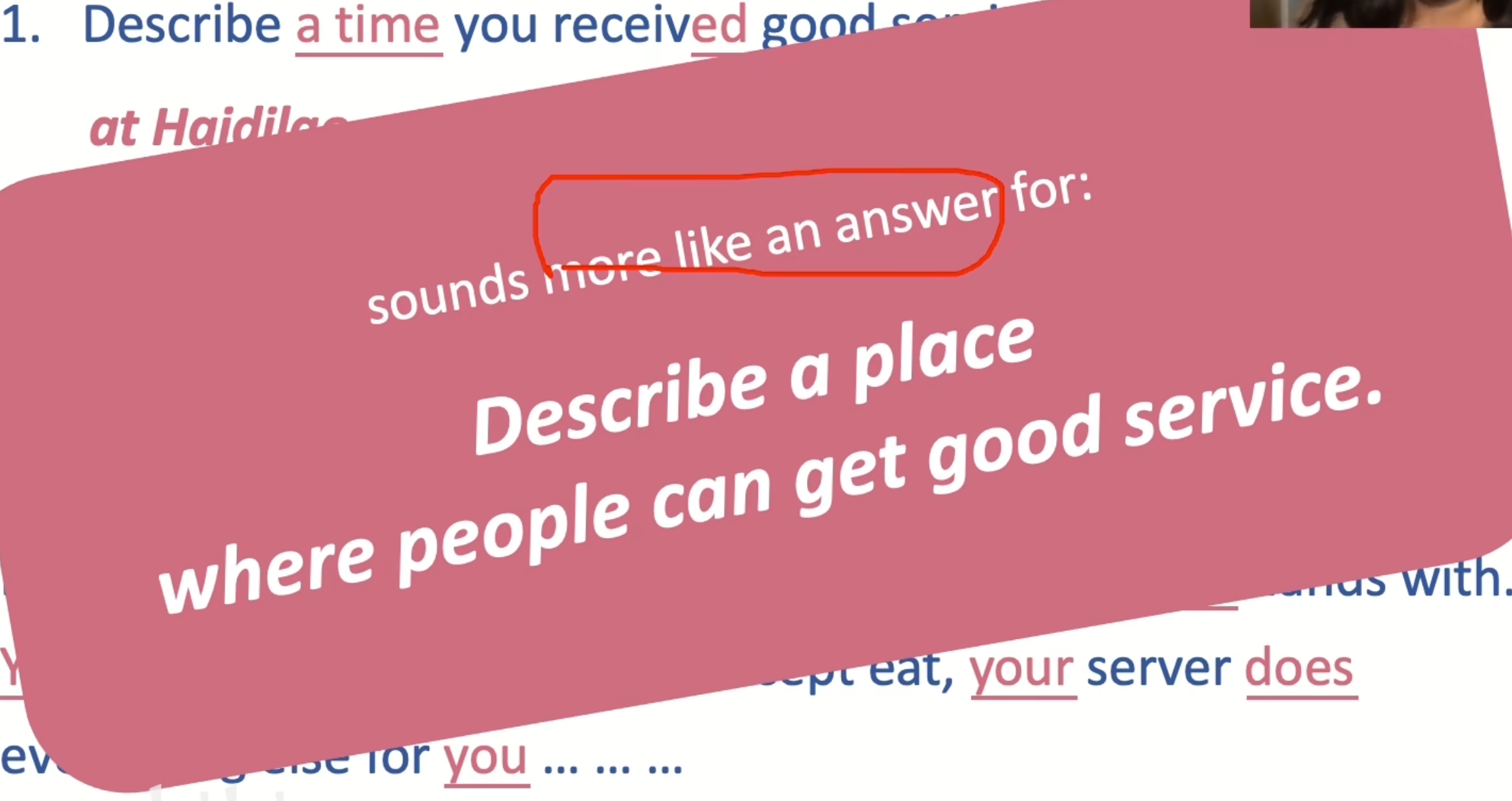


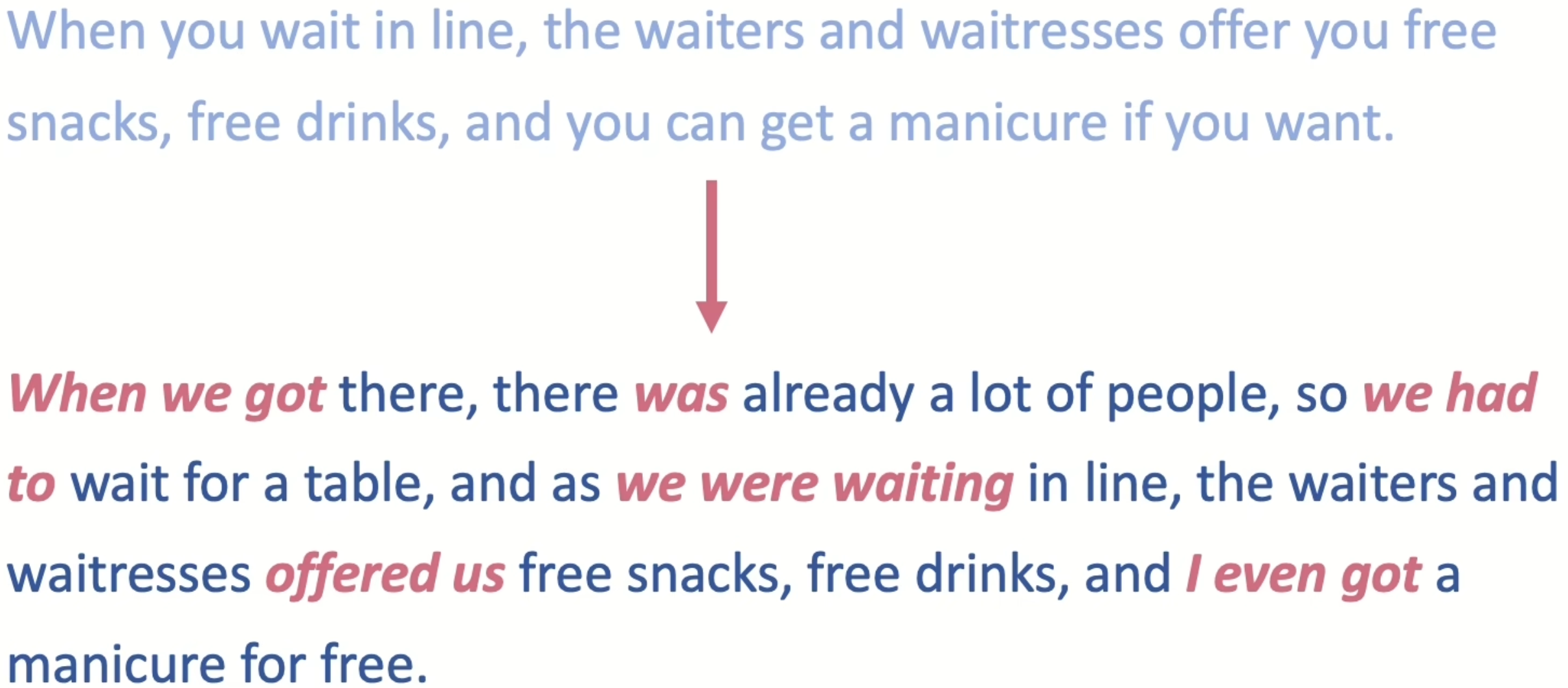

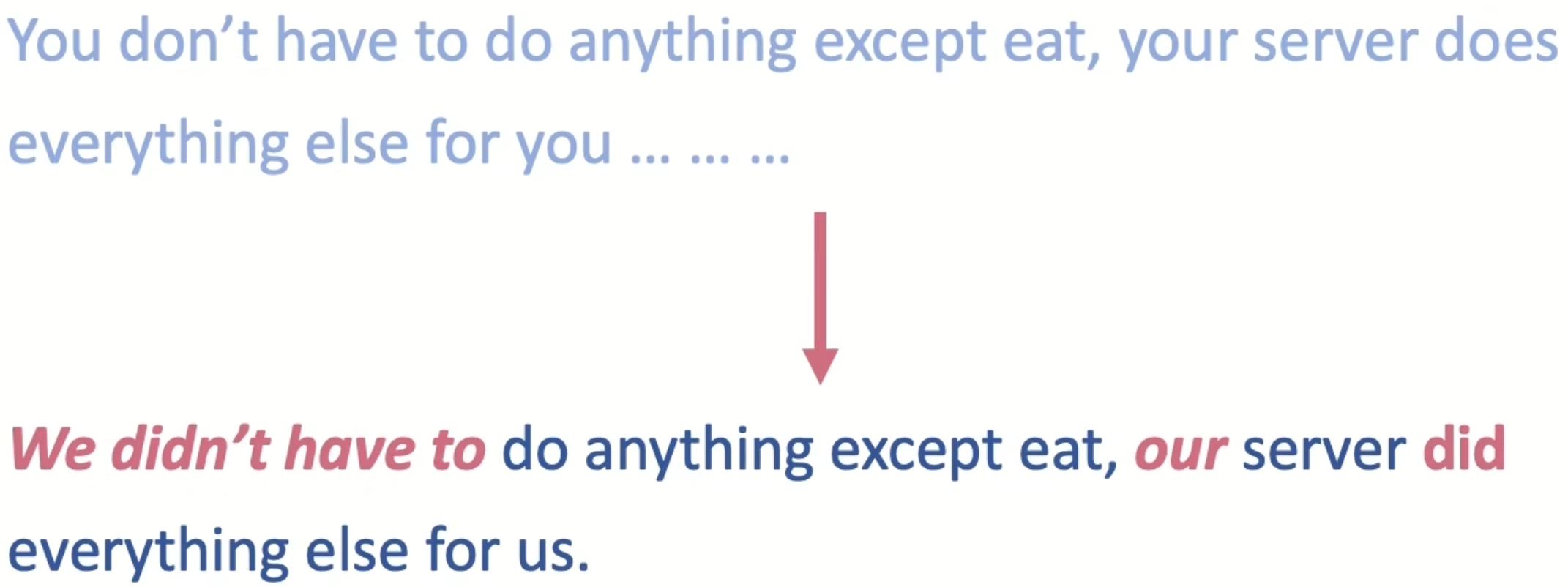


Filling up Time
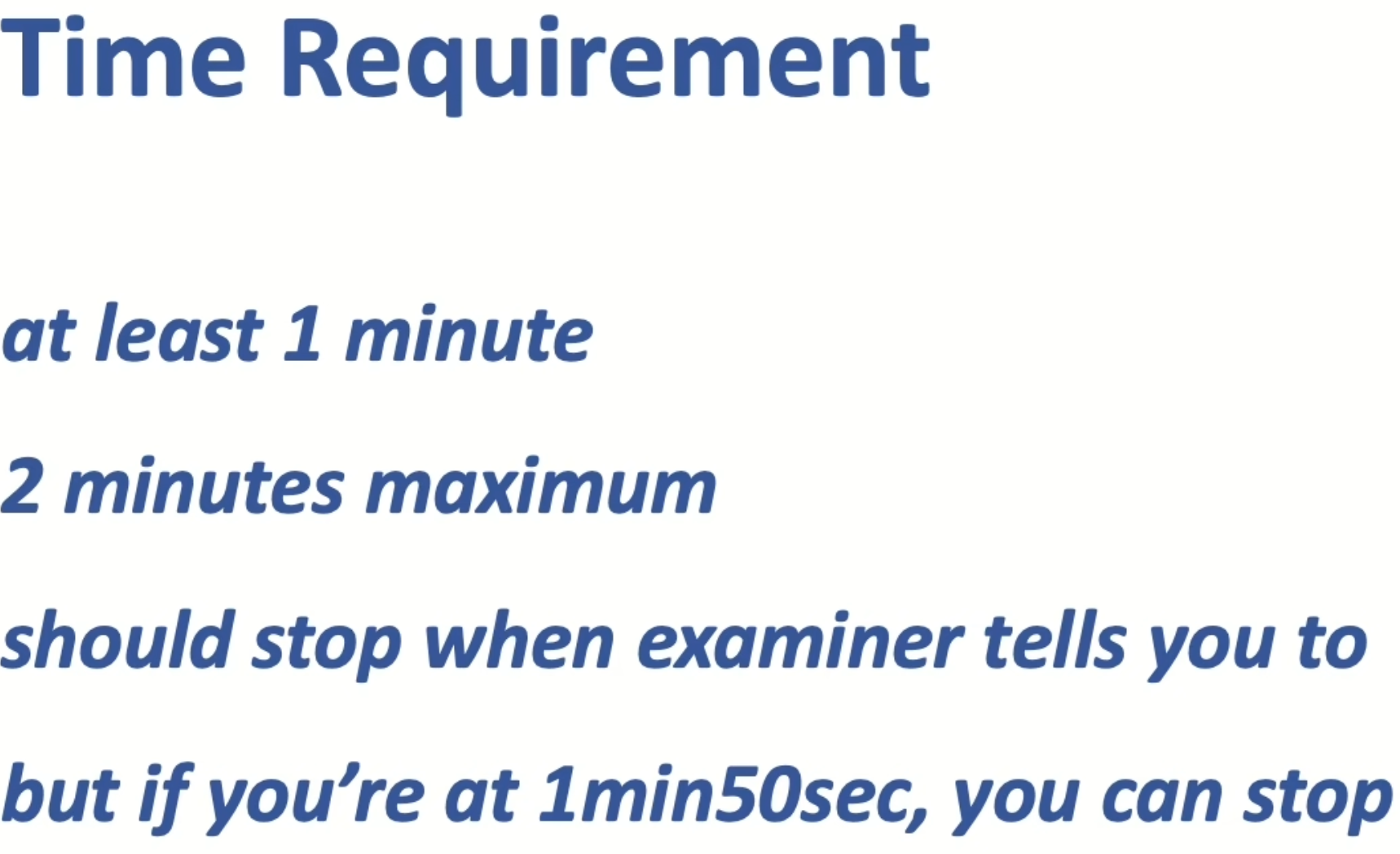



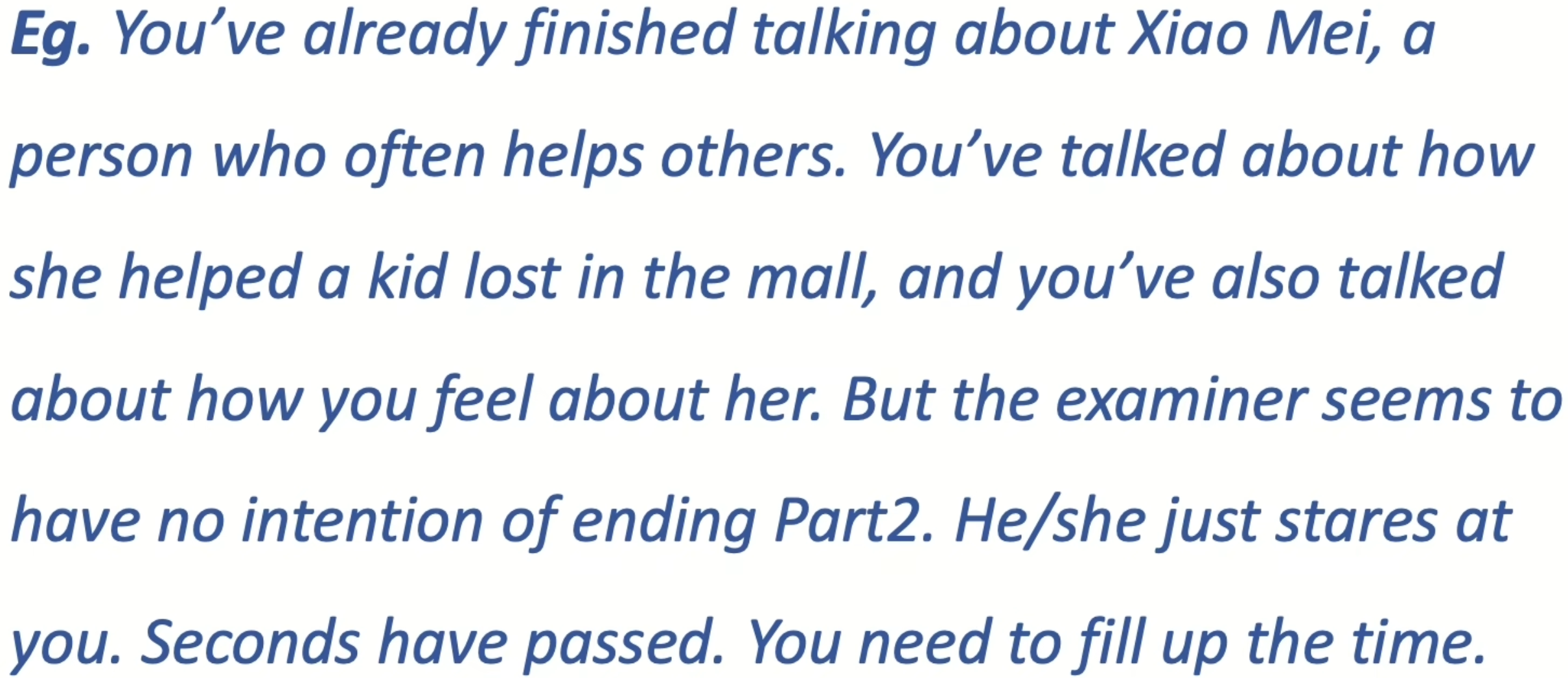
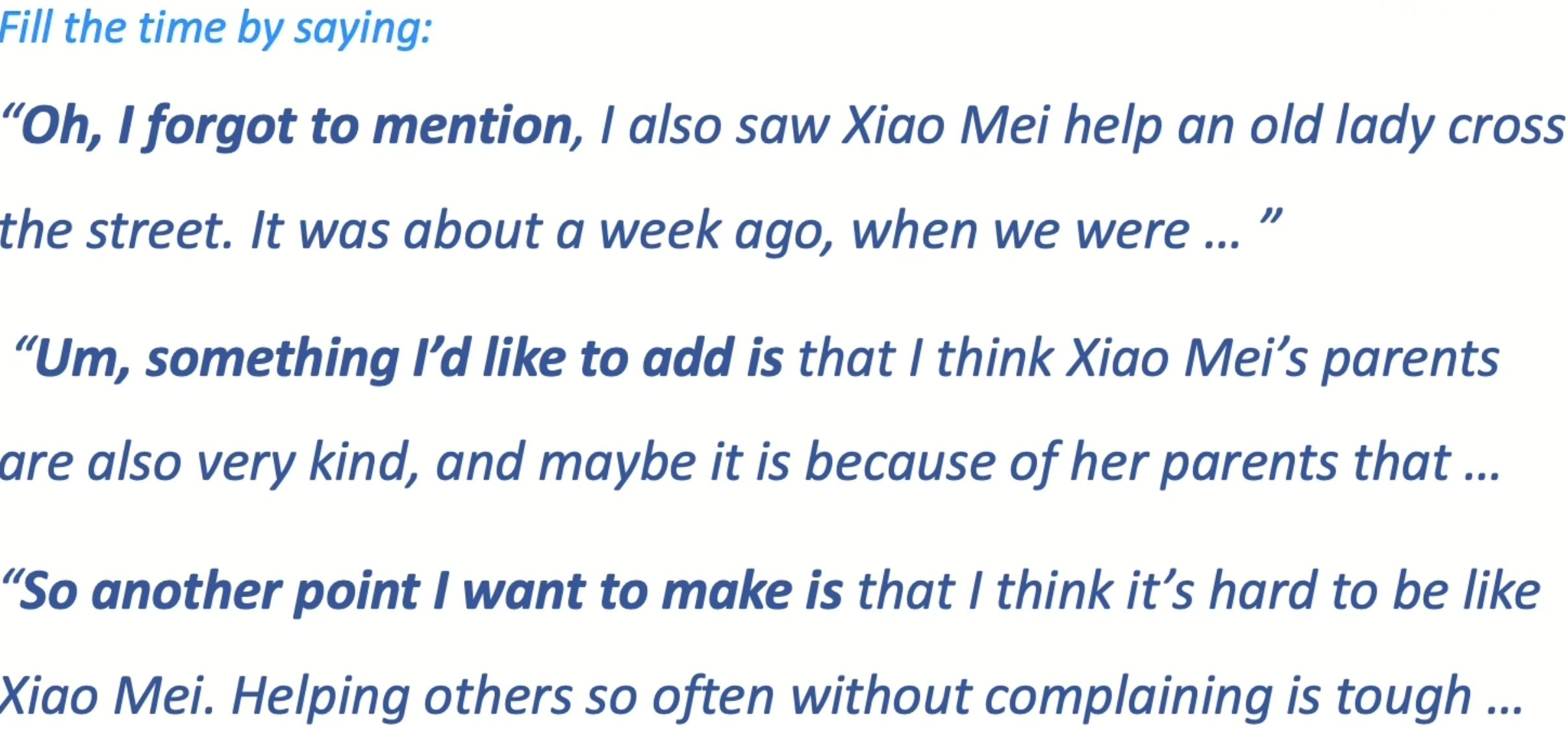
Part3 Intro and Reminders
Part3 Question Types

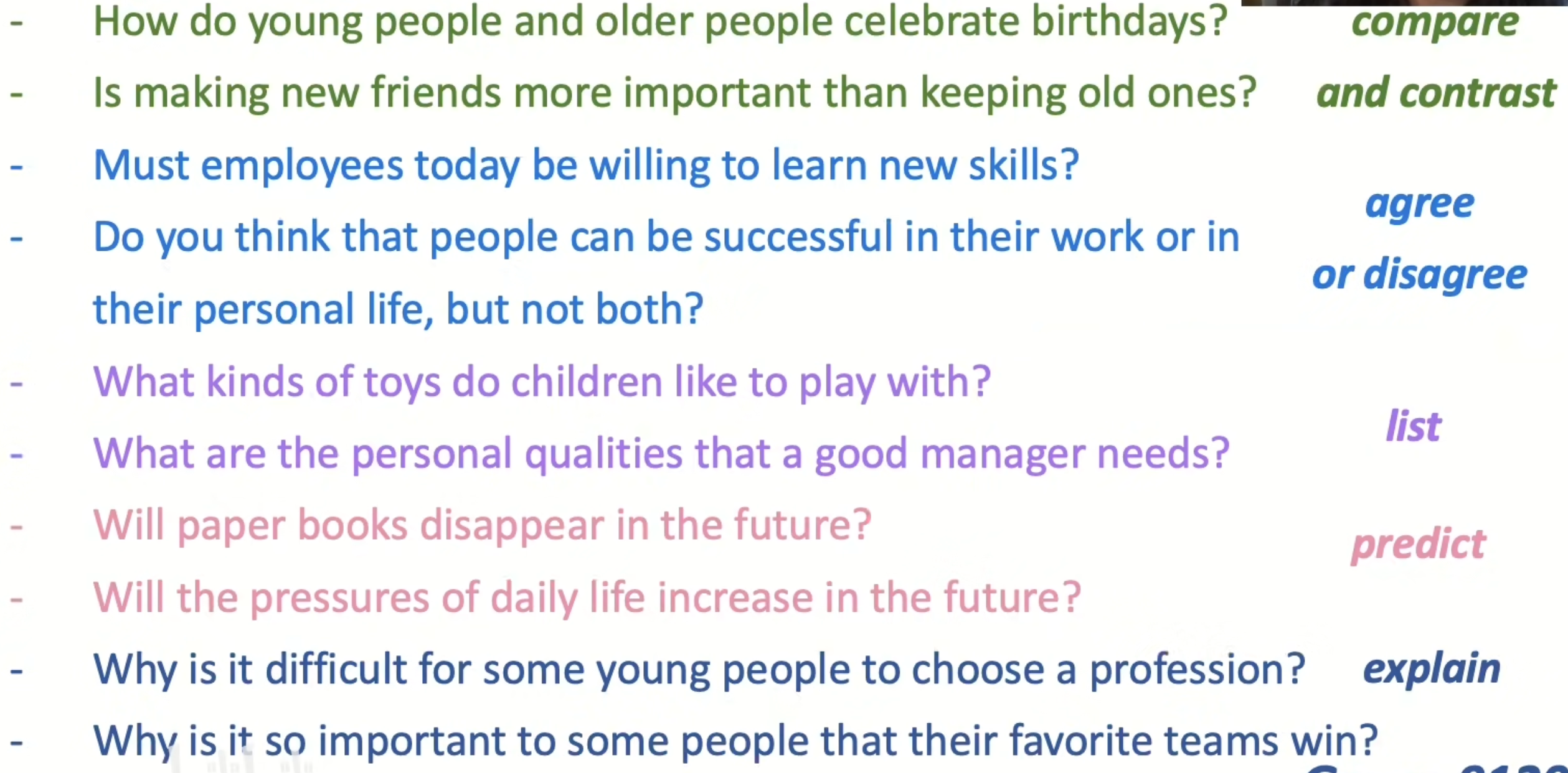
Discourse


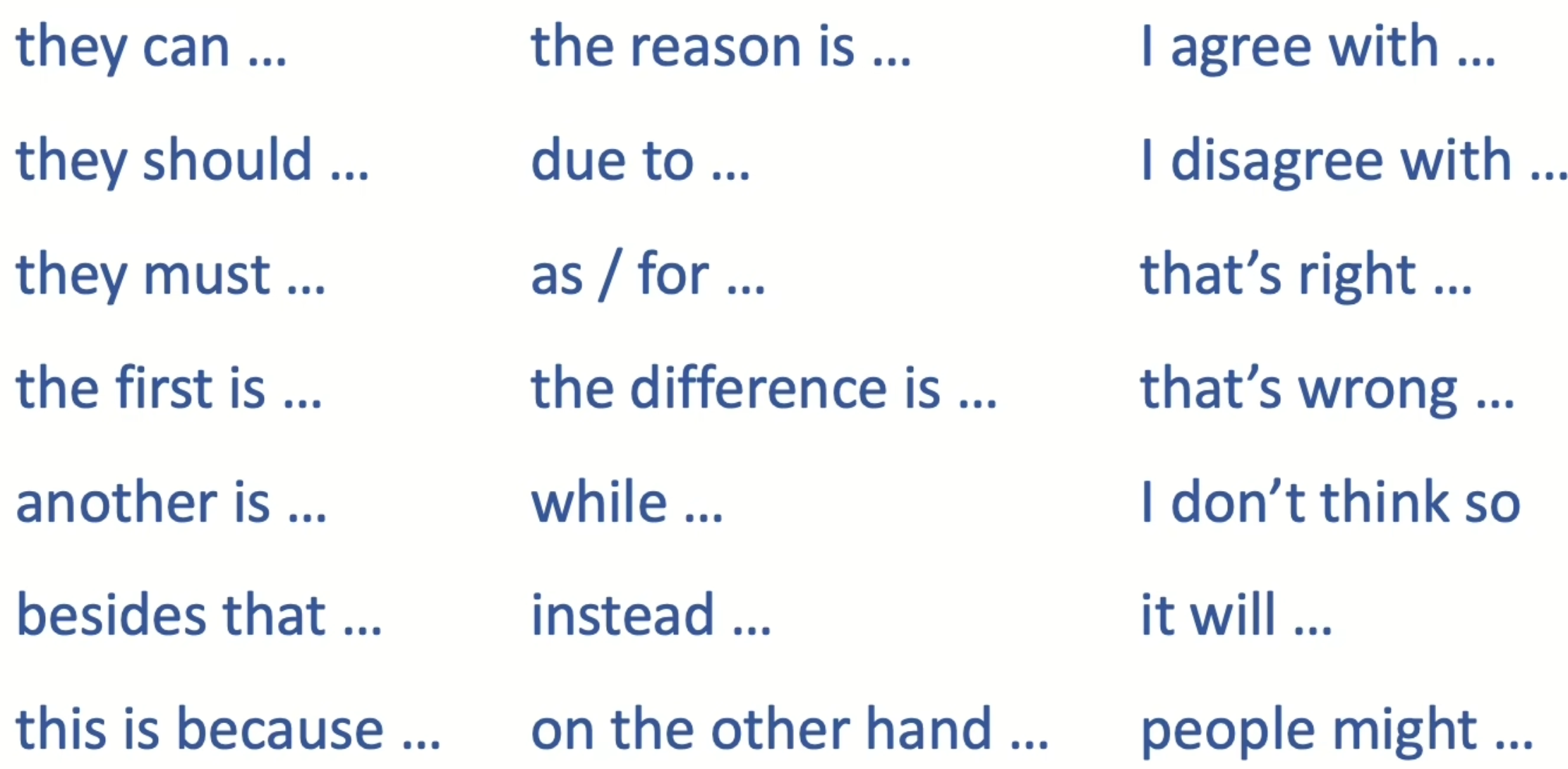
Reminders
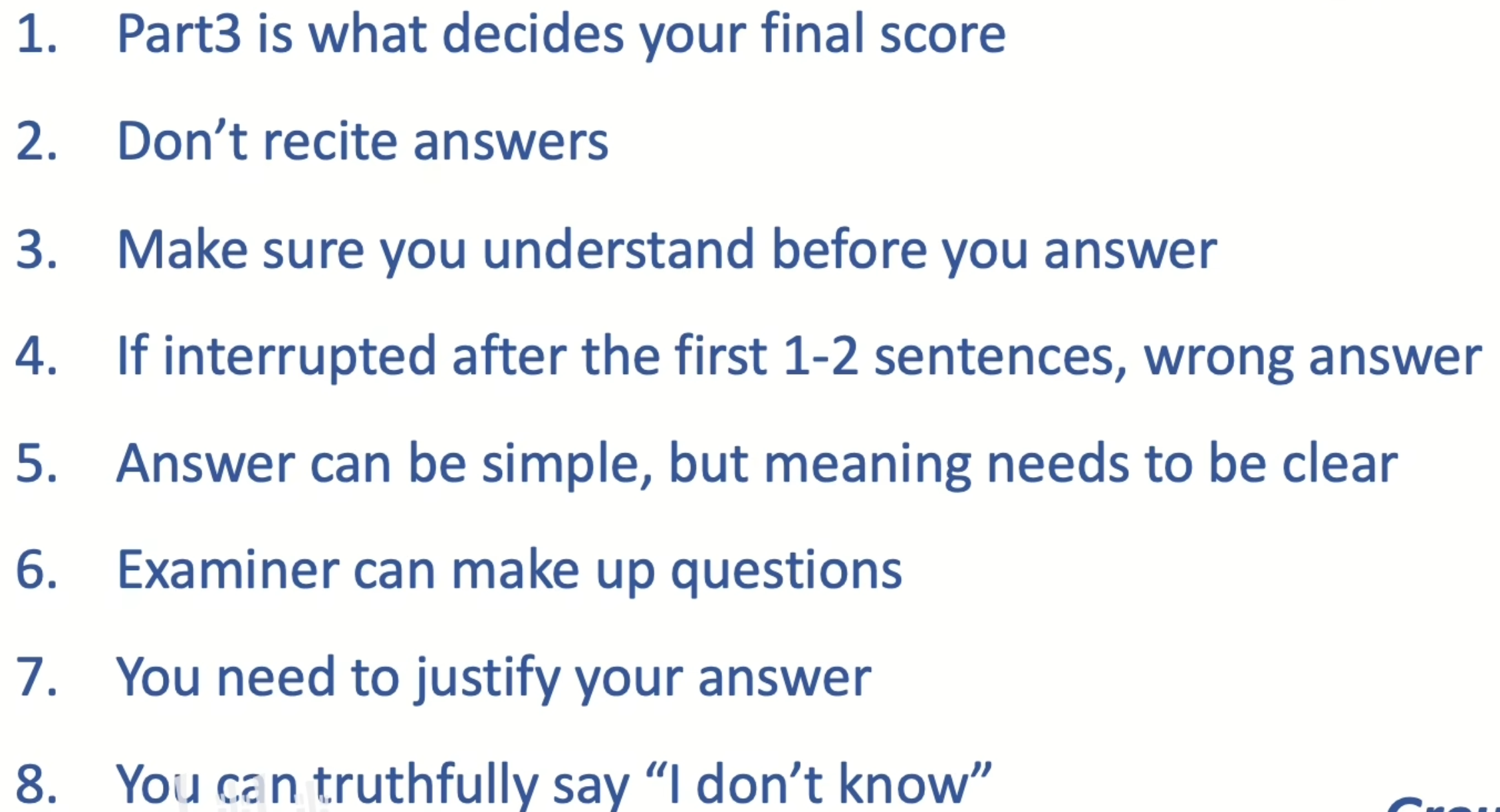

Part3 Preparing and Giving Answers
Reservoir of ideas
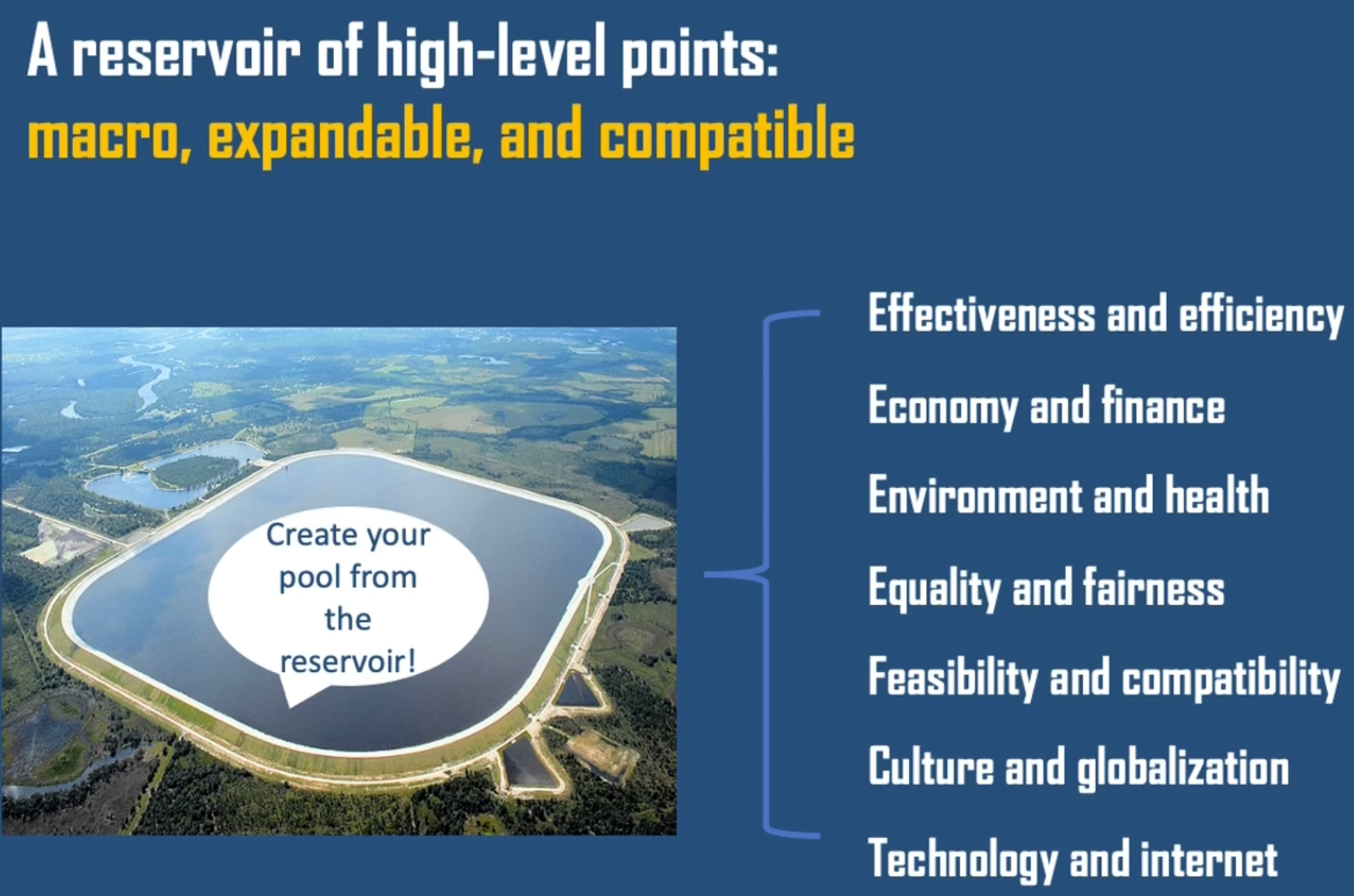
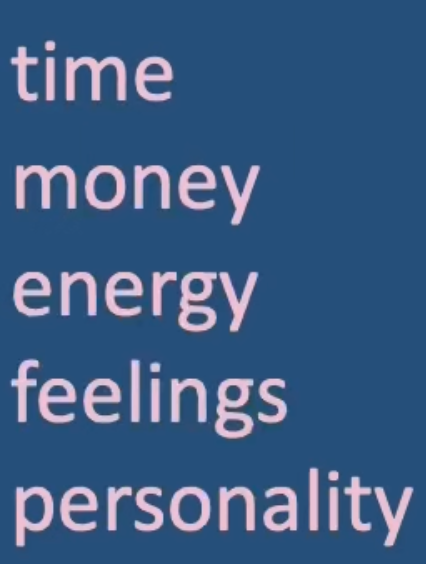
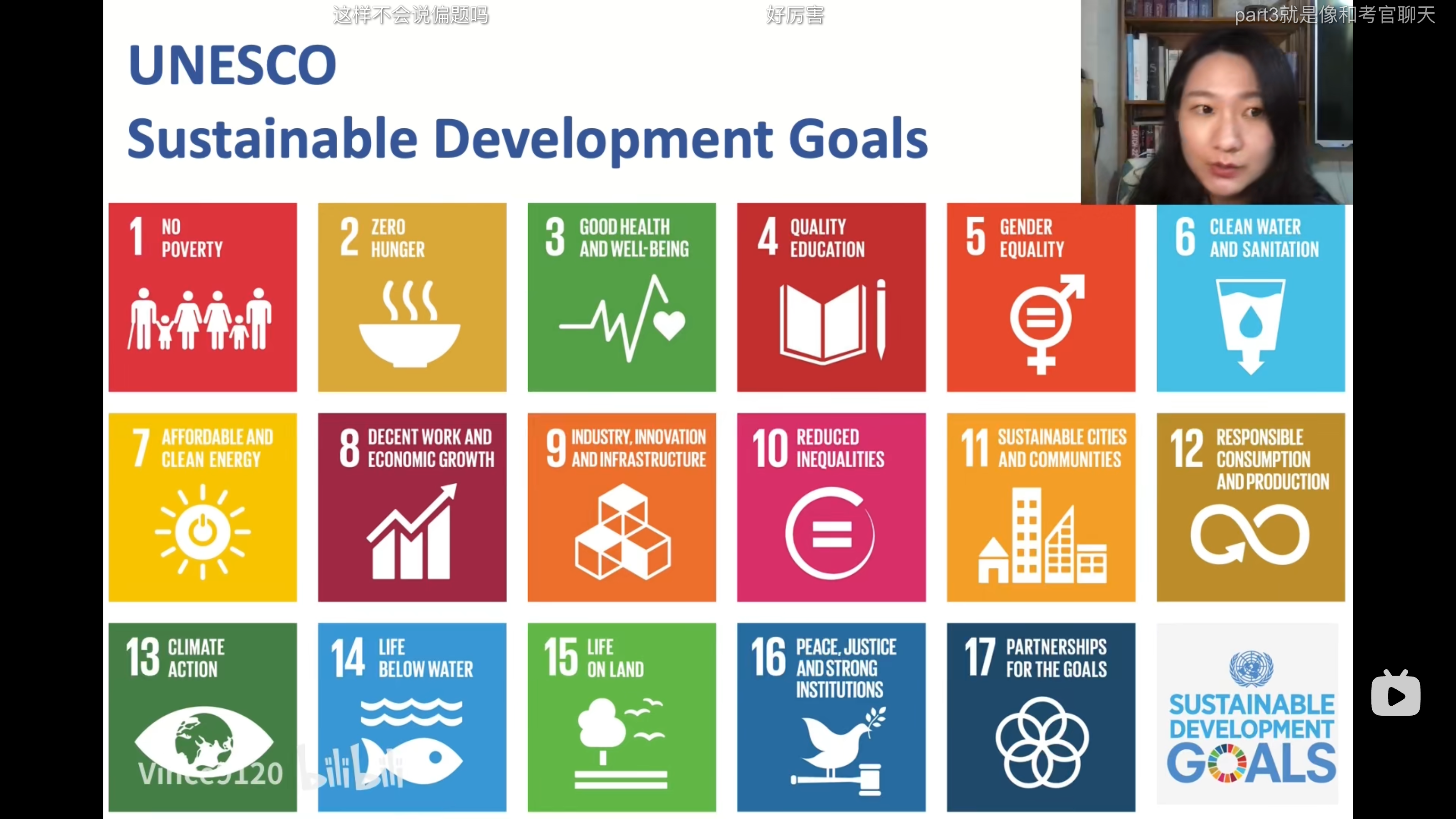
Important Tools
keep asking yourself why
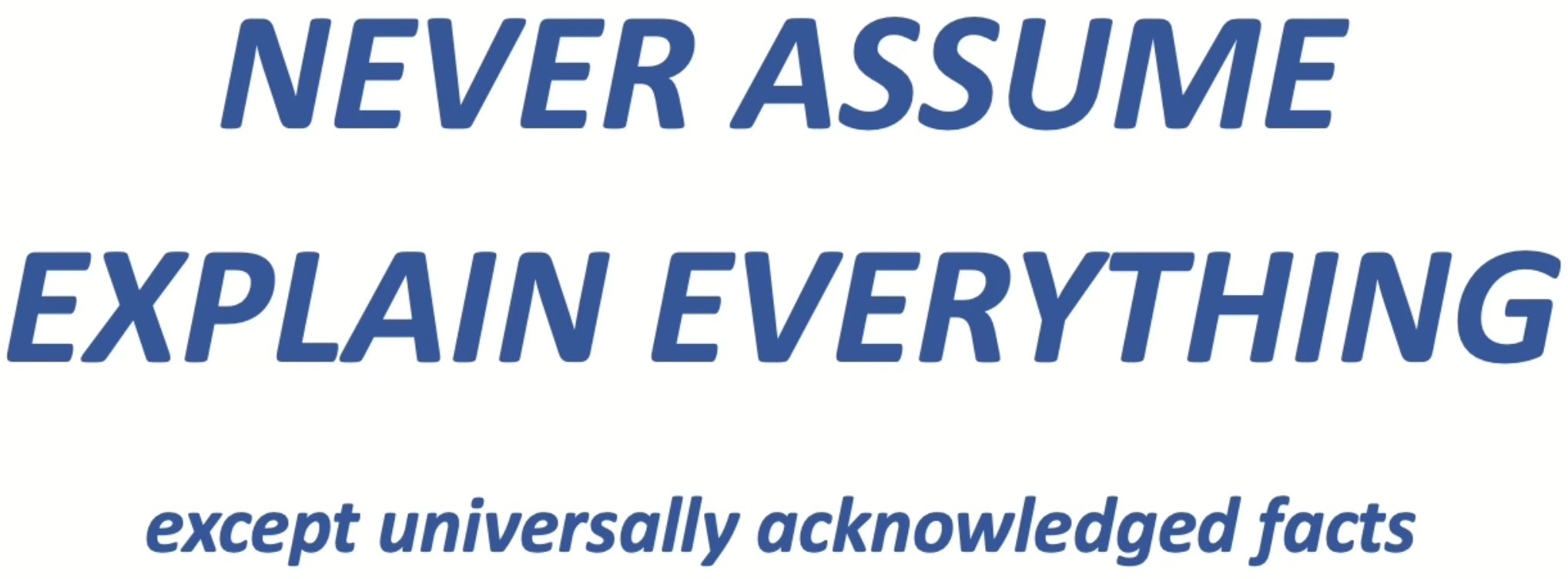
例子
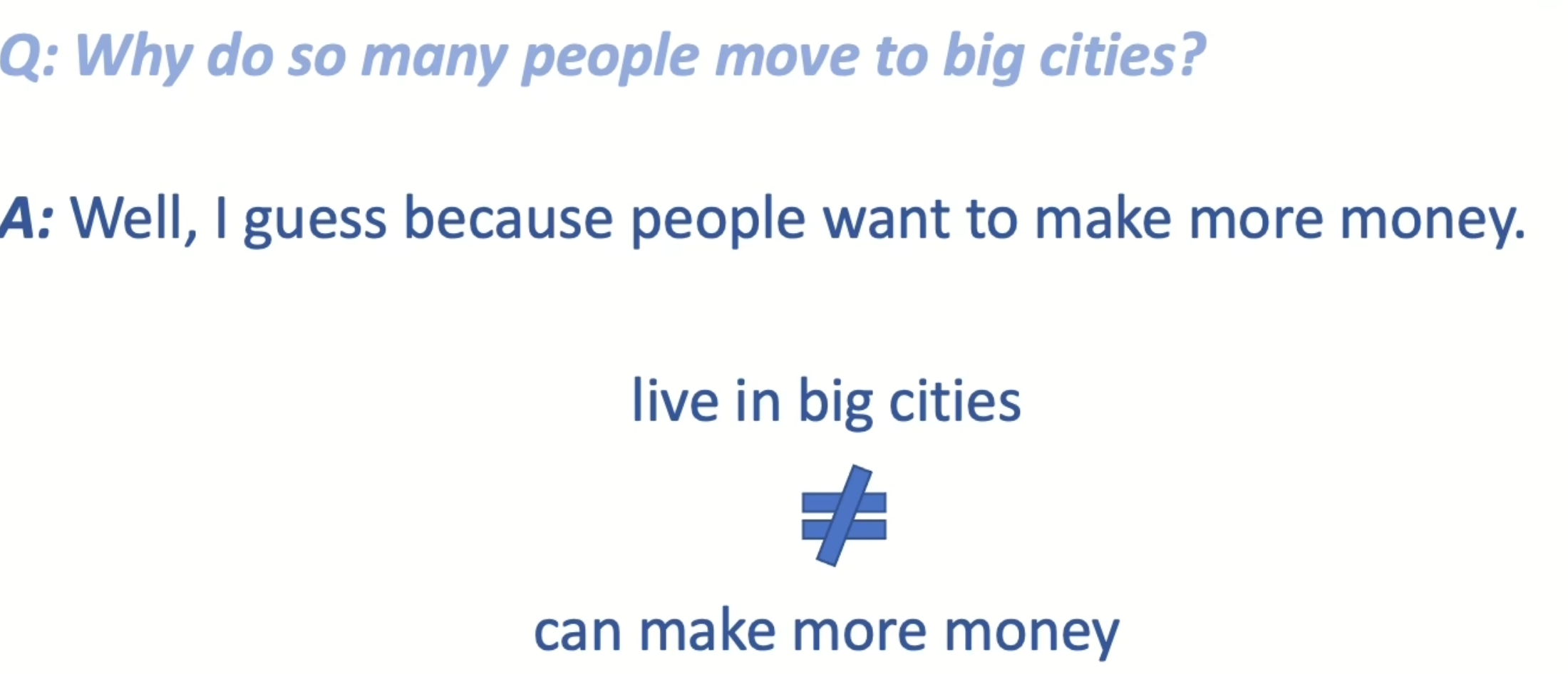
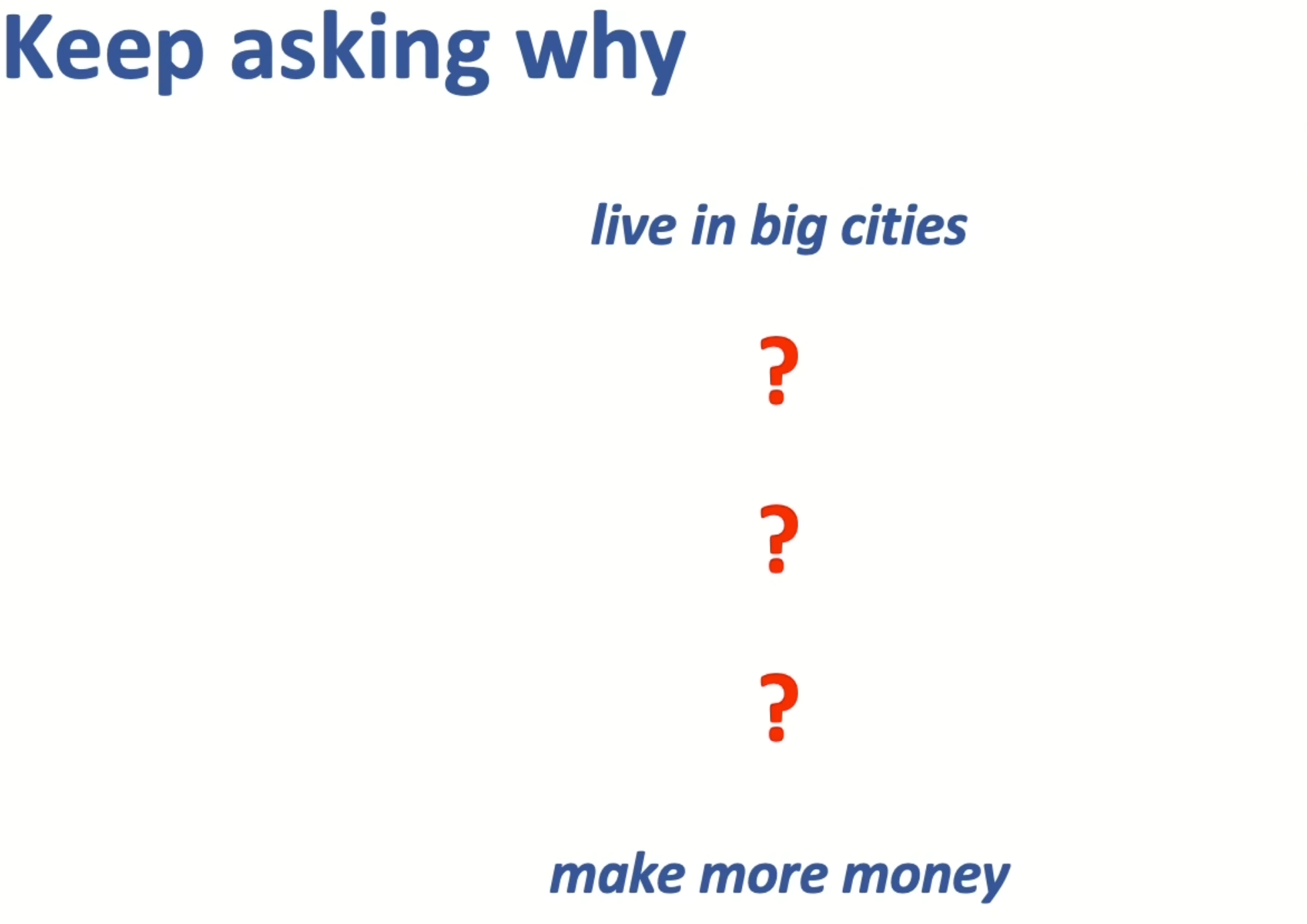


use high-level words
细节 总结概括 升华
Starting Sentence
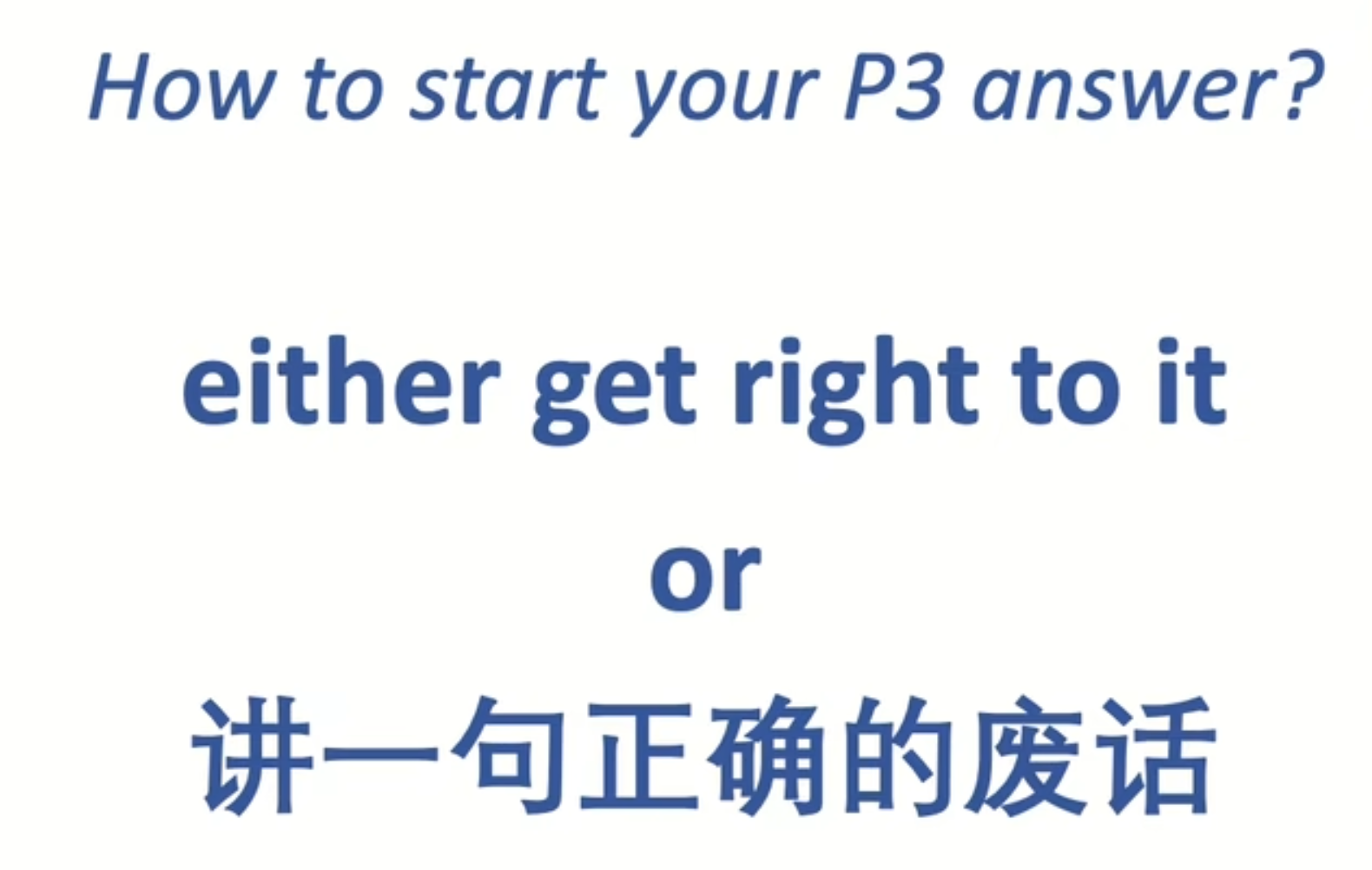
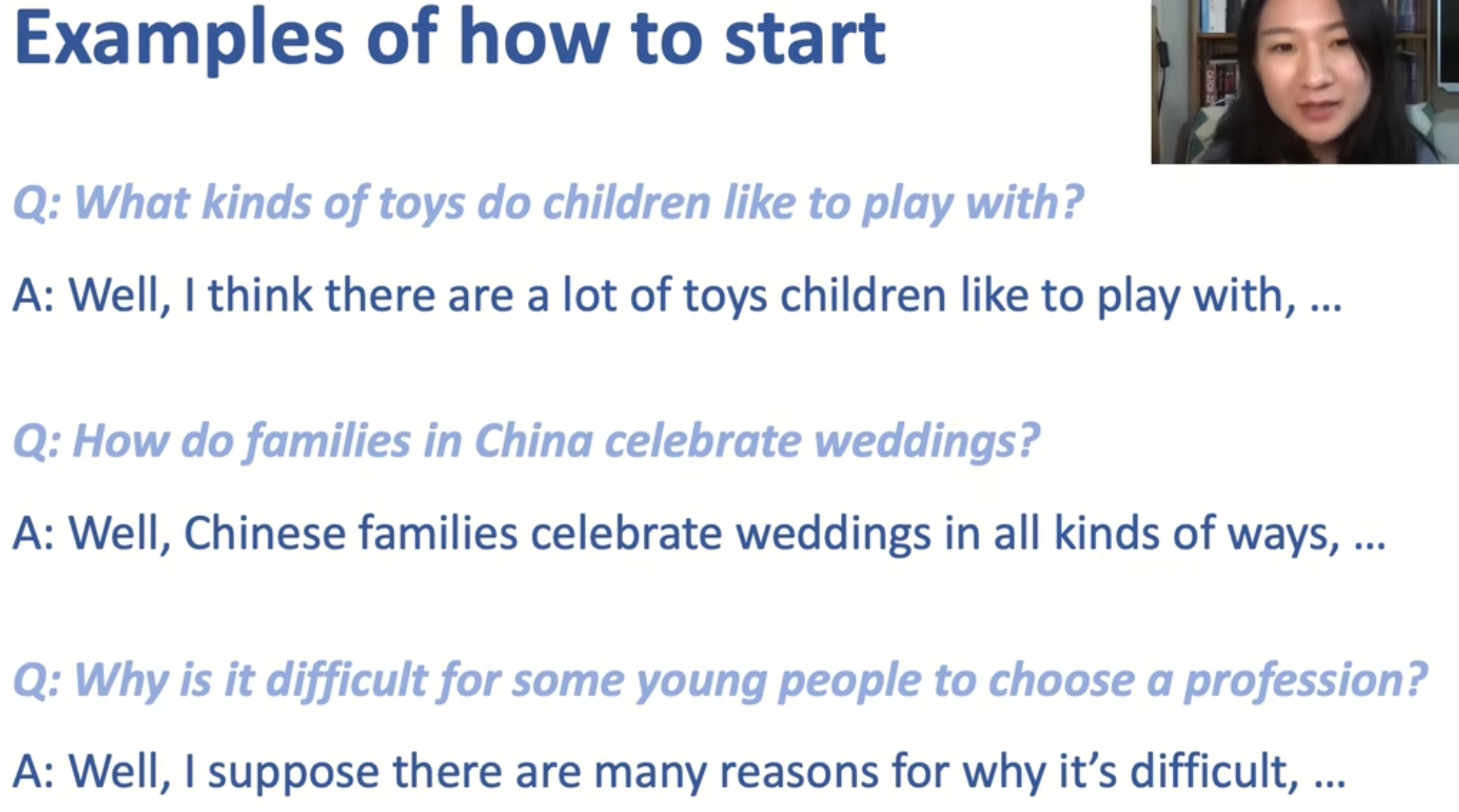
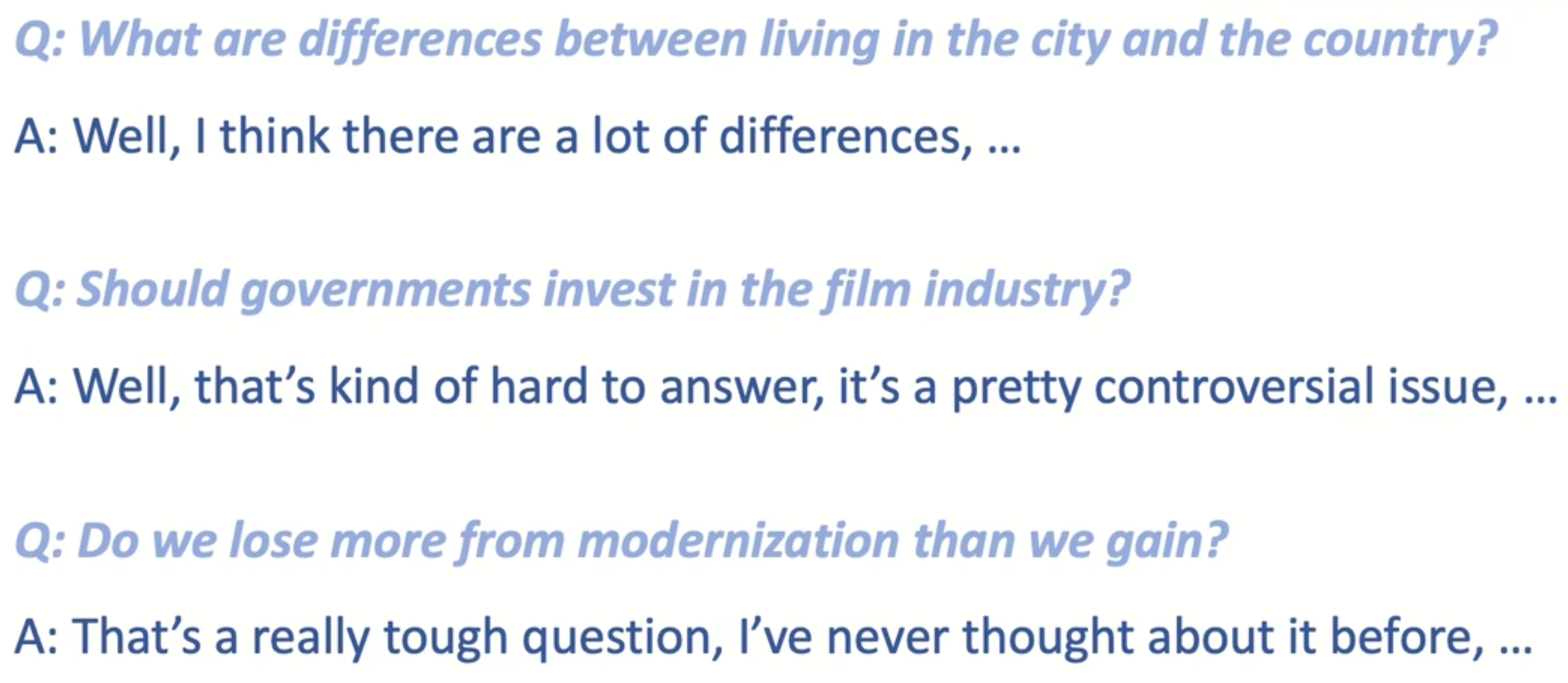
Template1
listing question
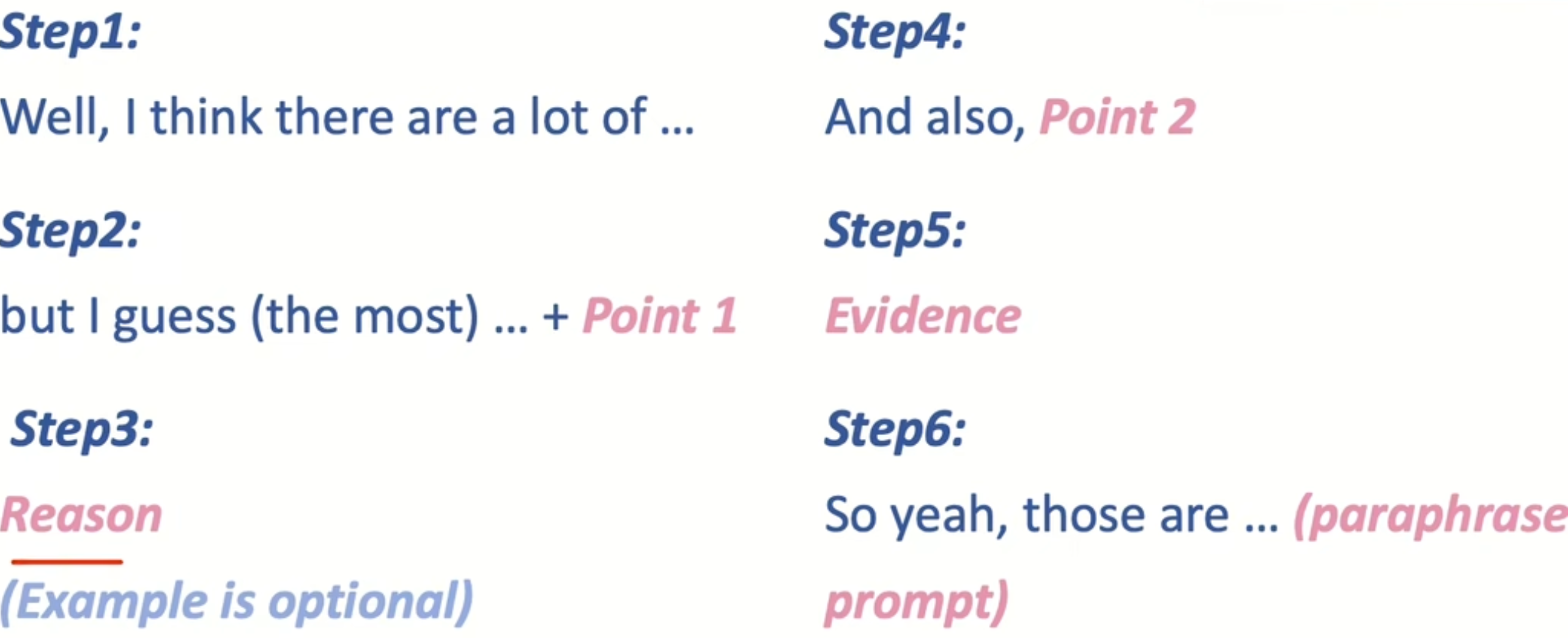
Temlate2
explaining
comparing
suggesting
agree/disagreeing
predicting question

Discourse

